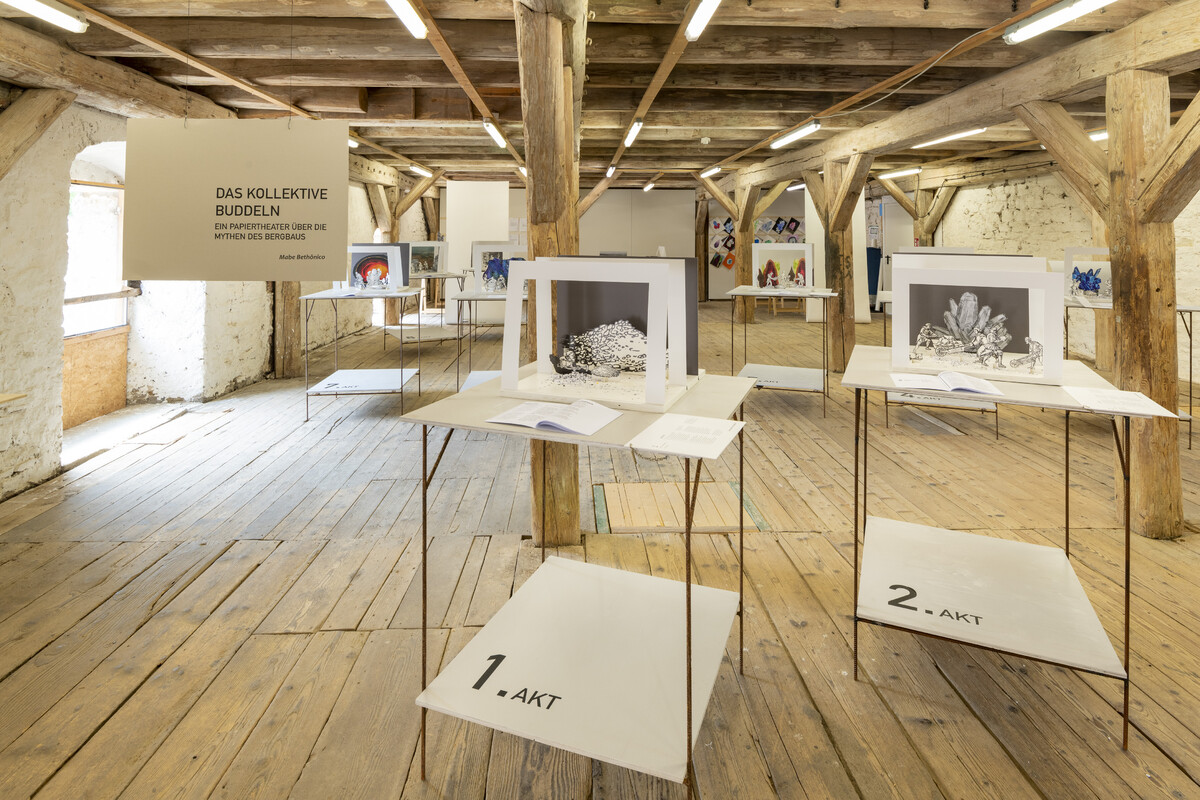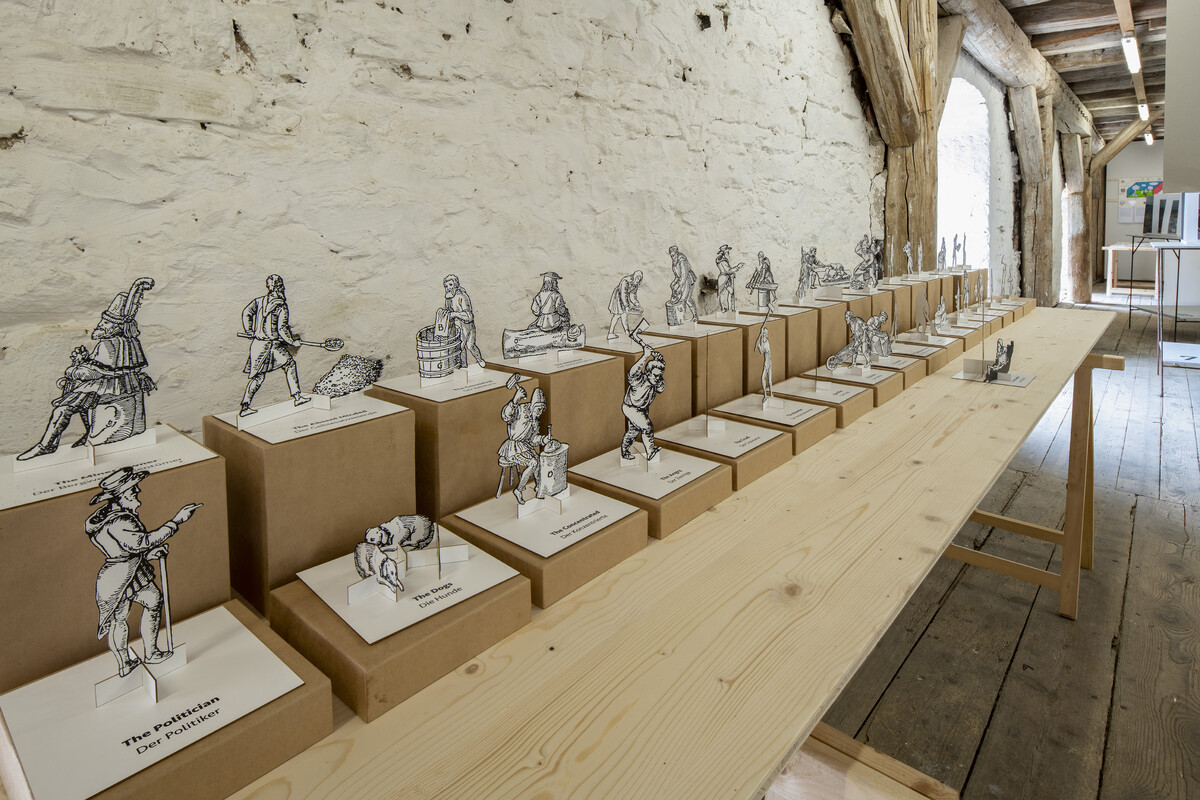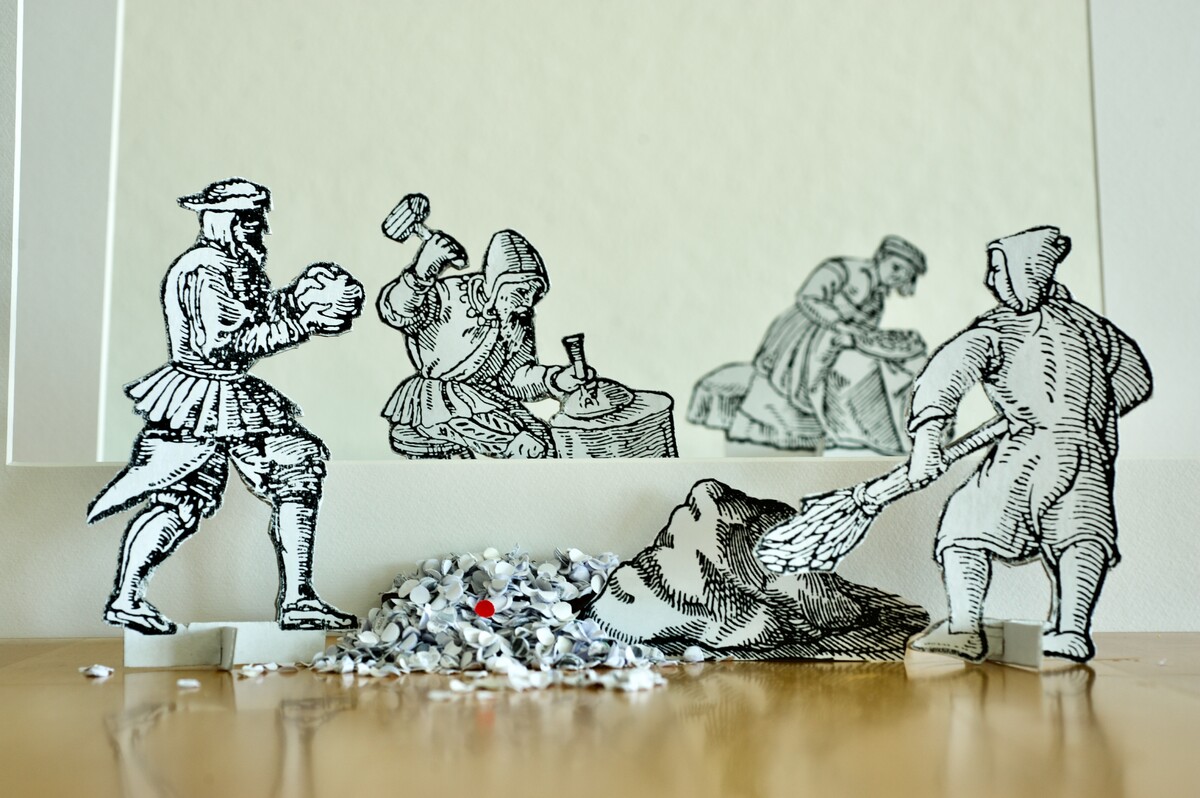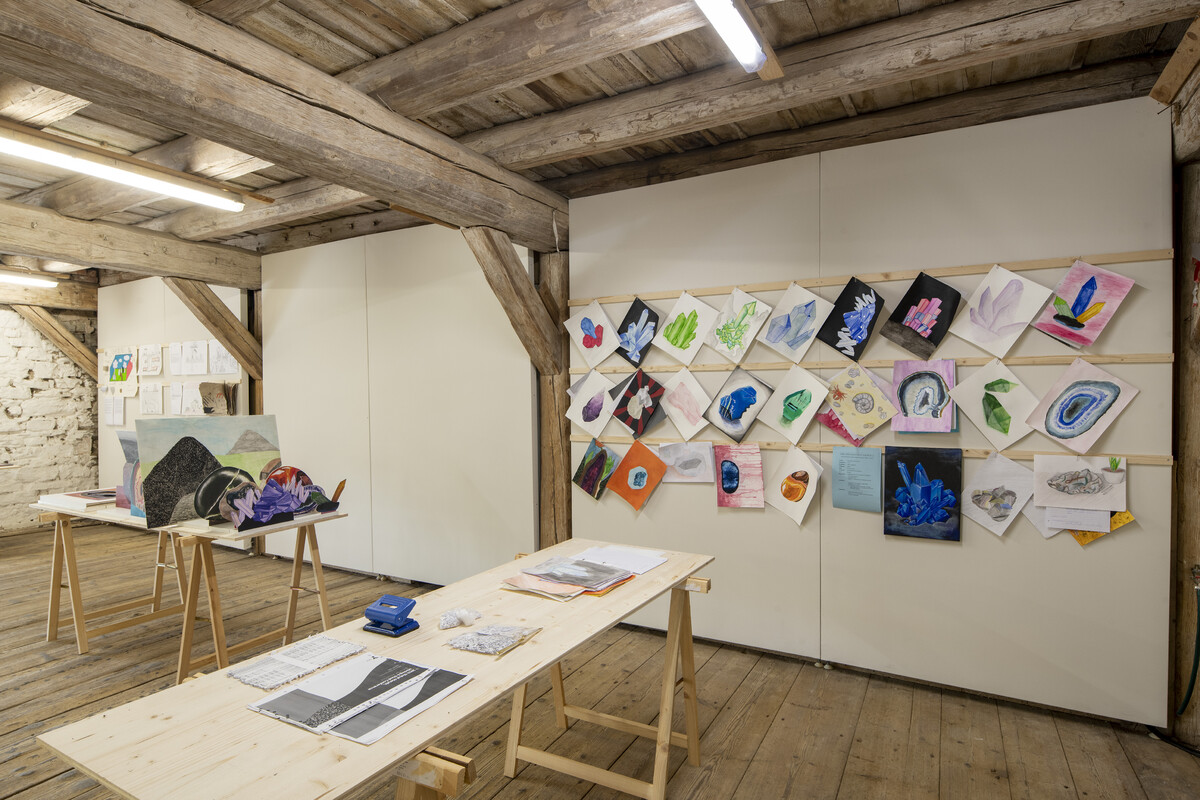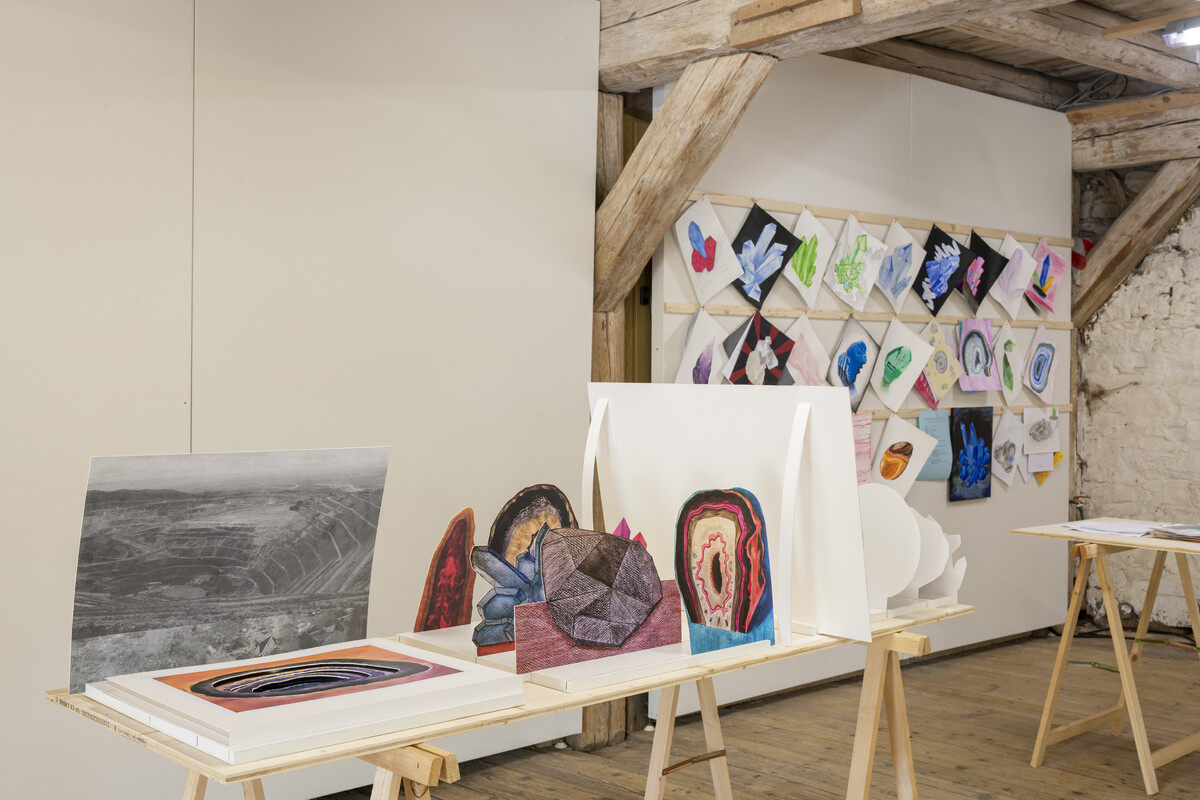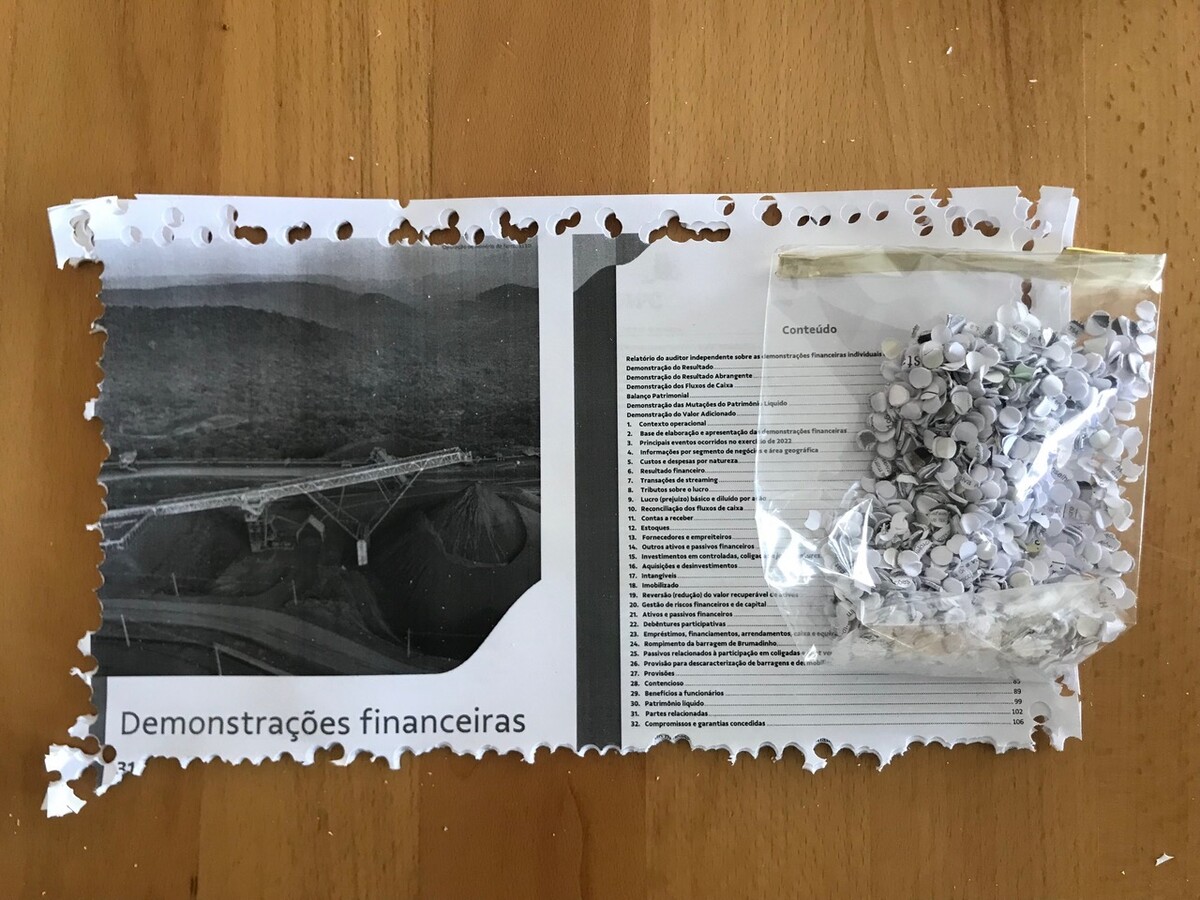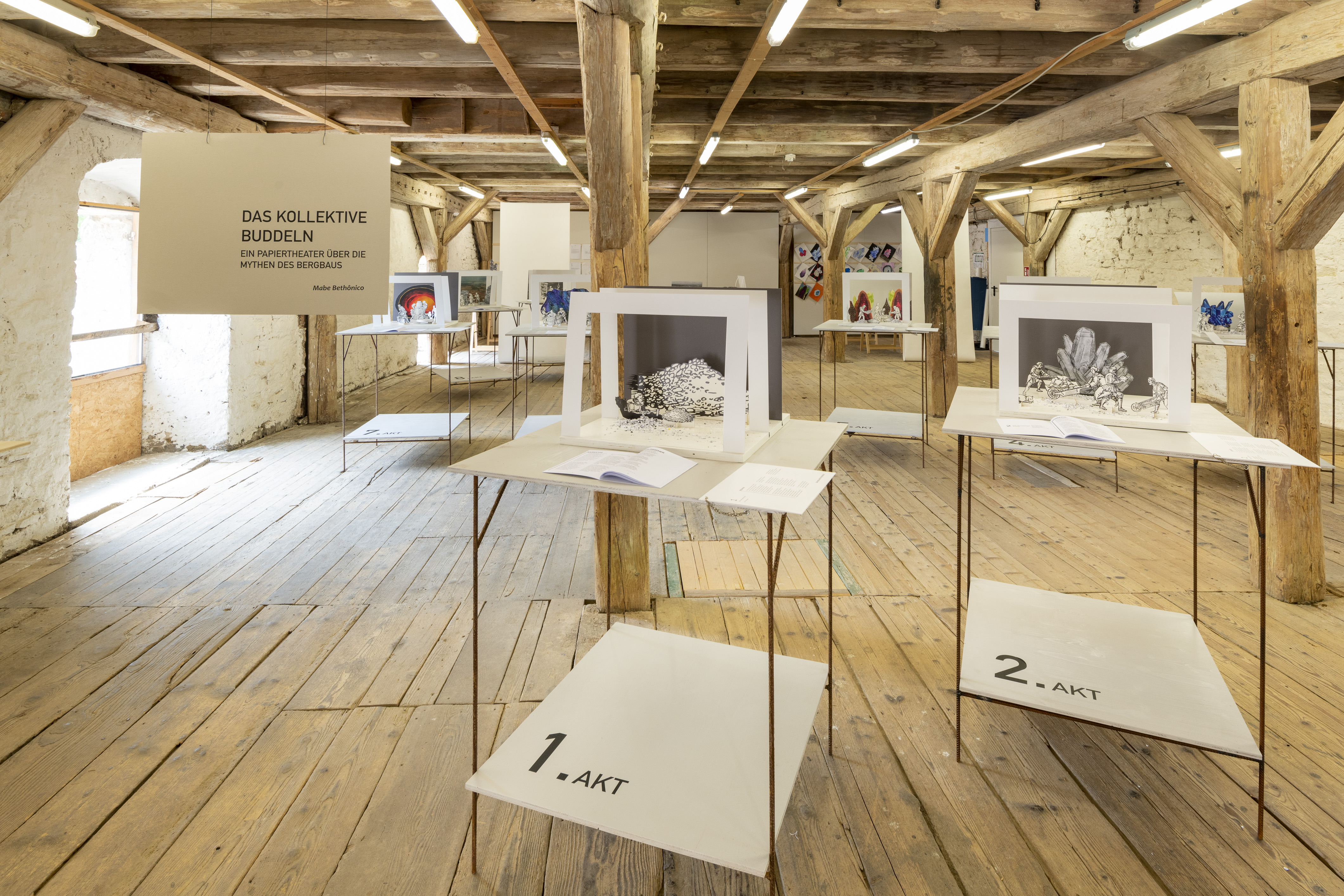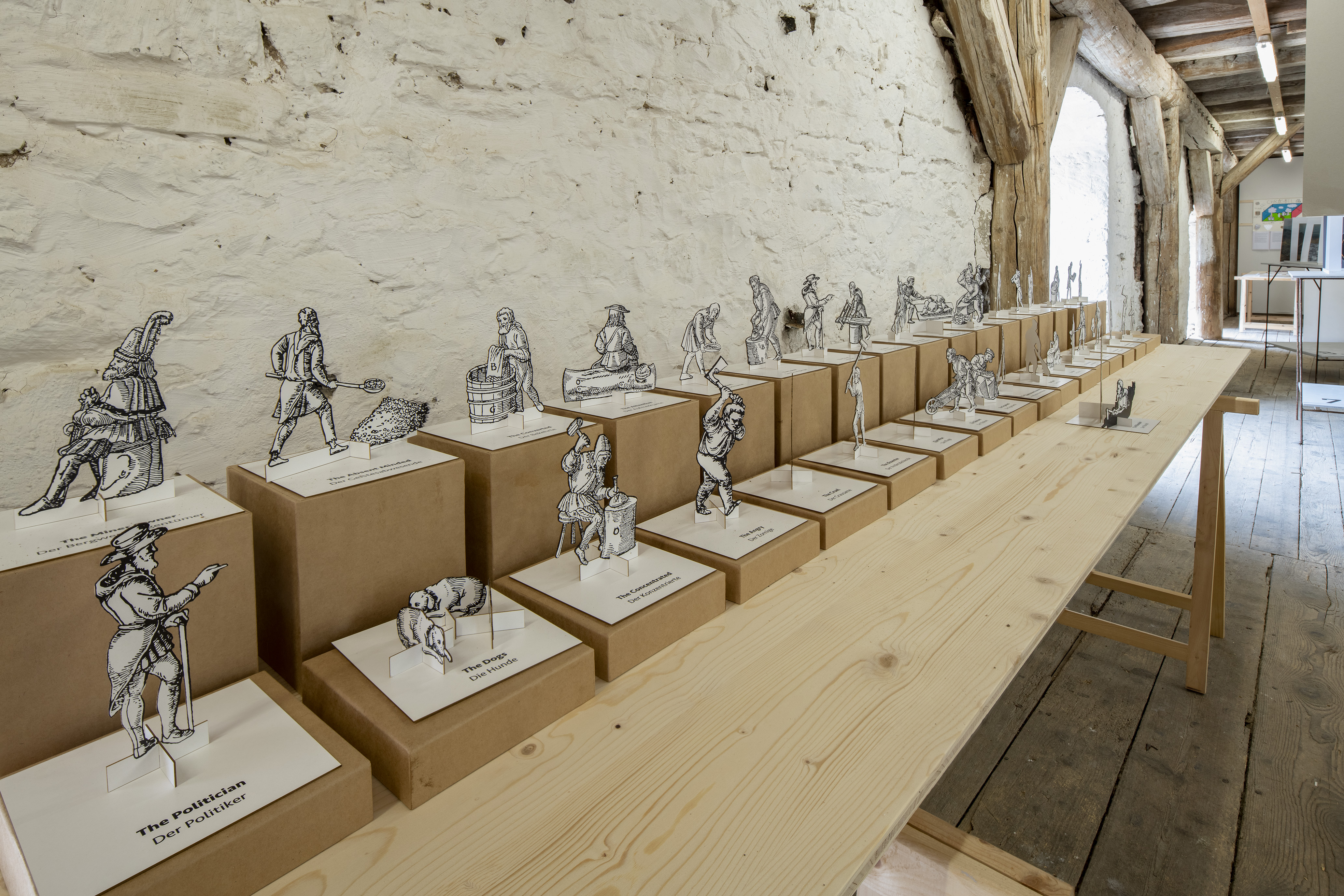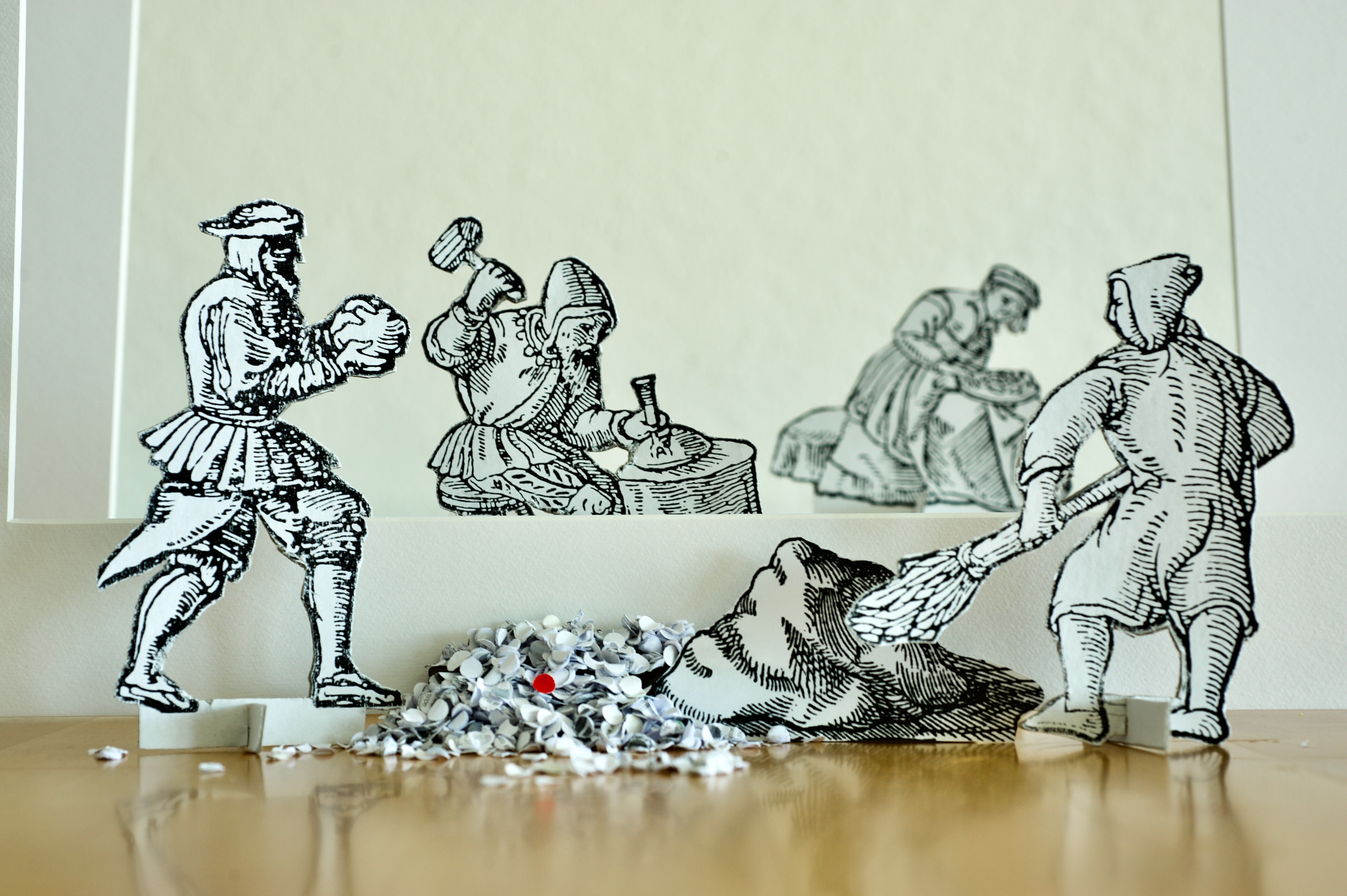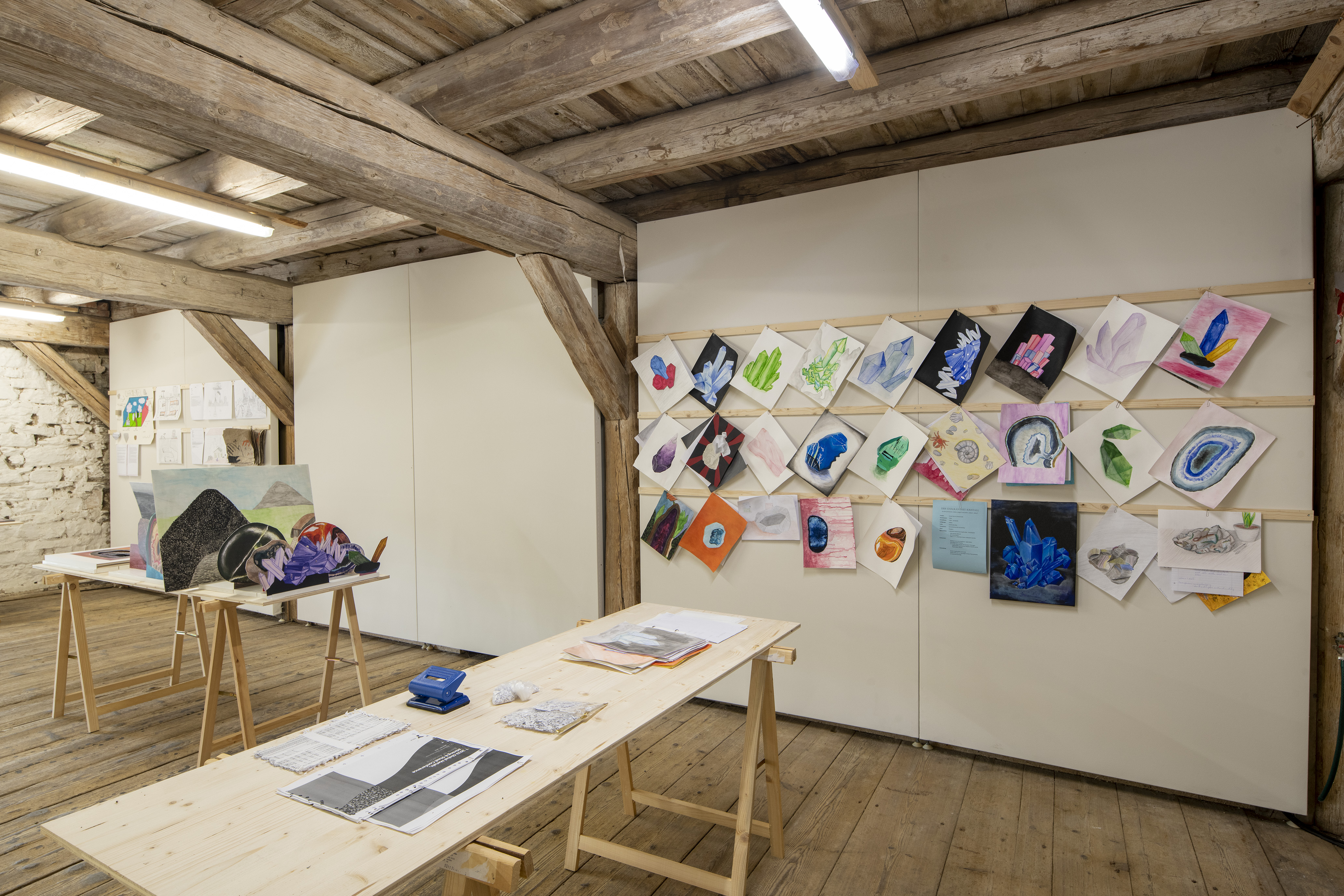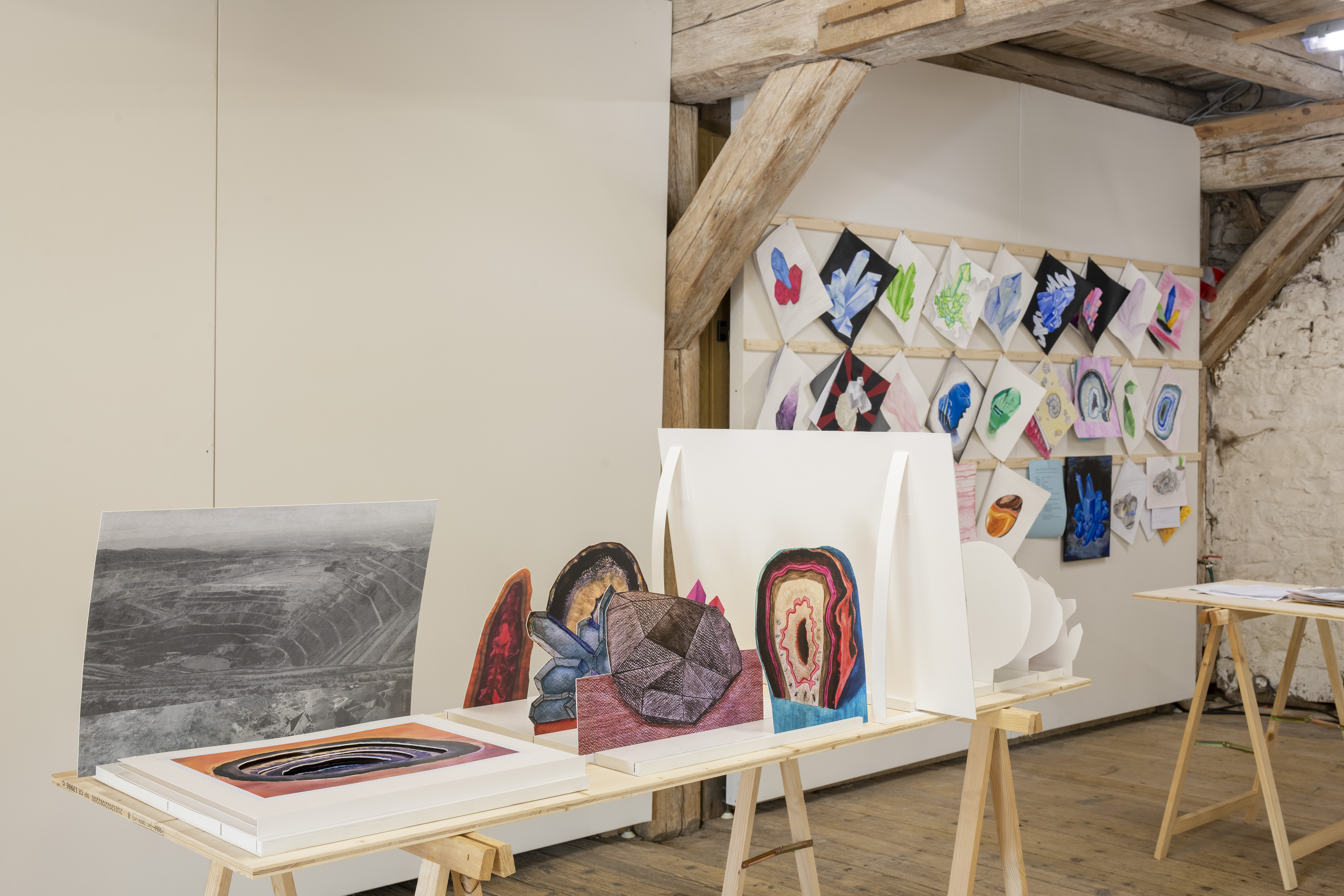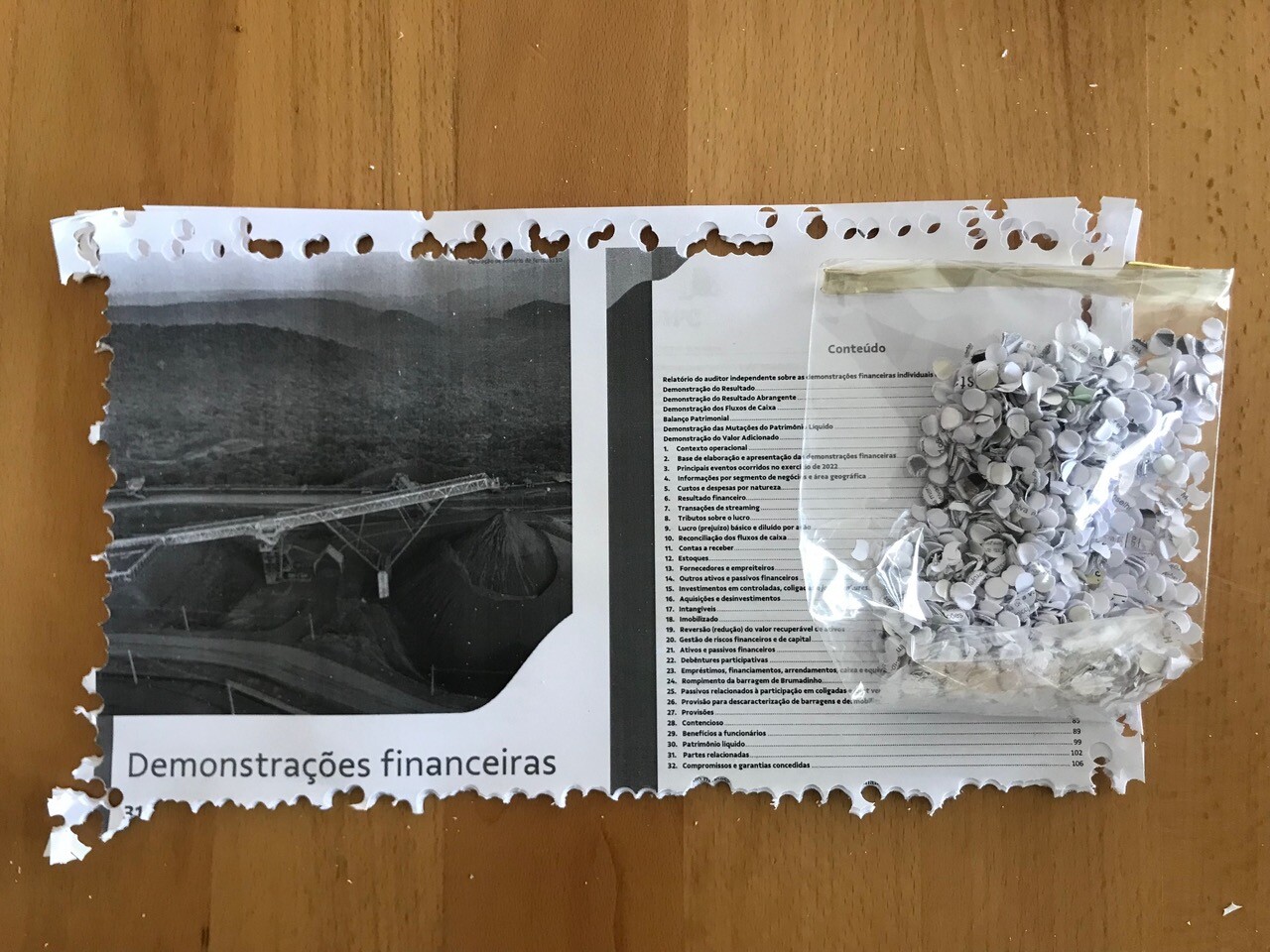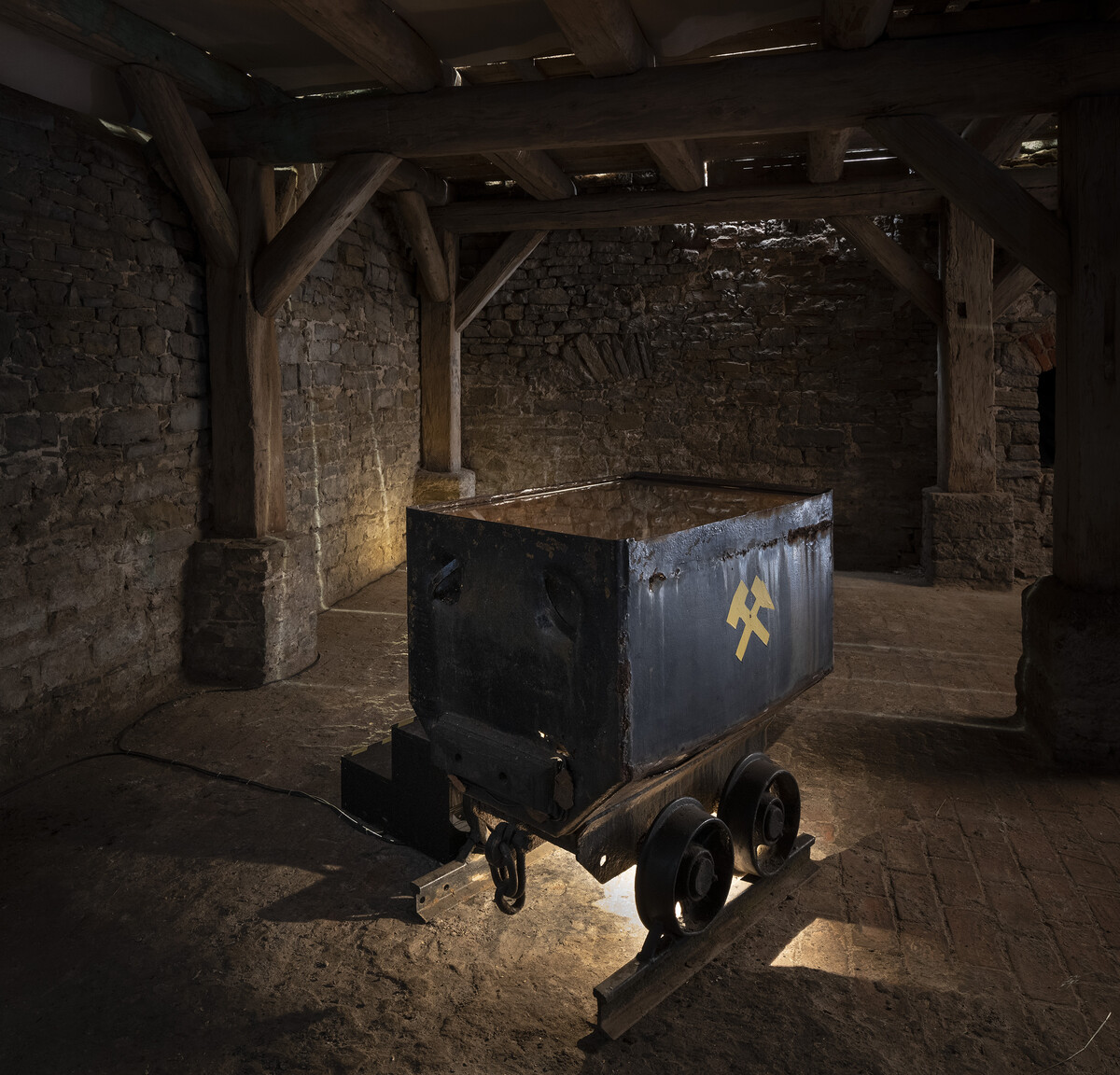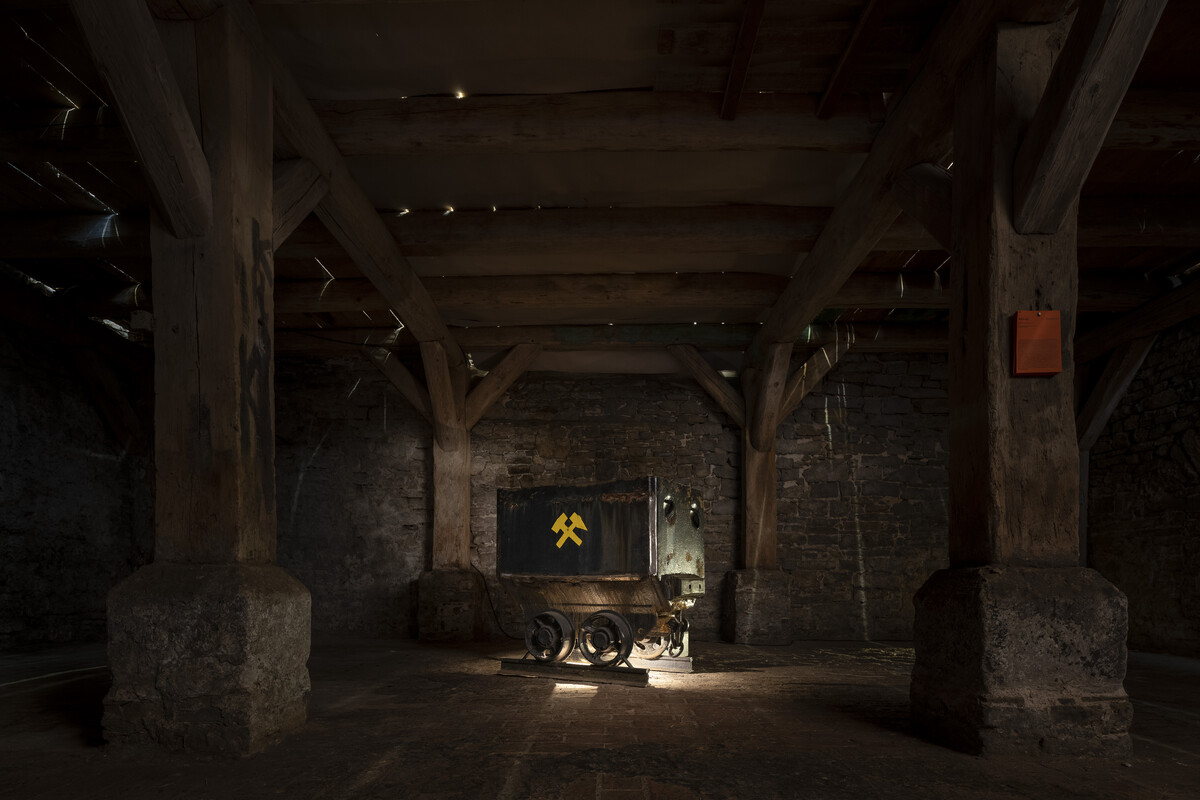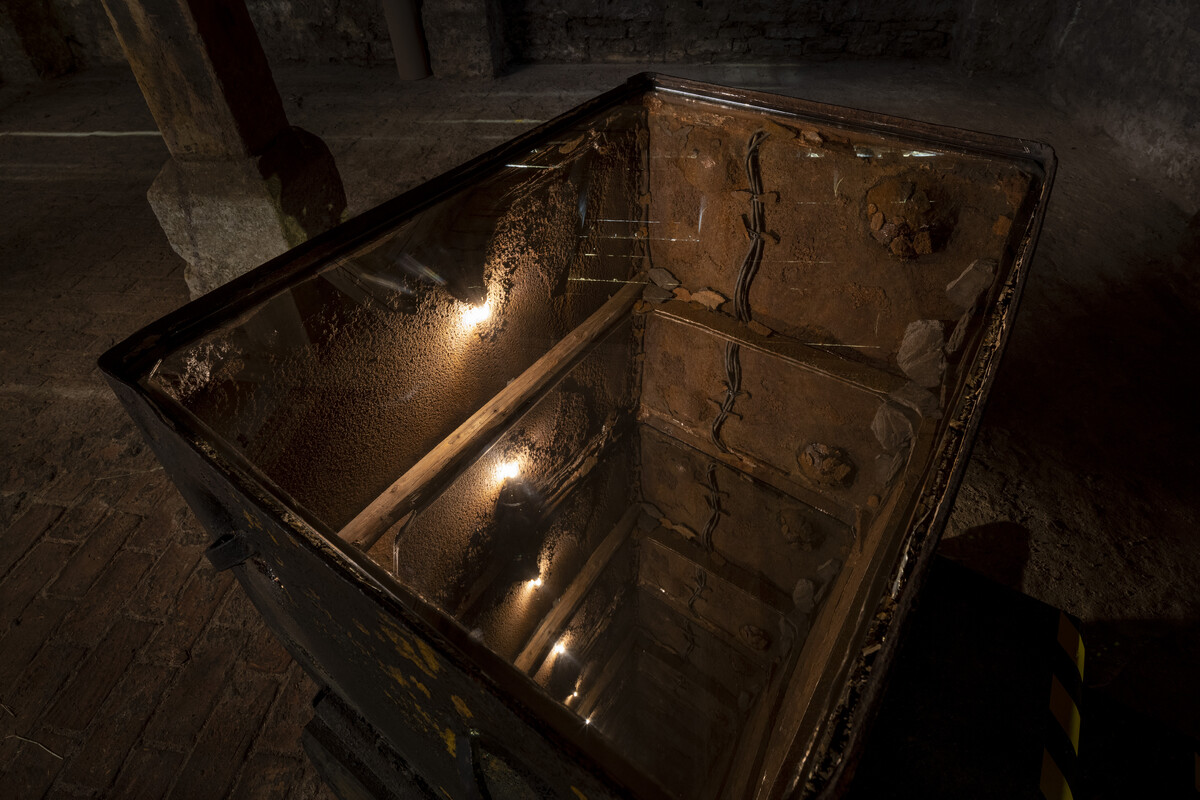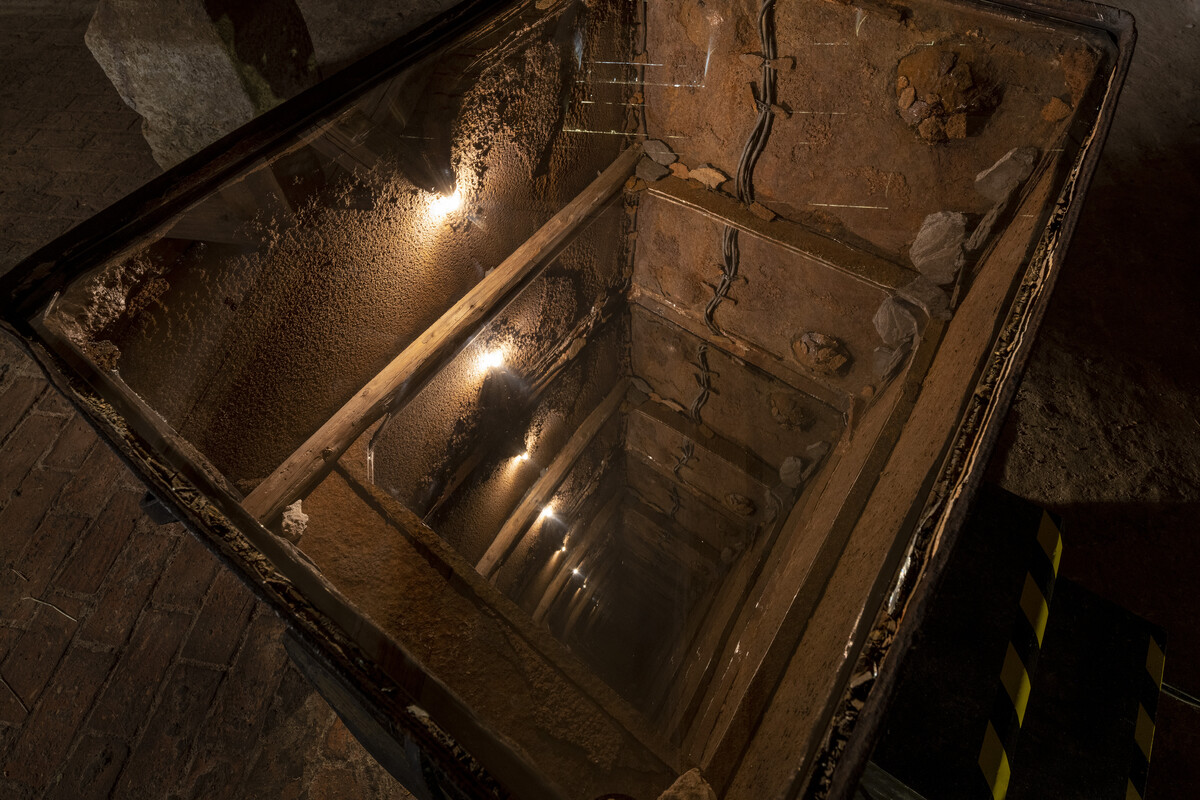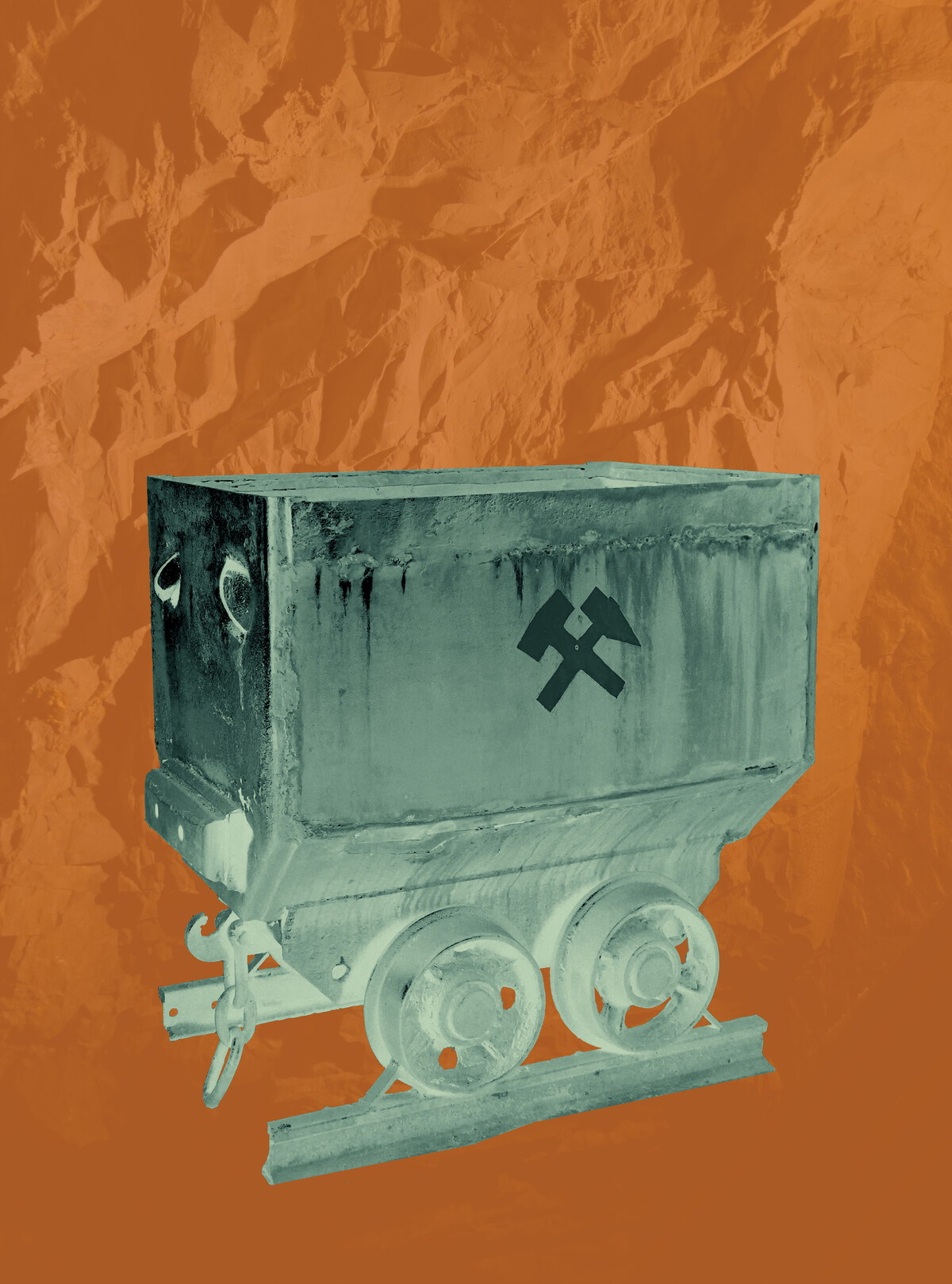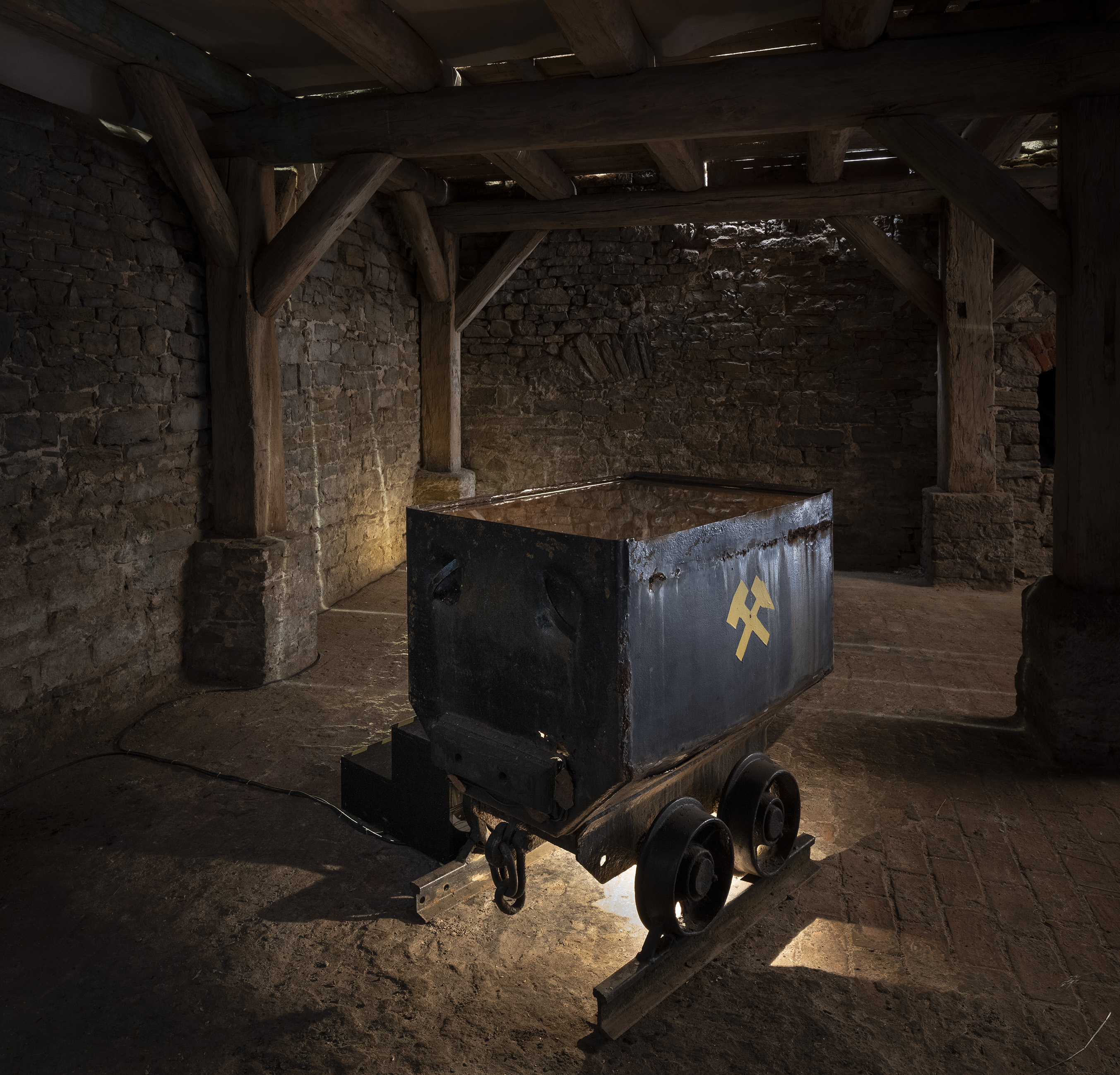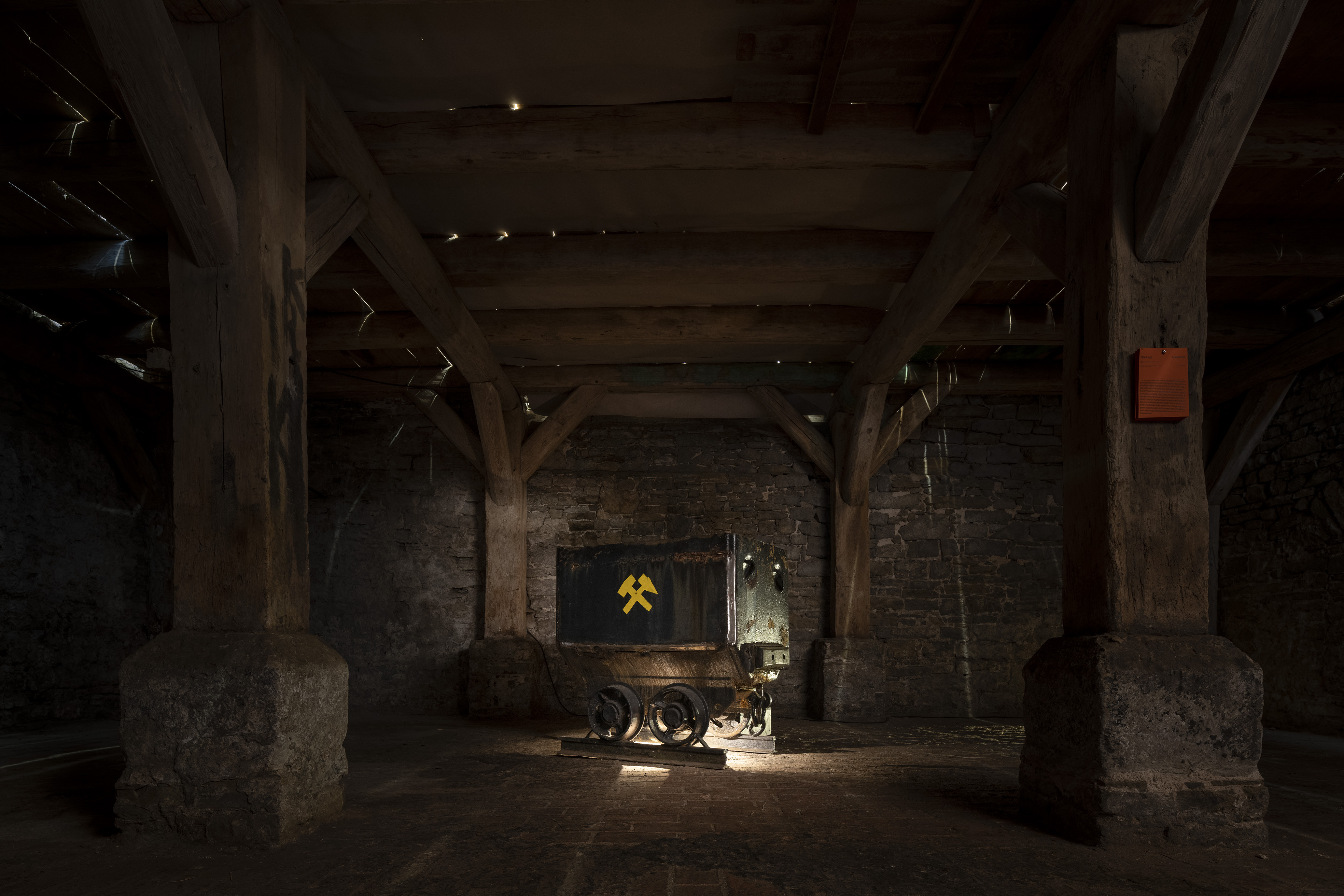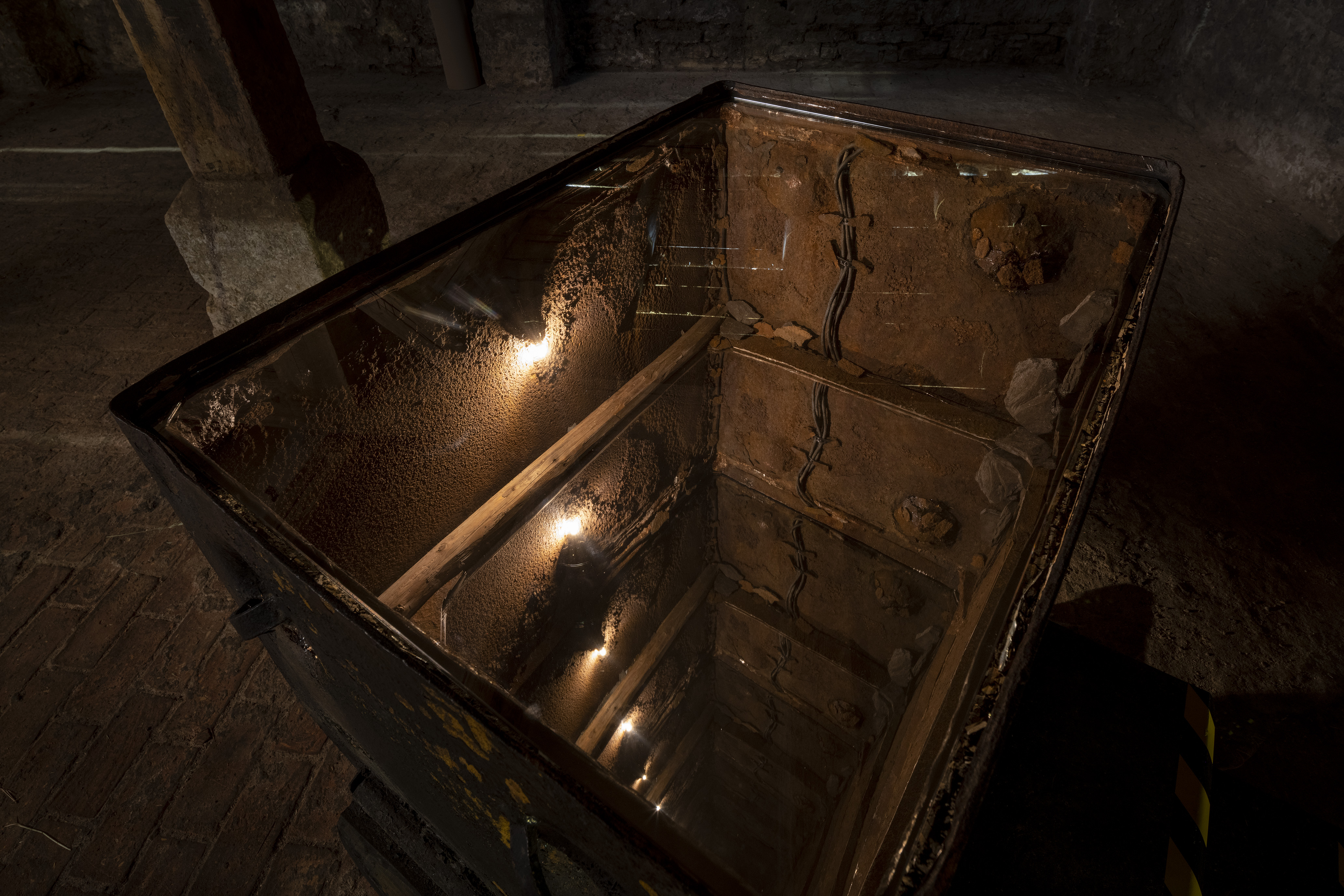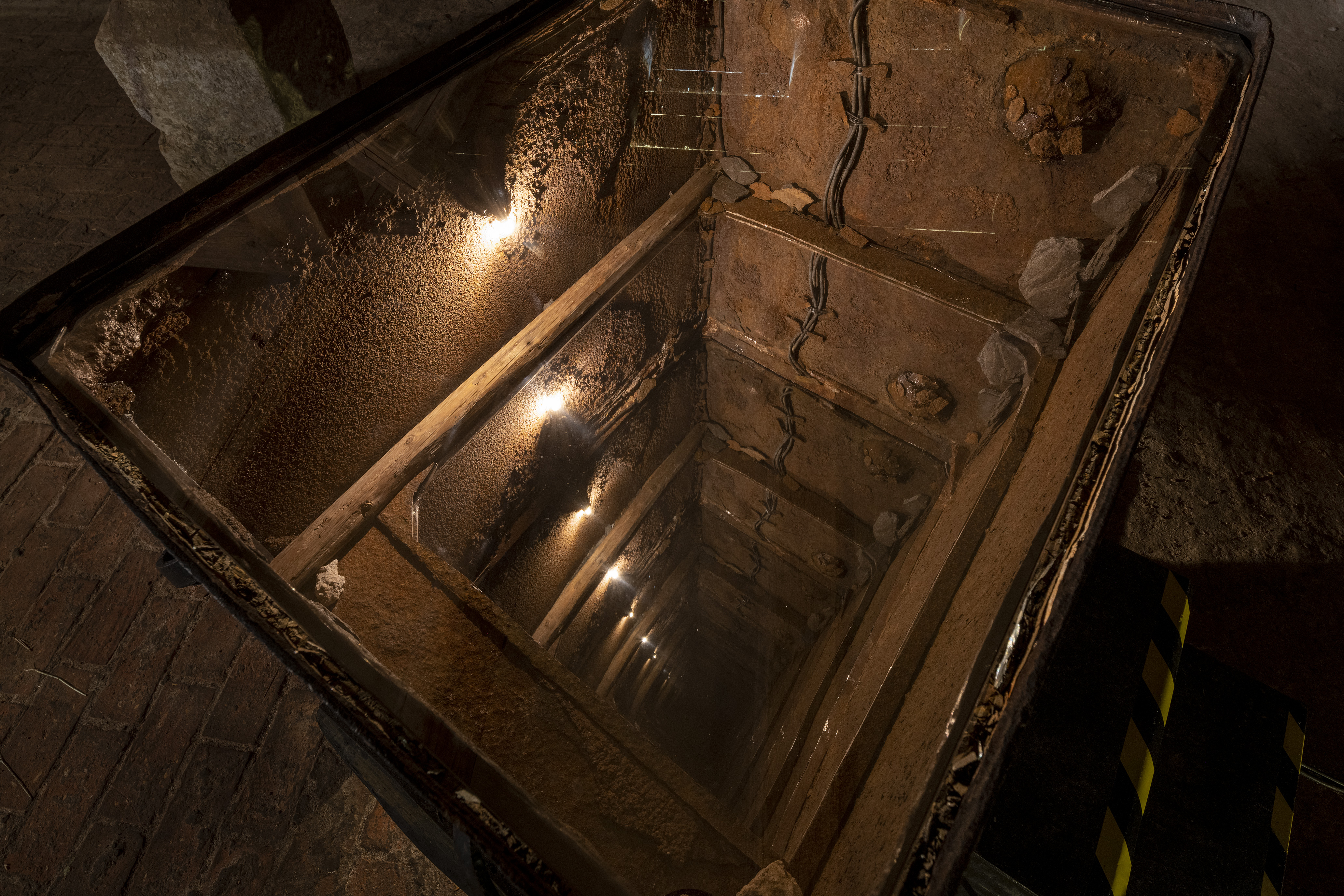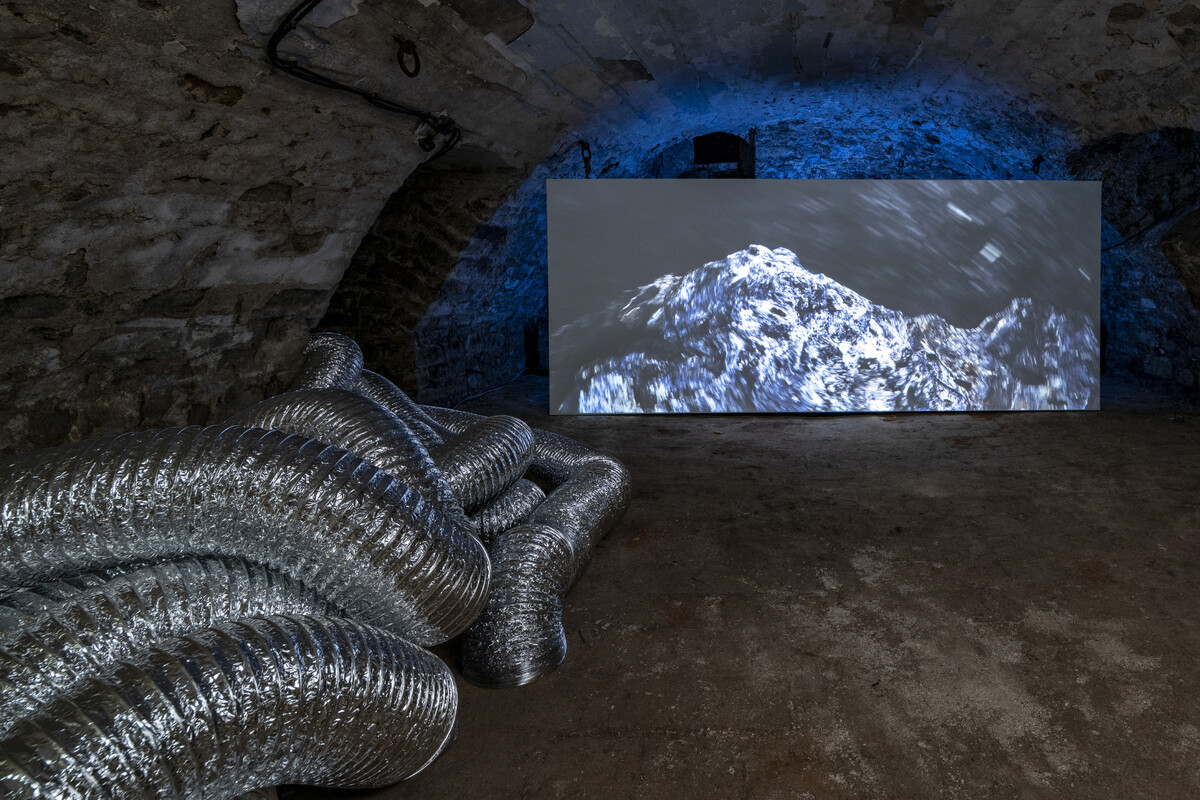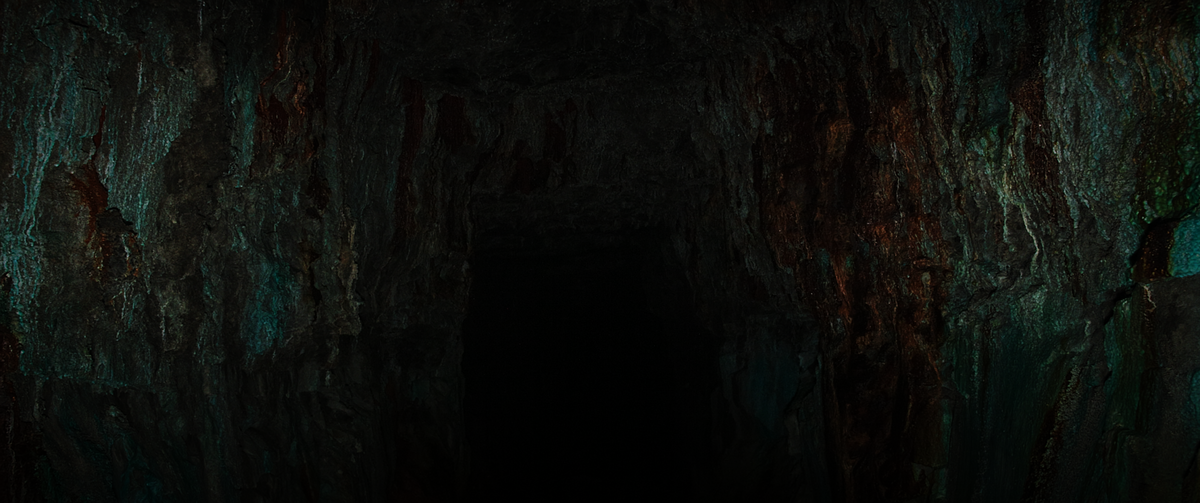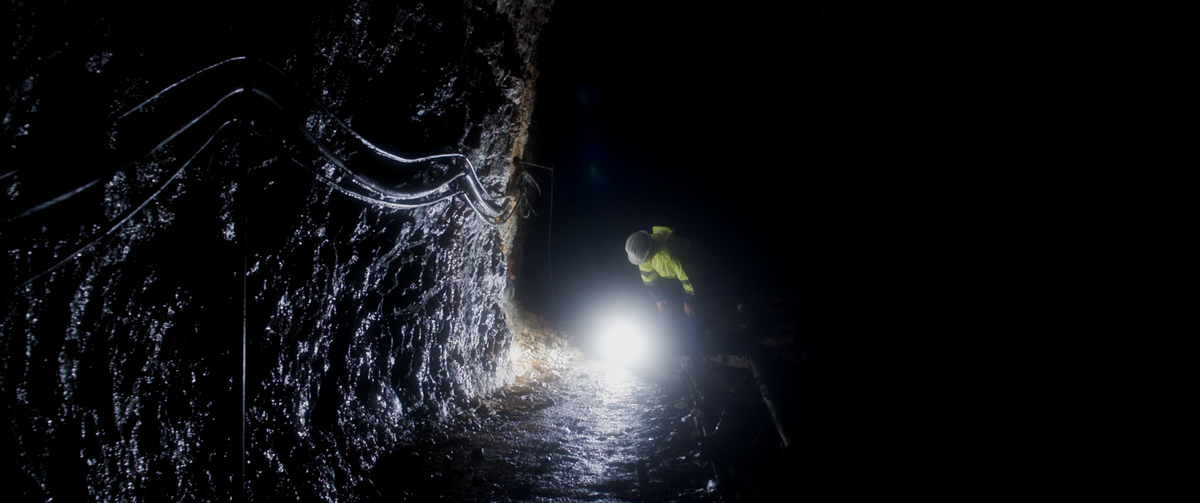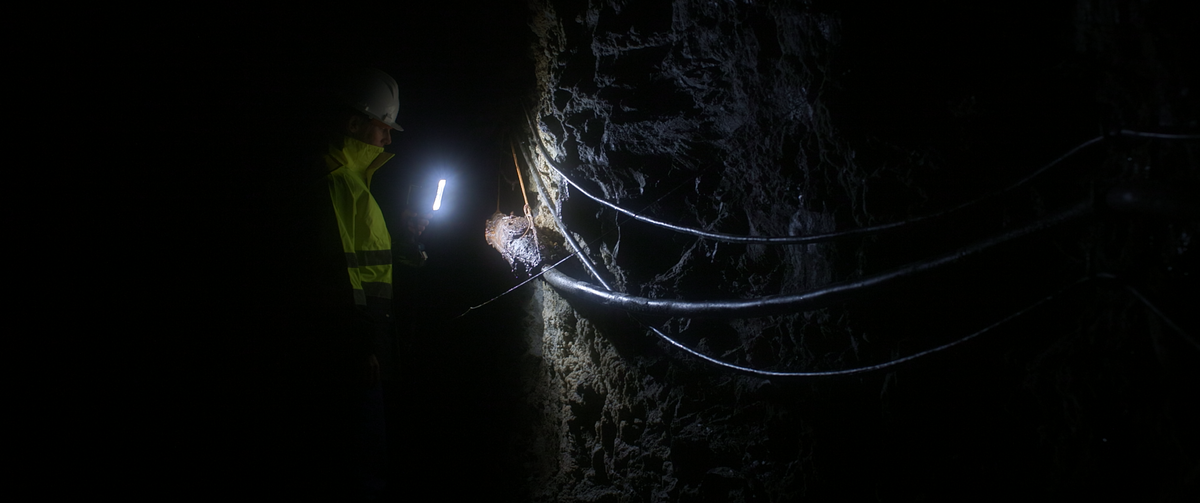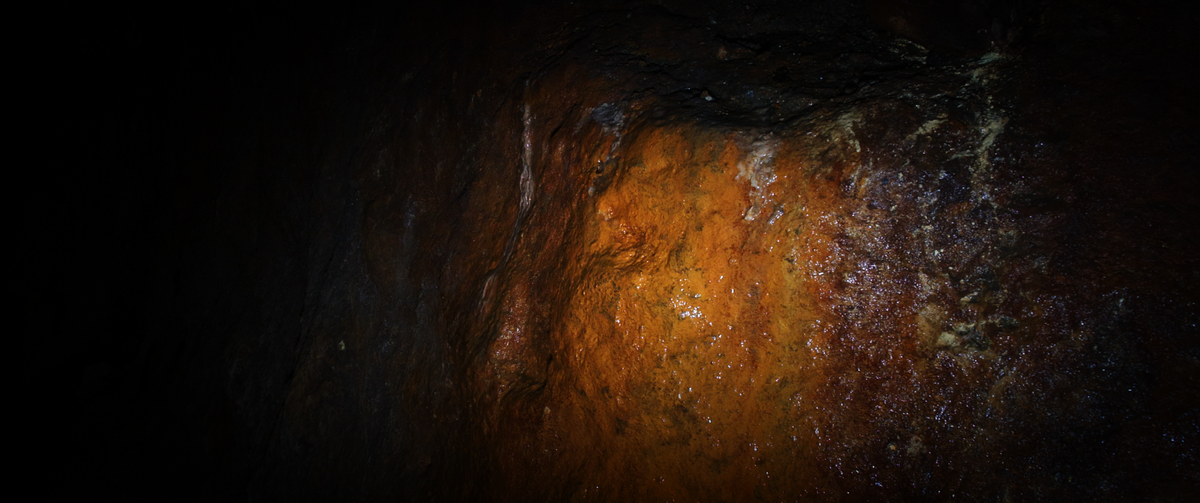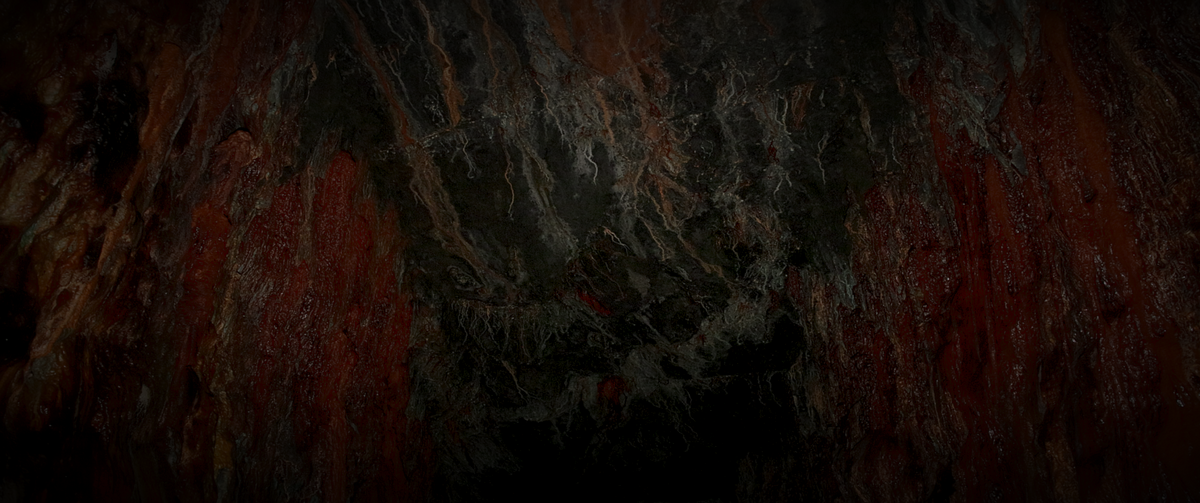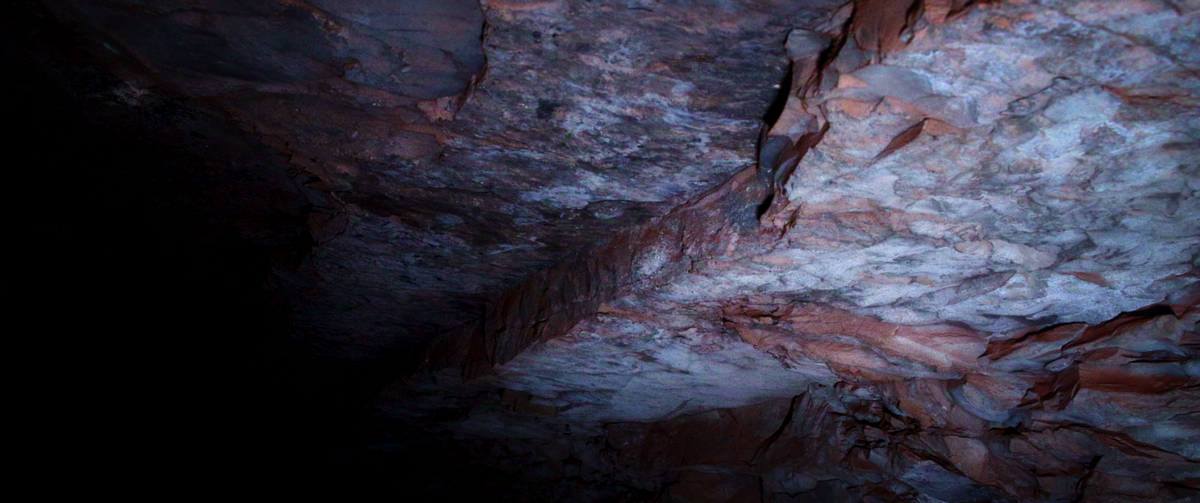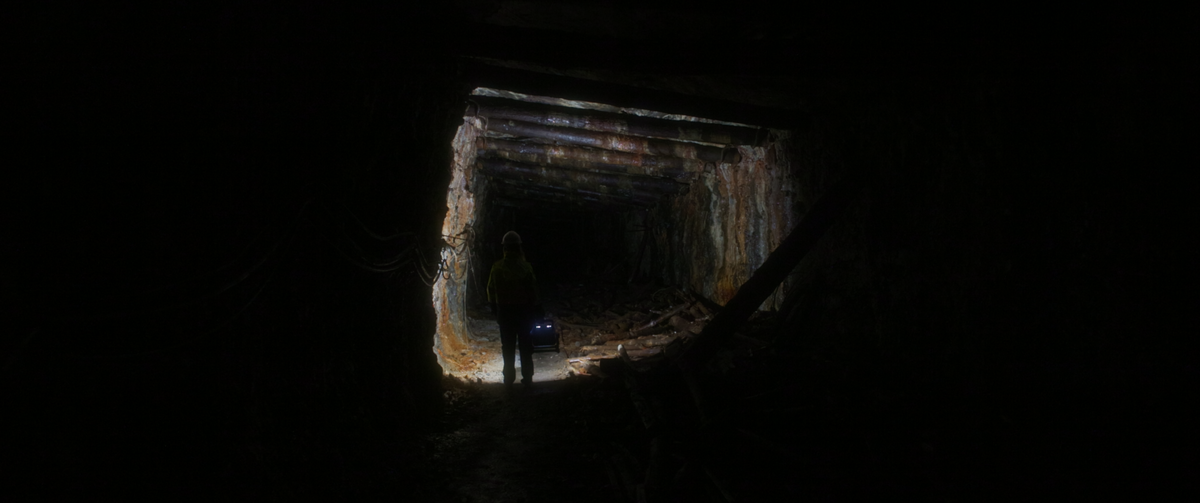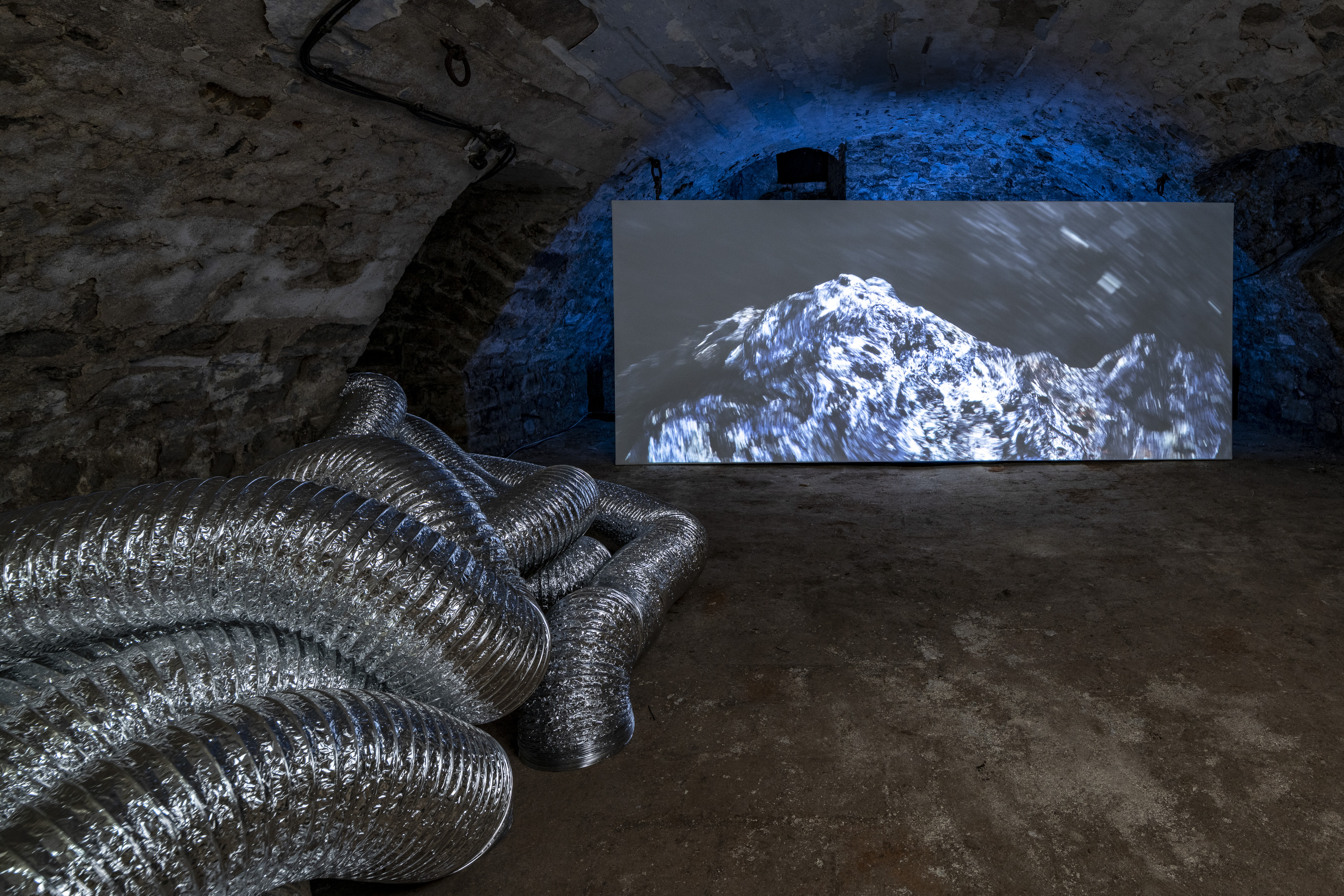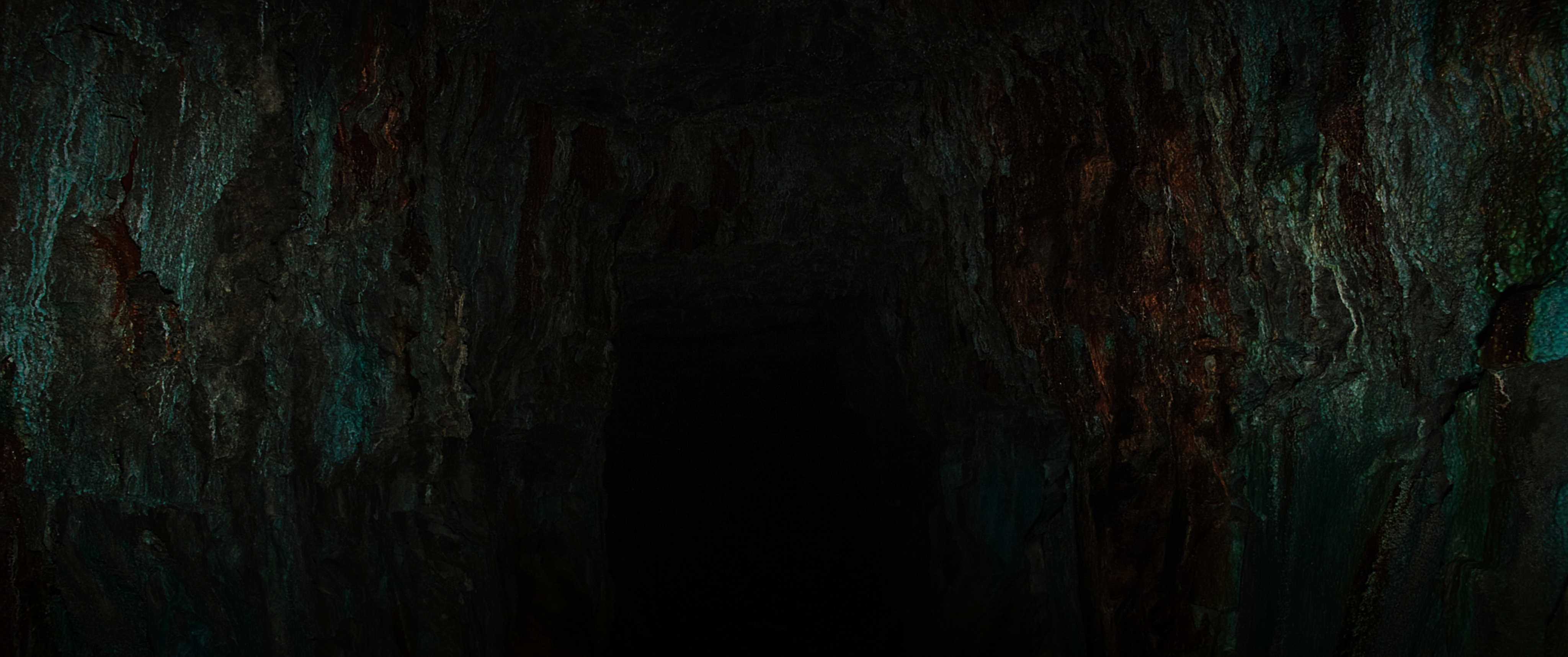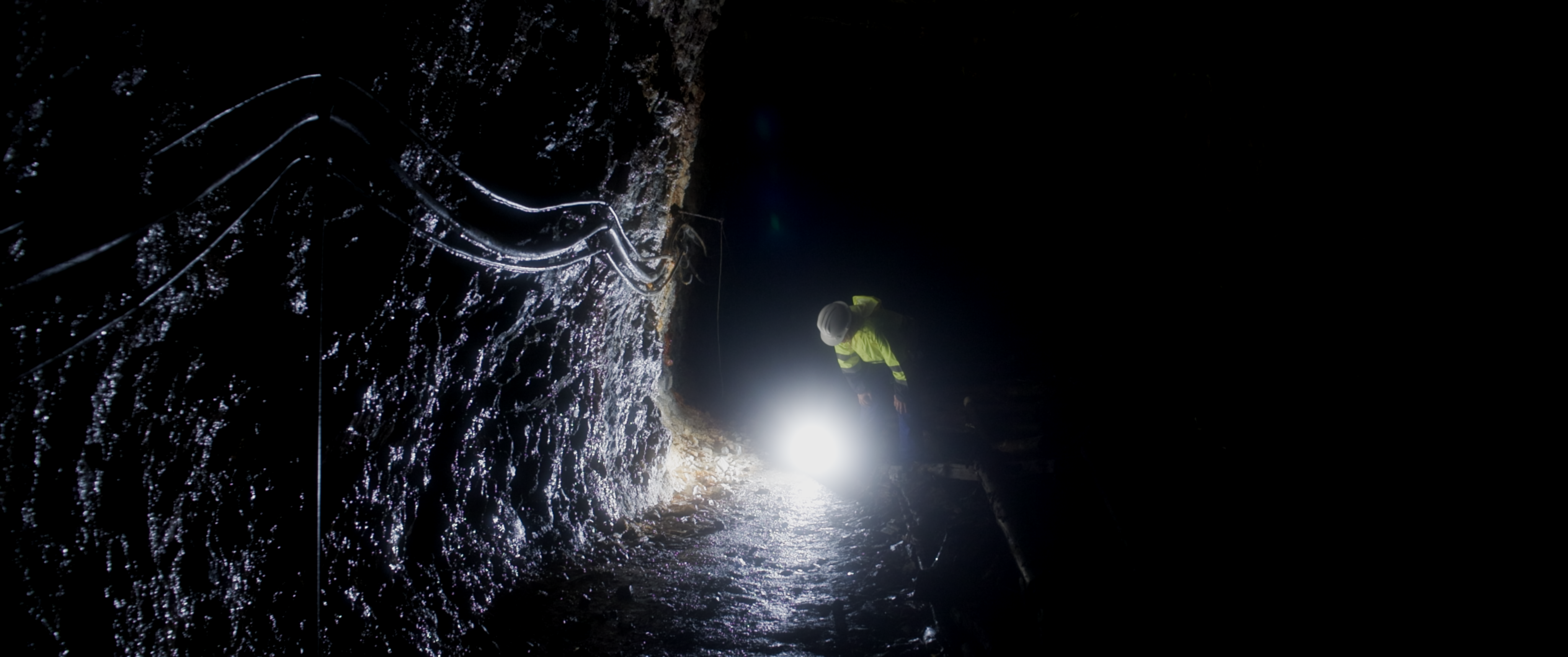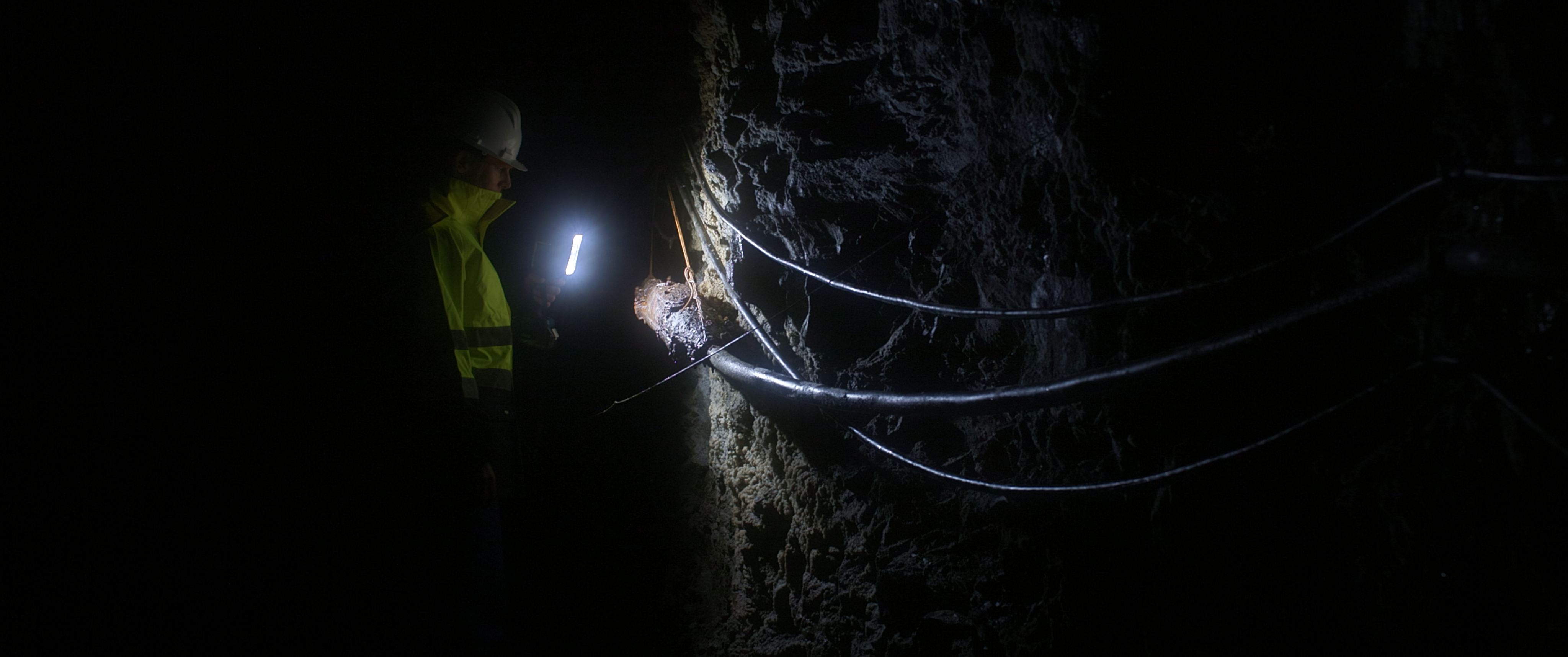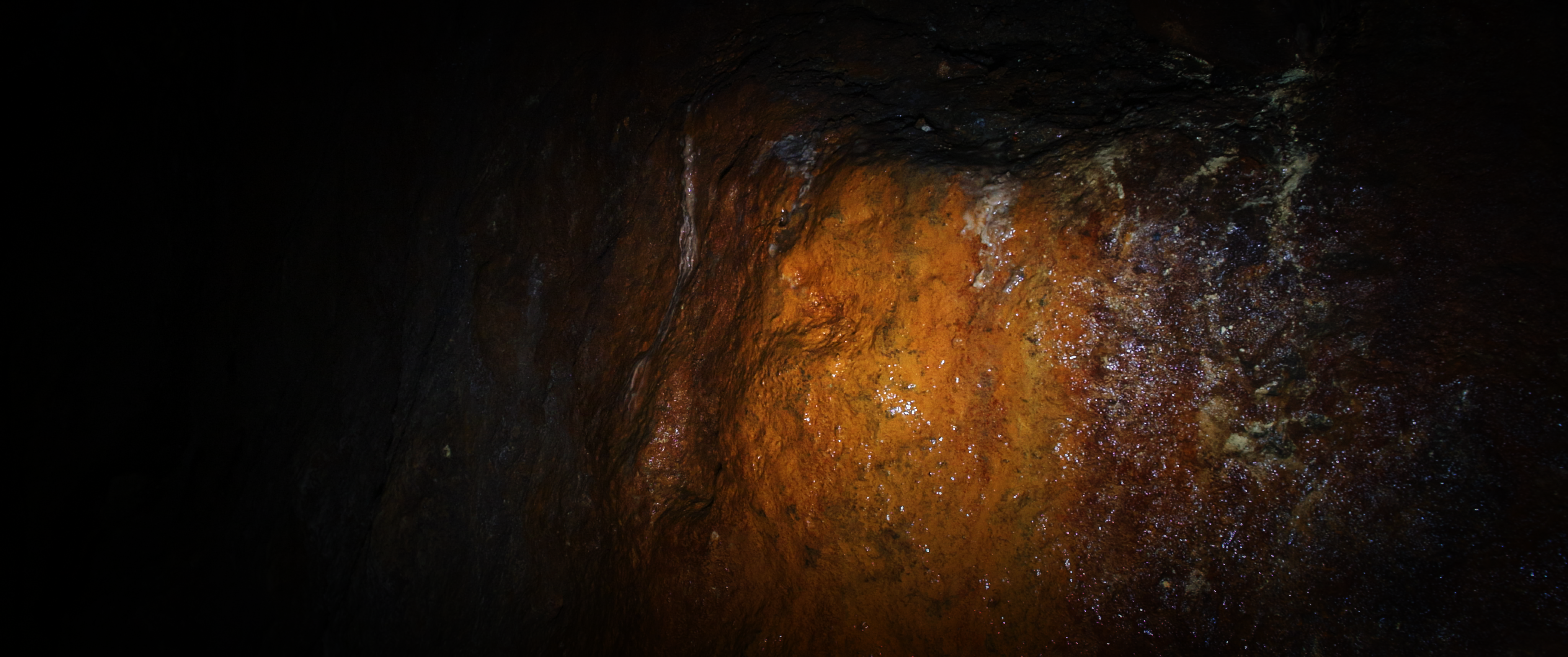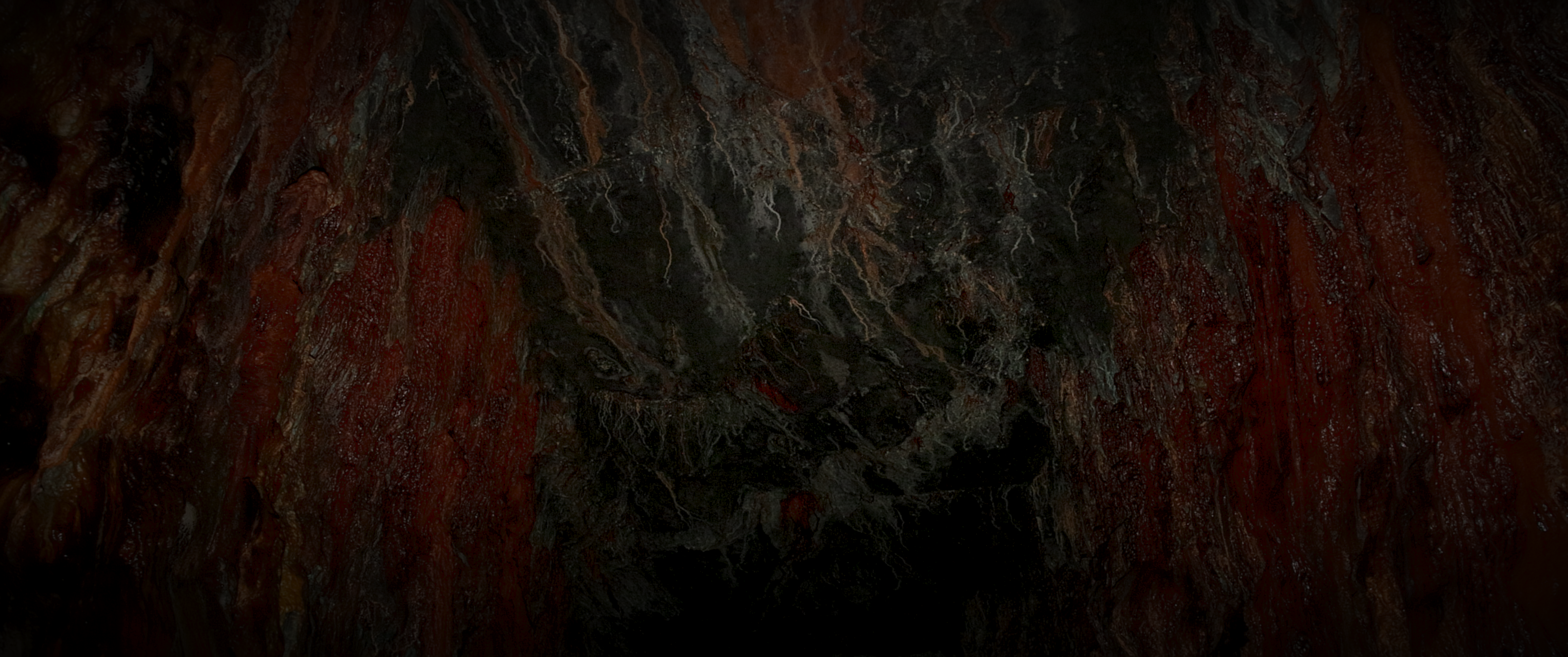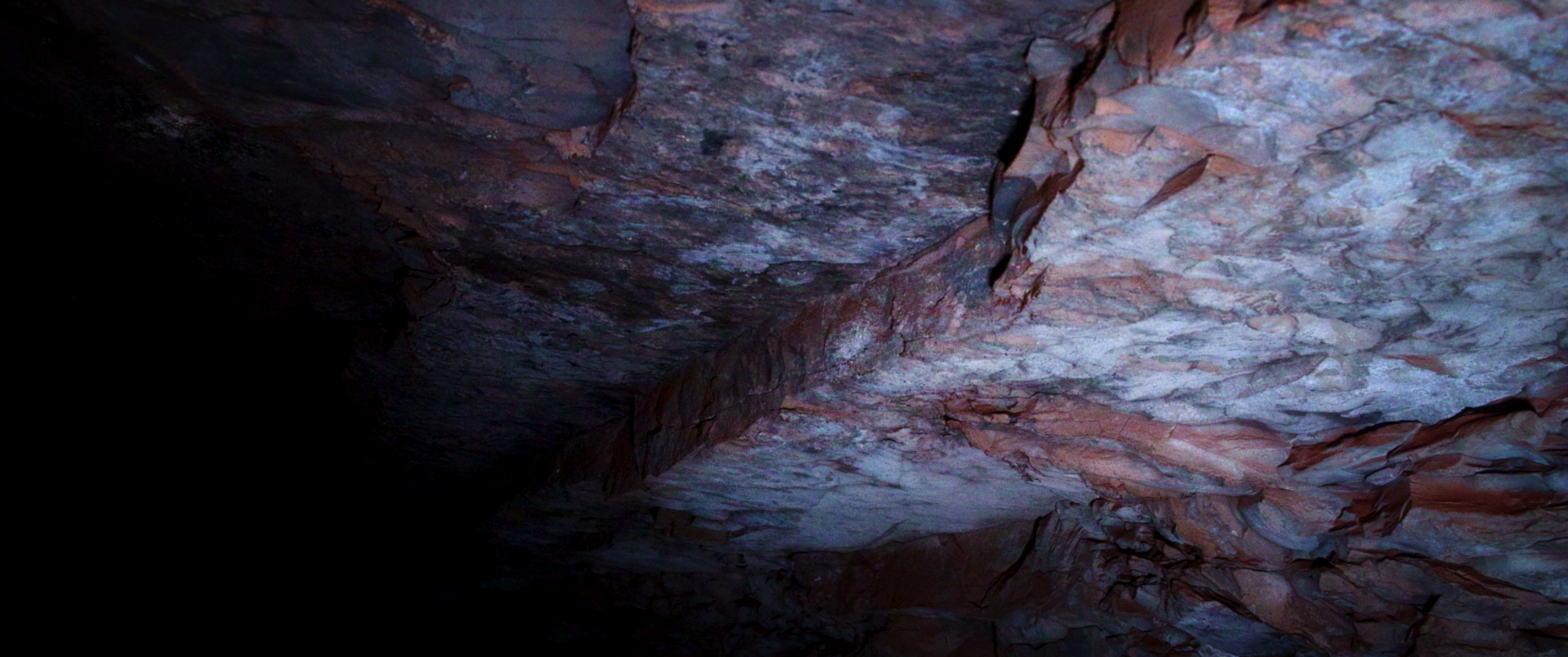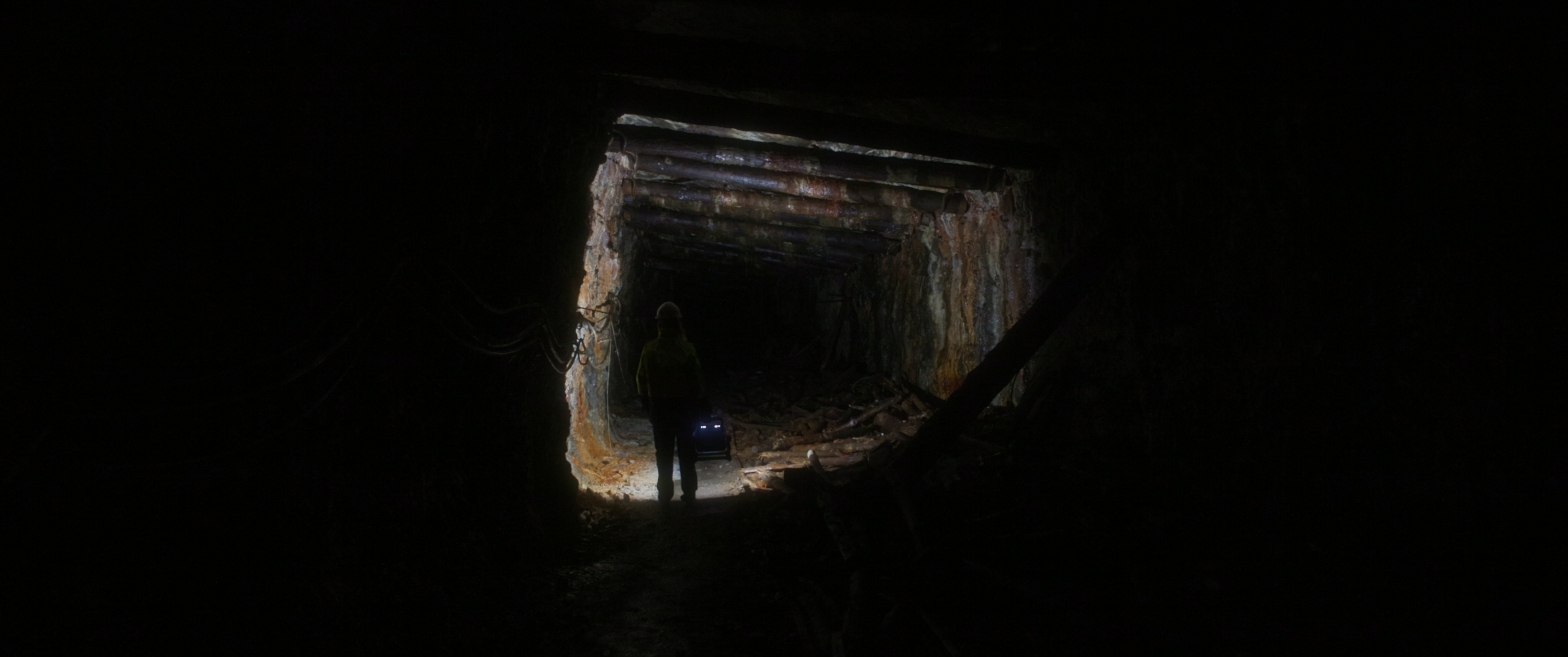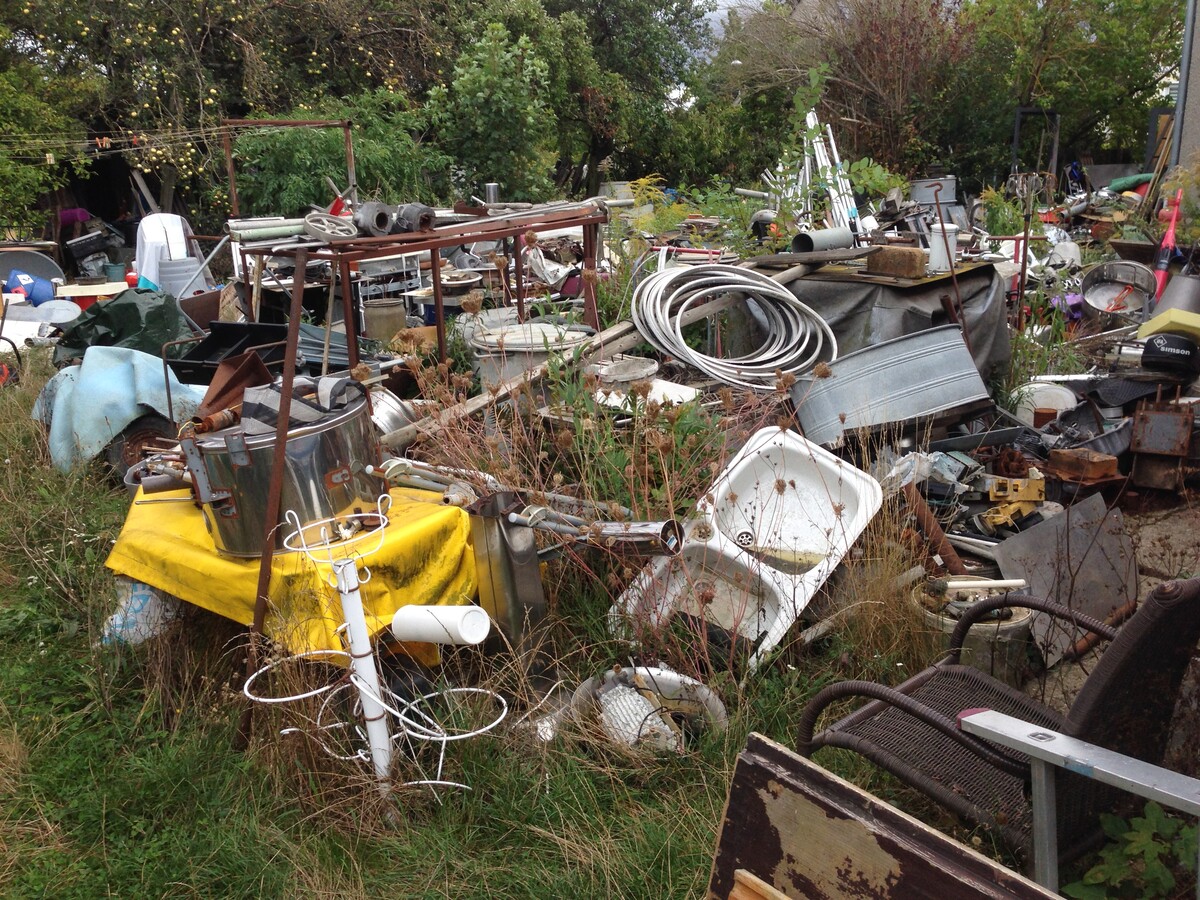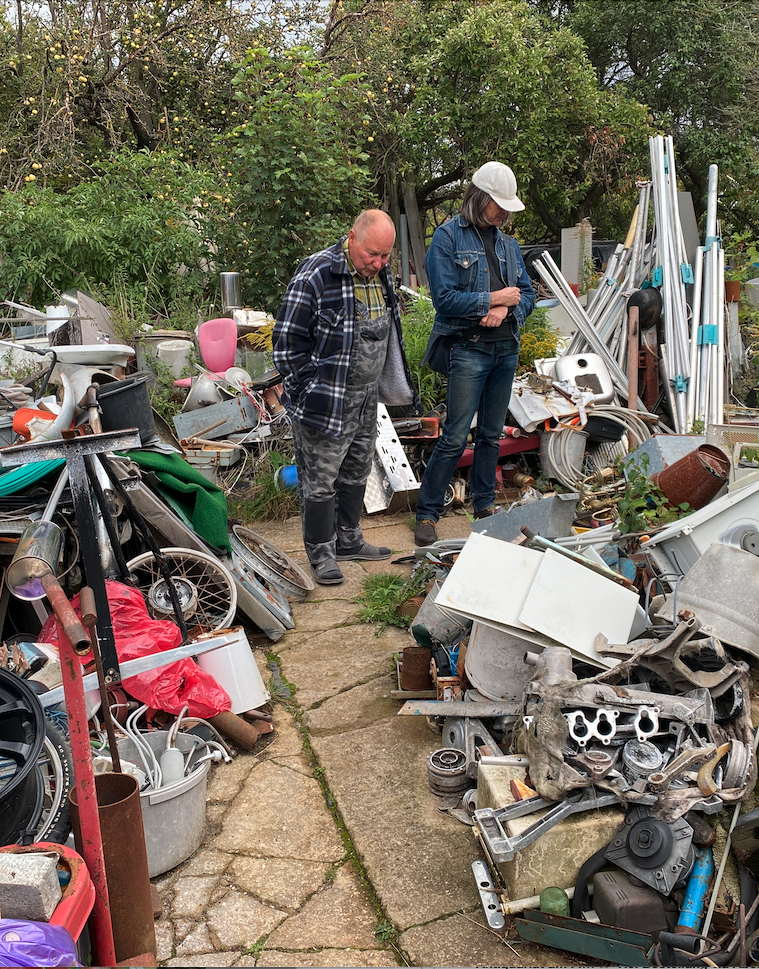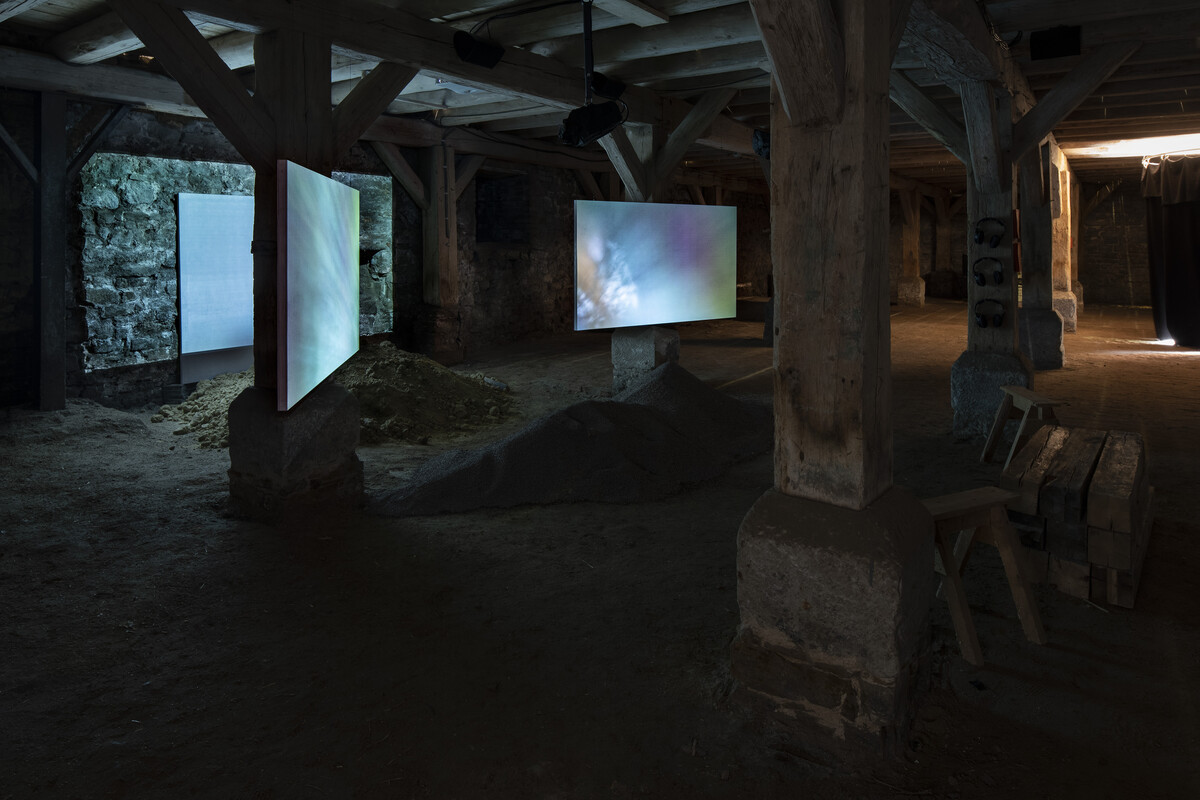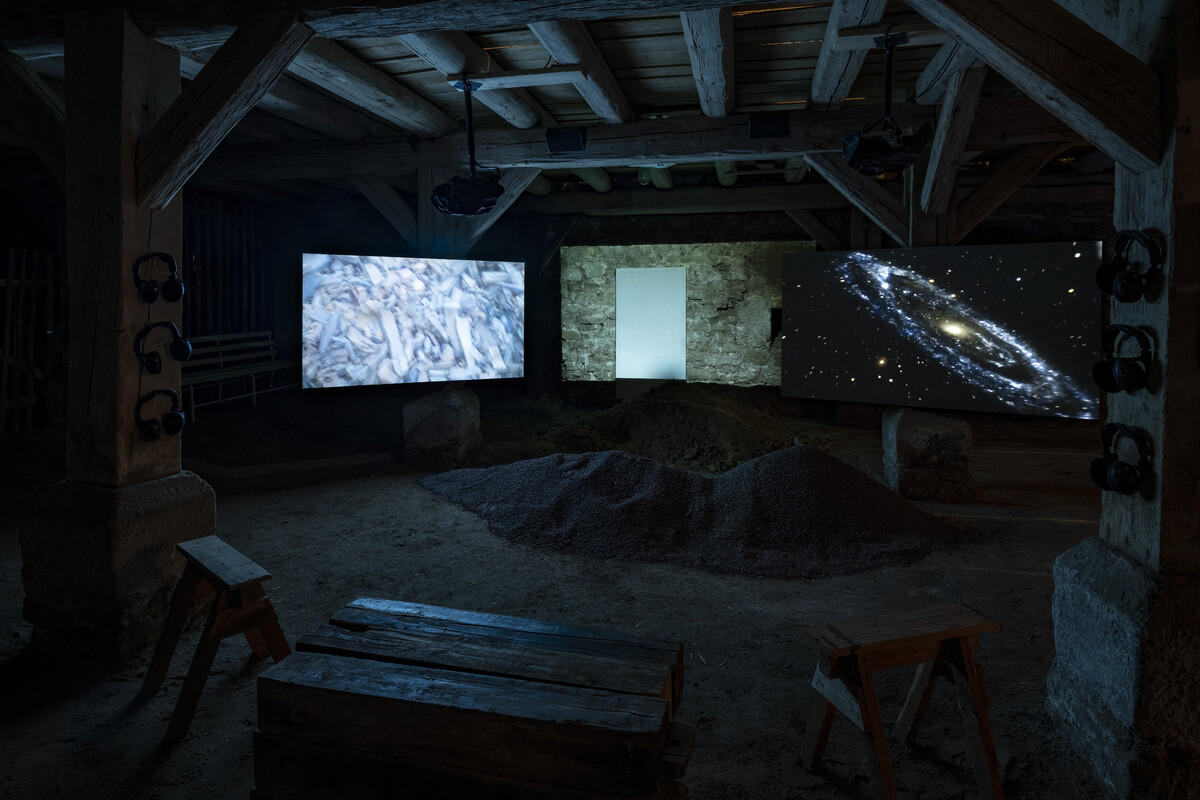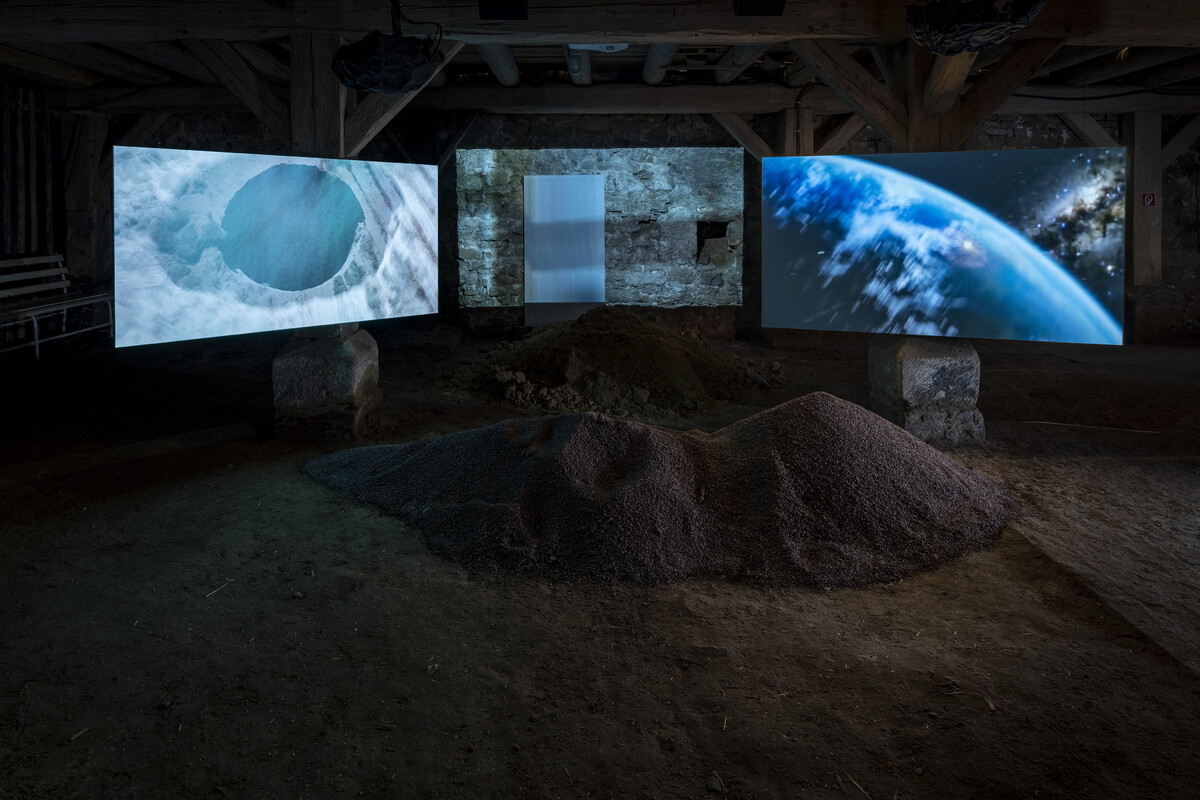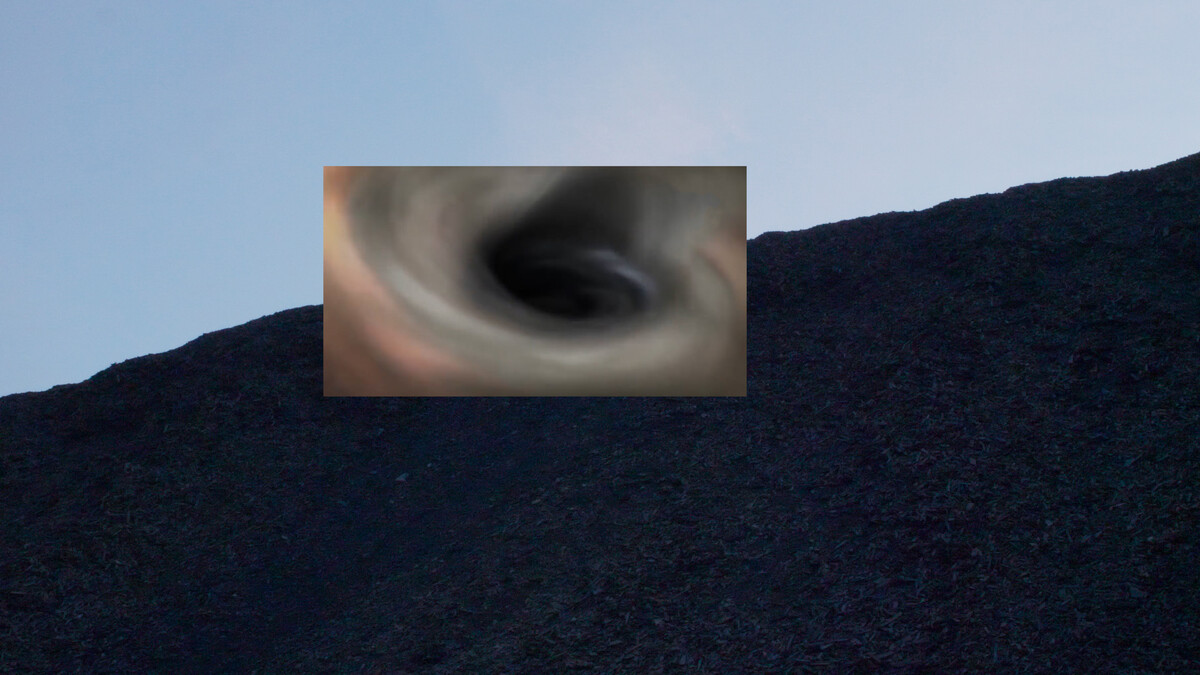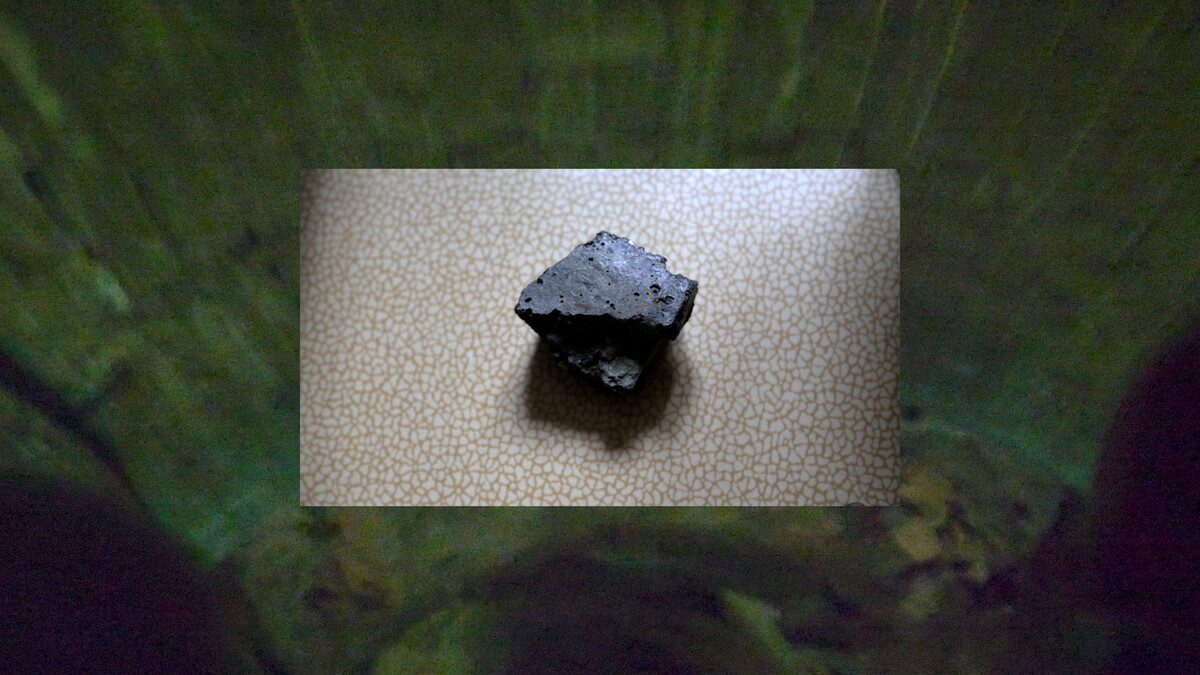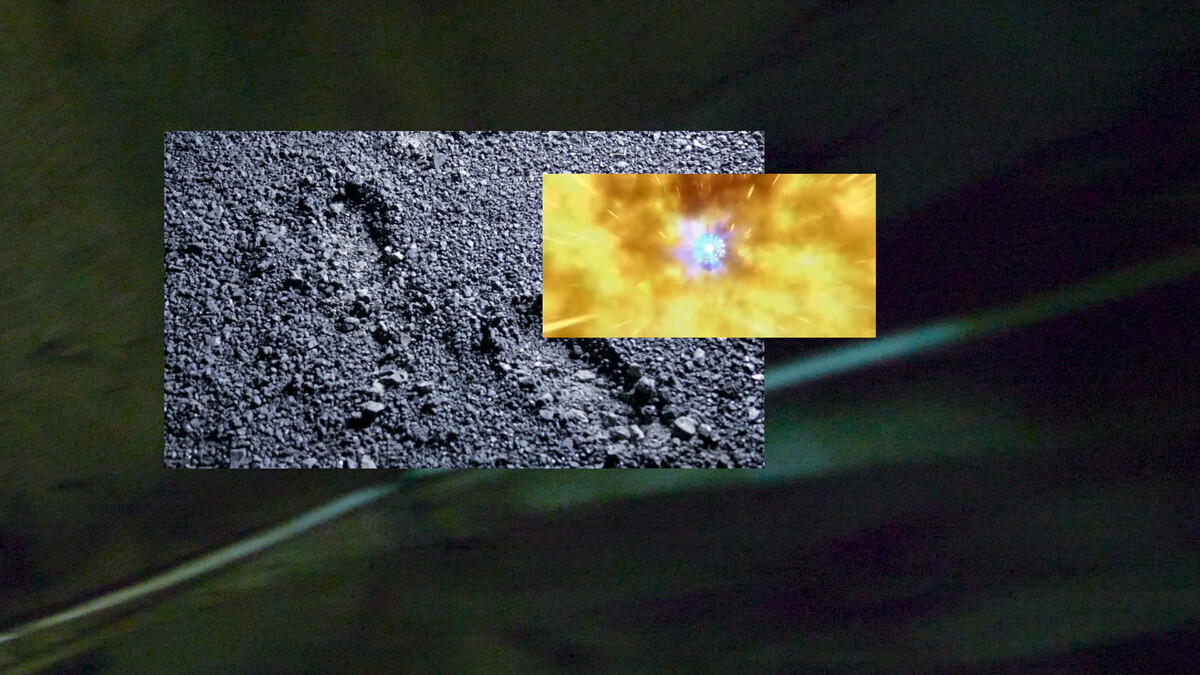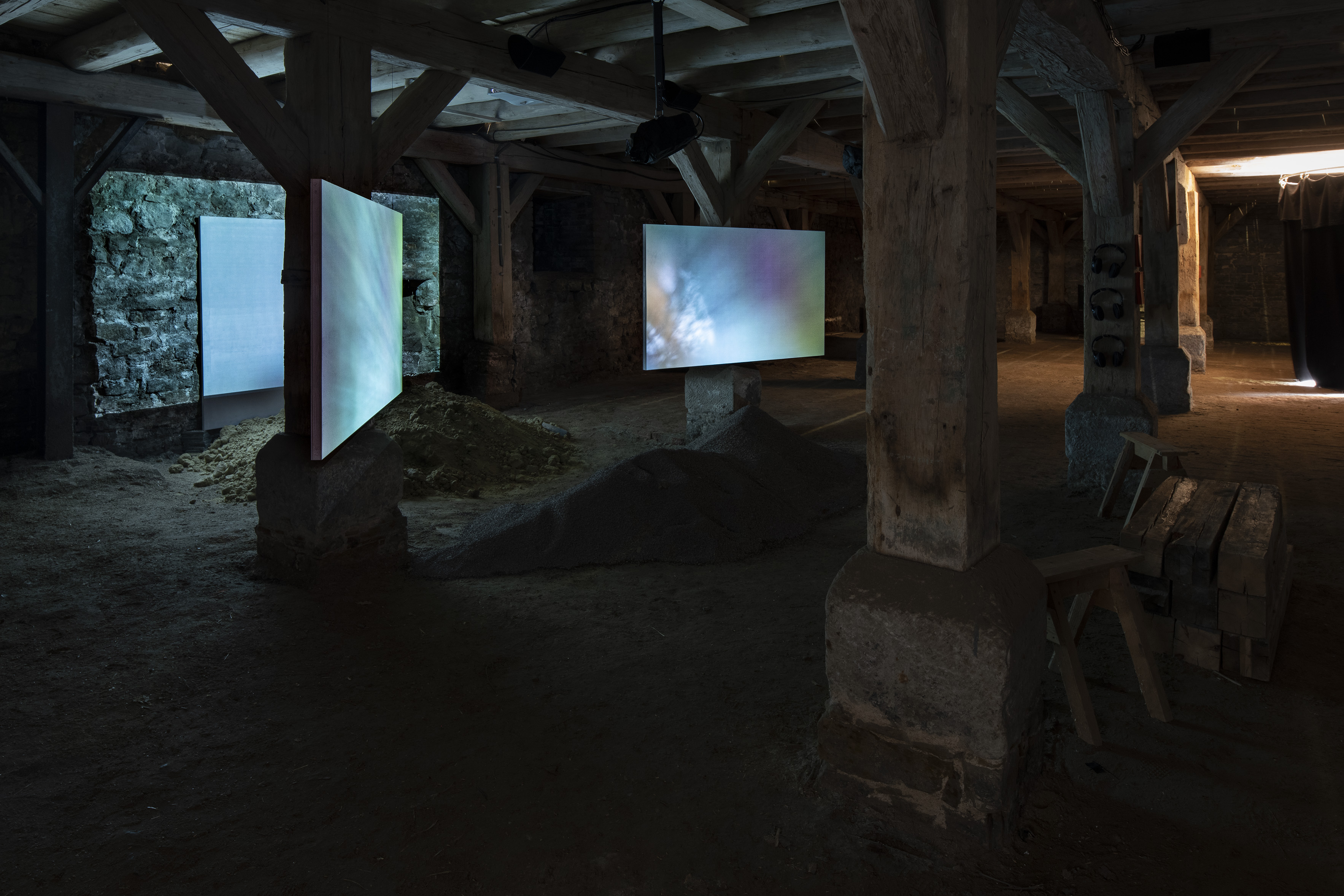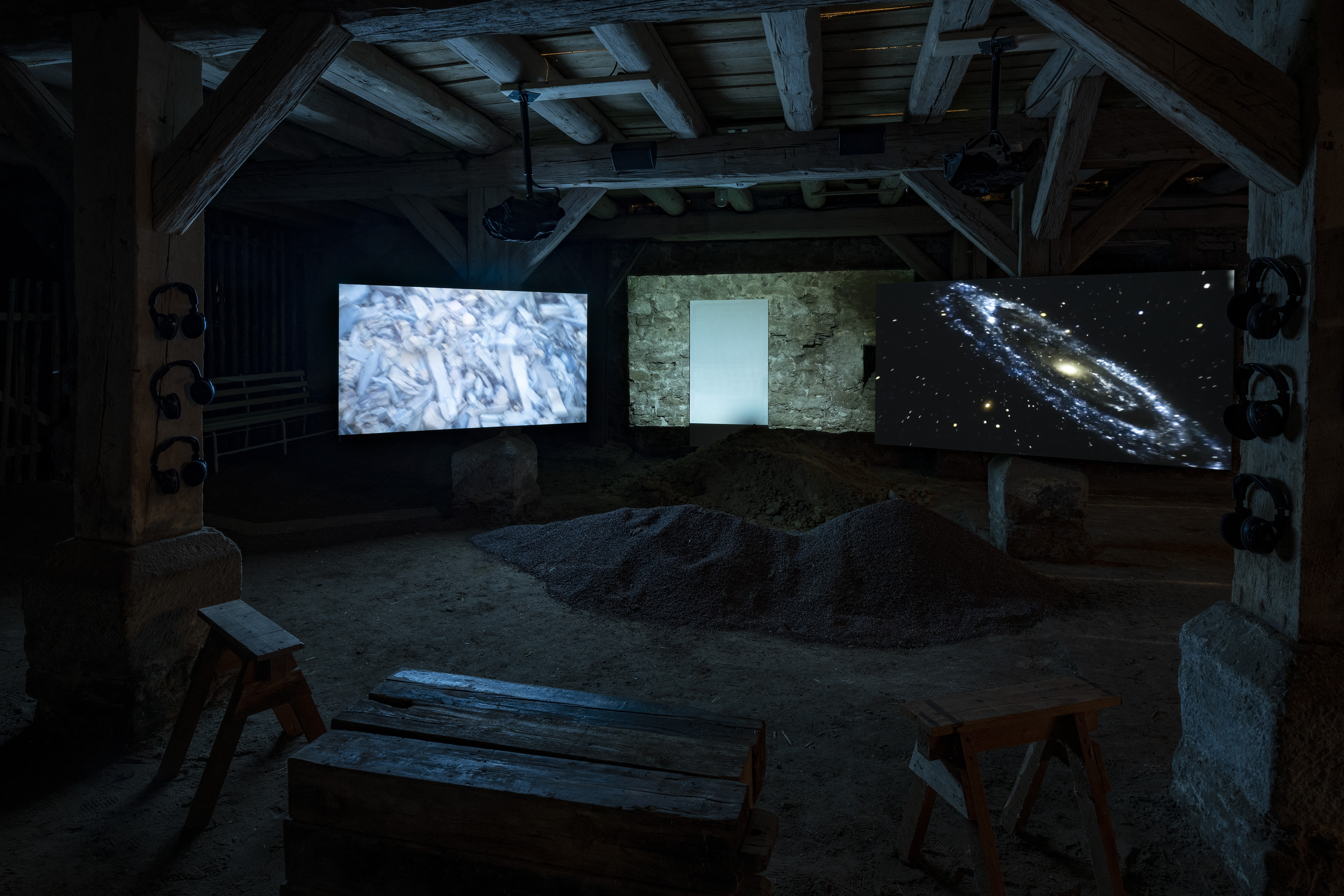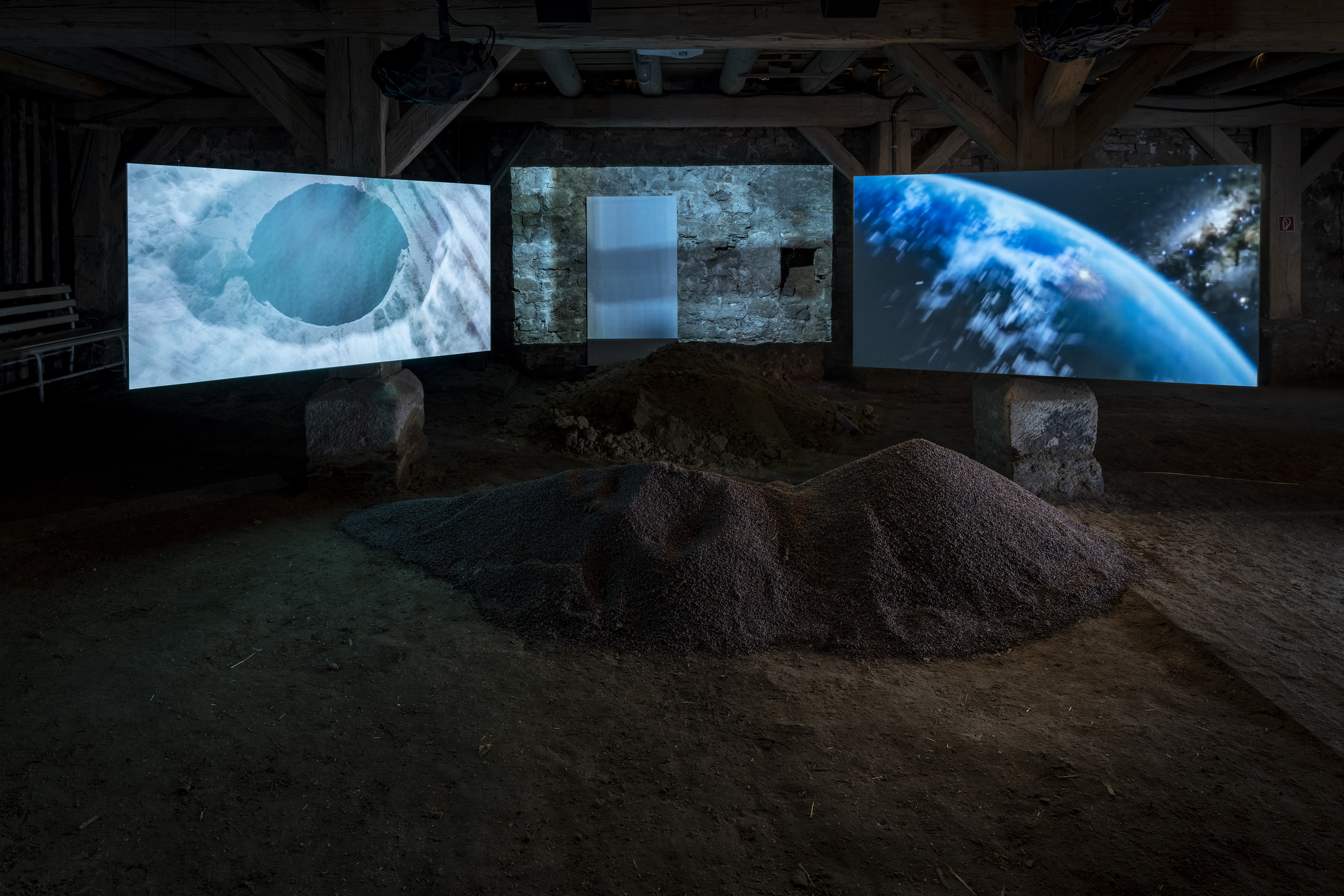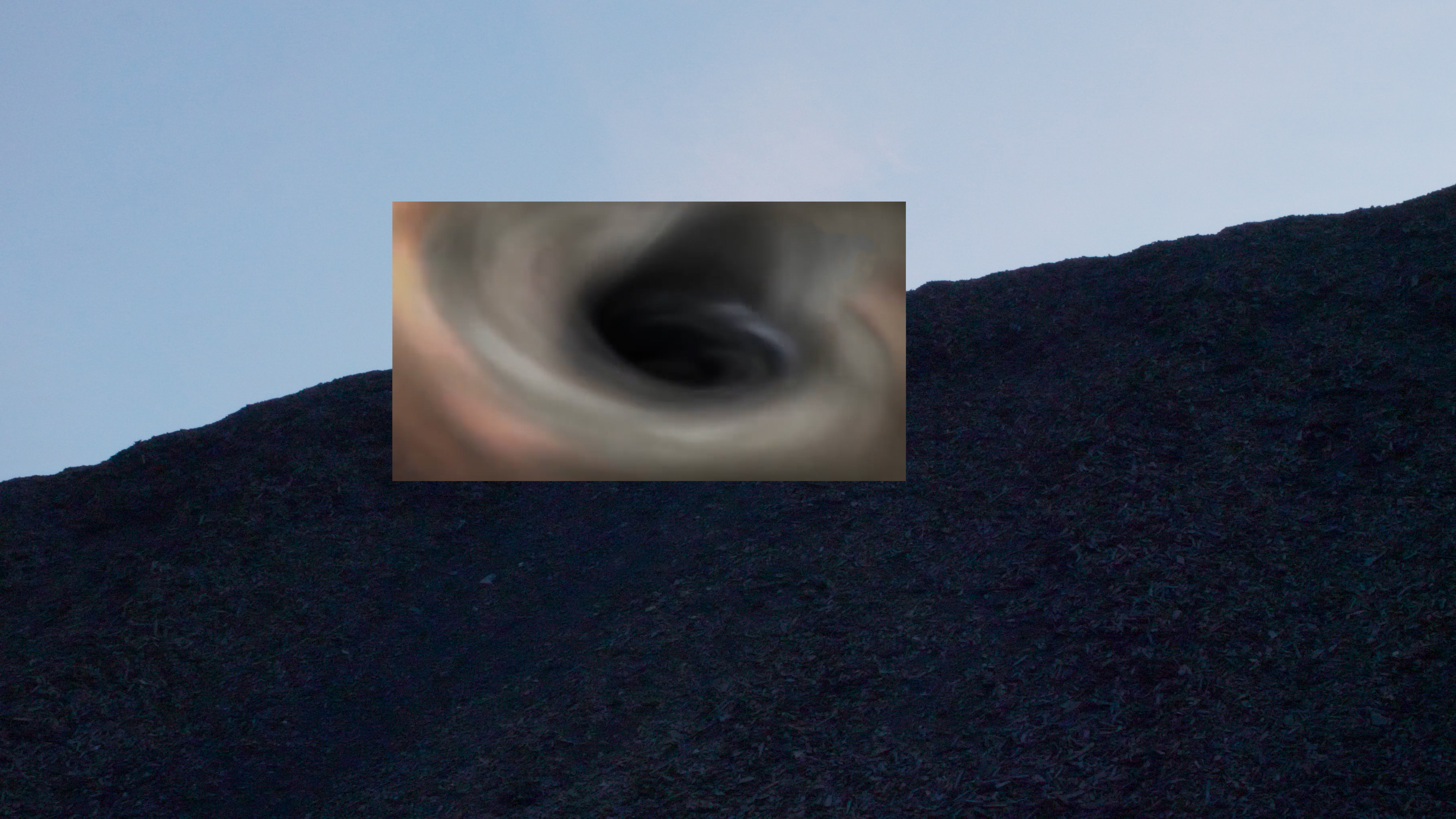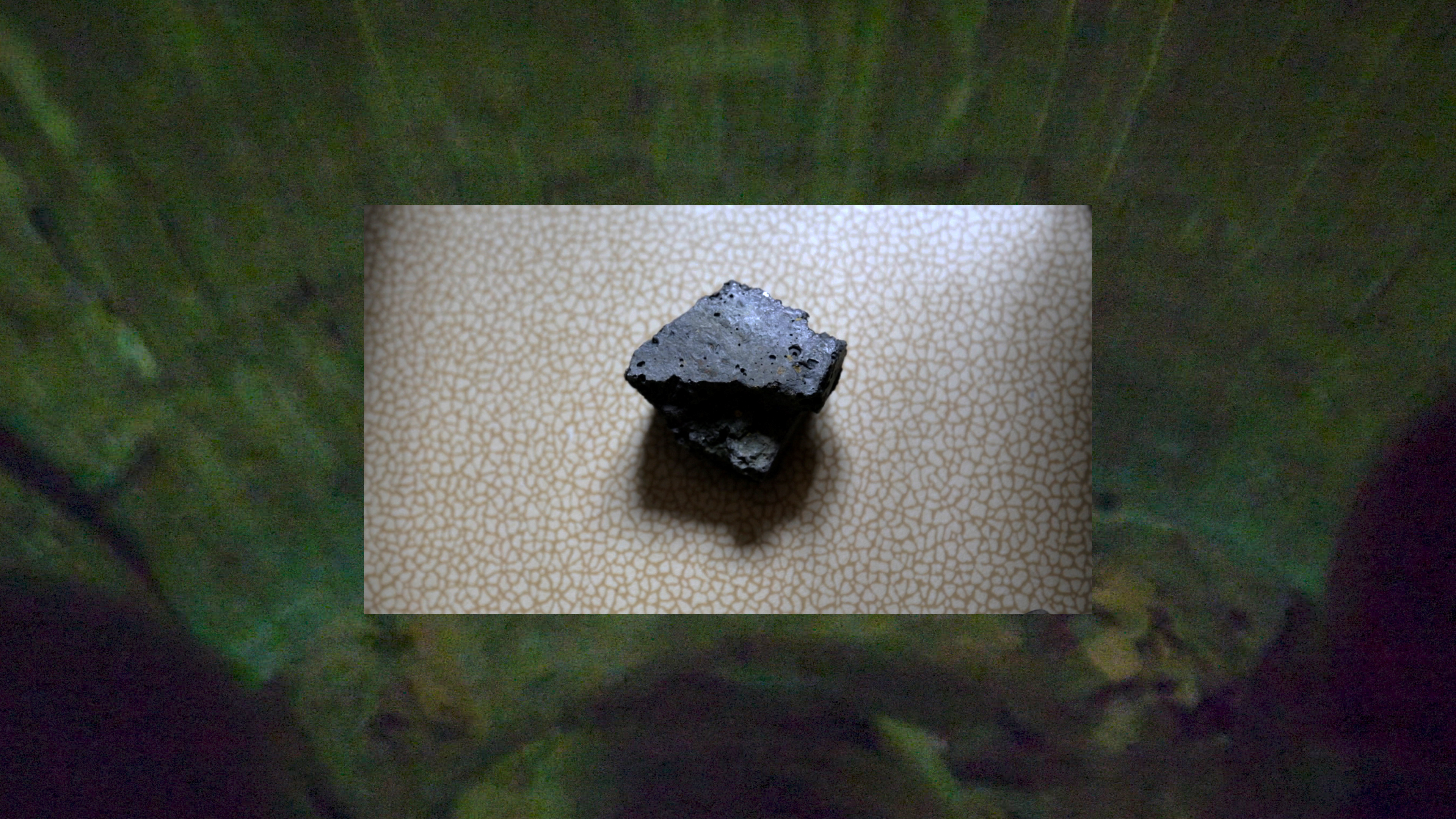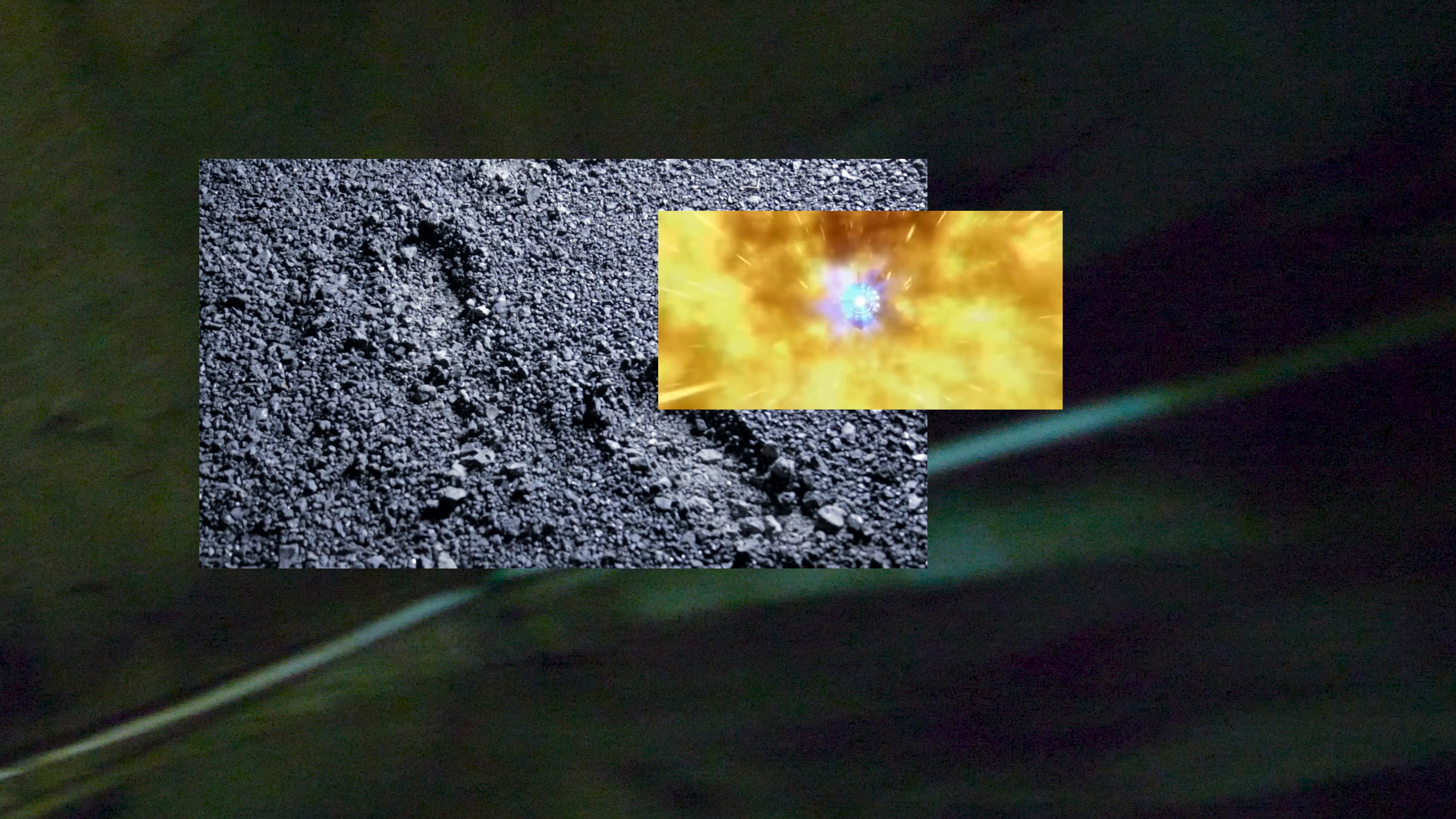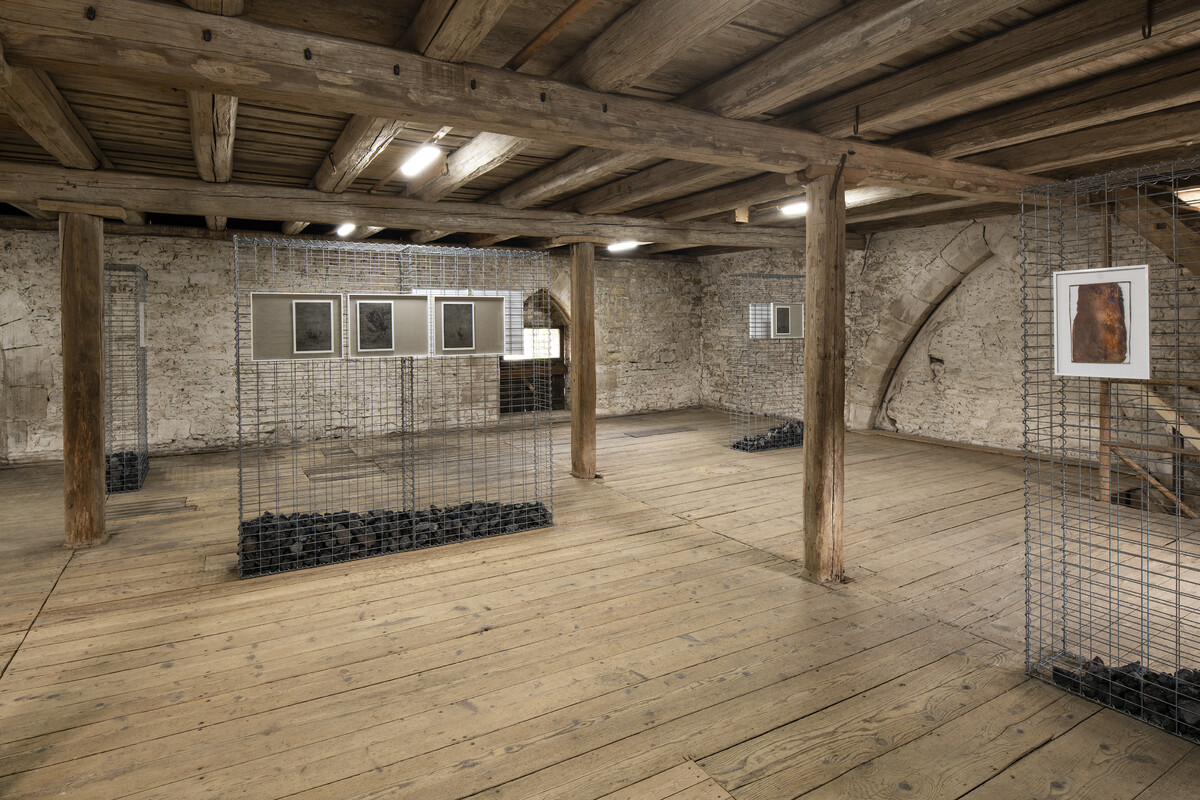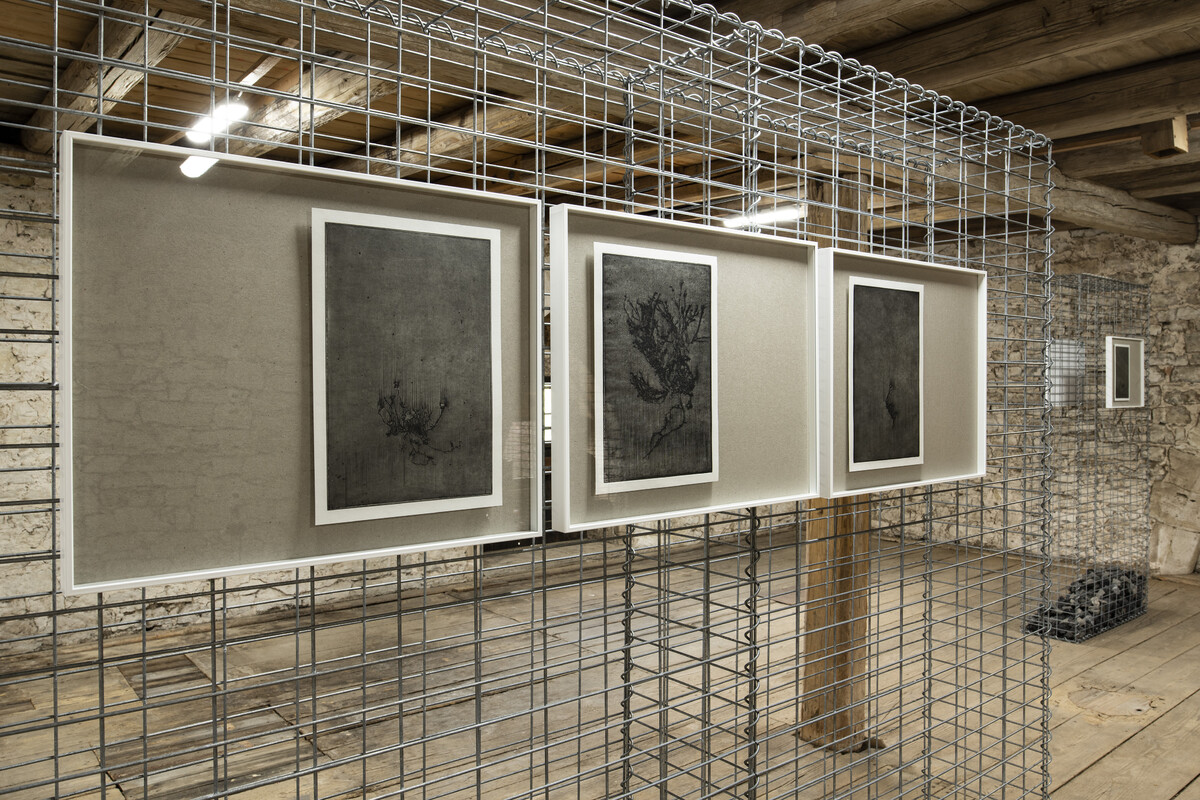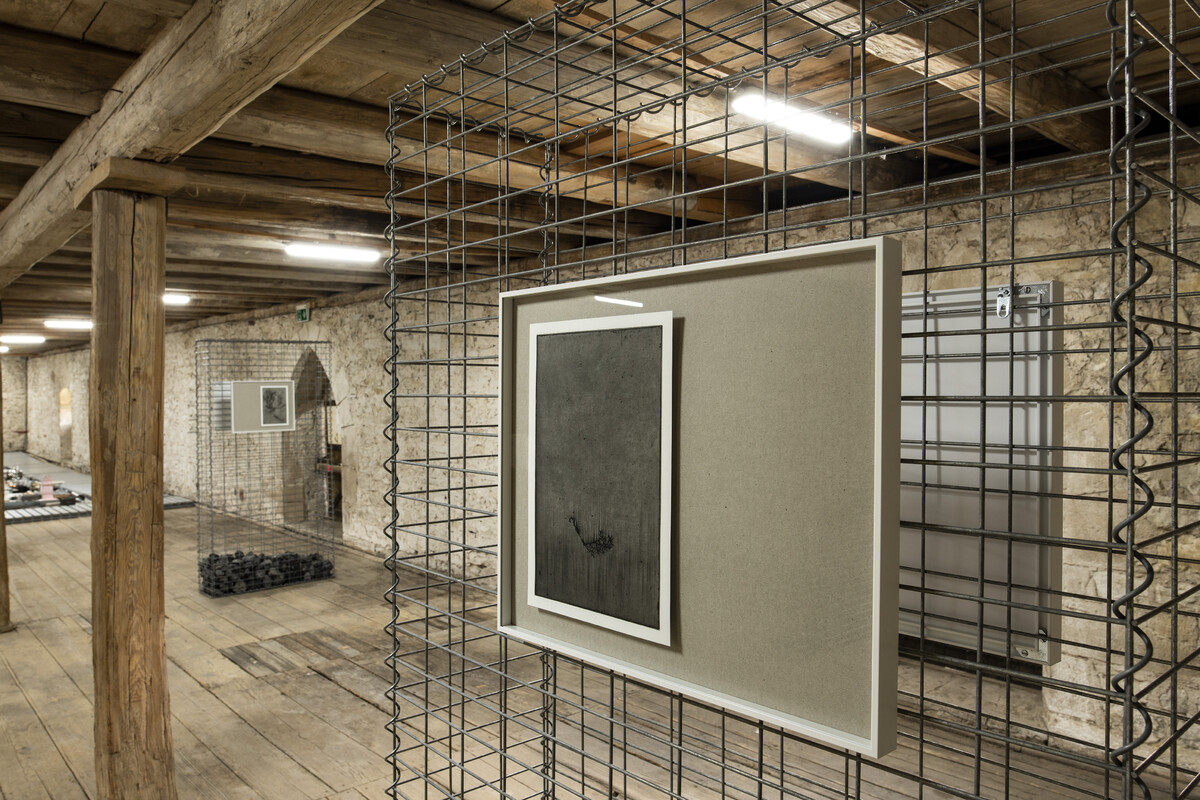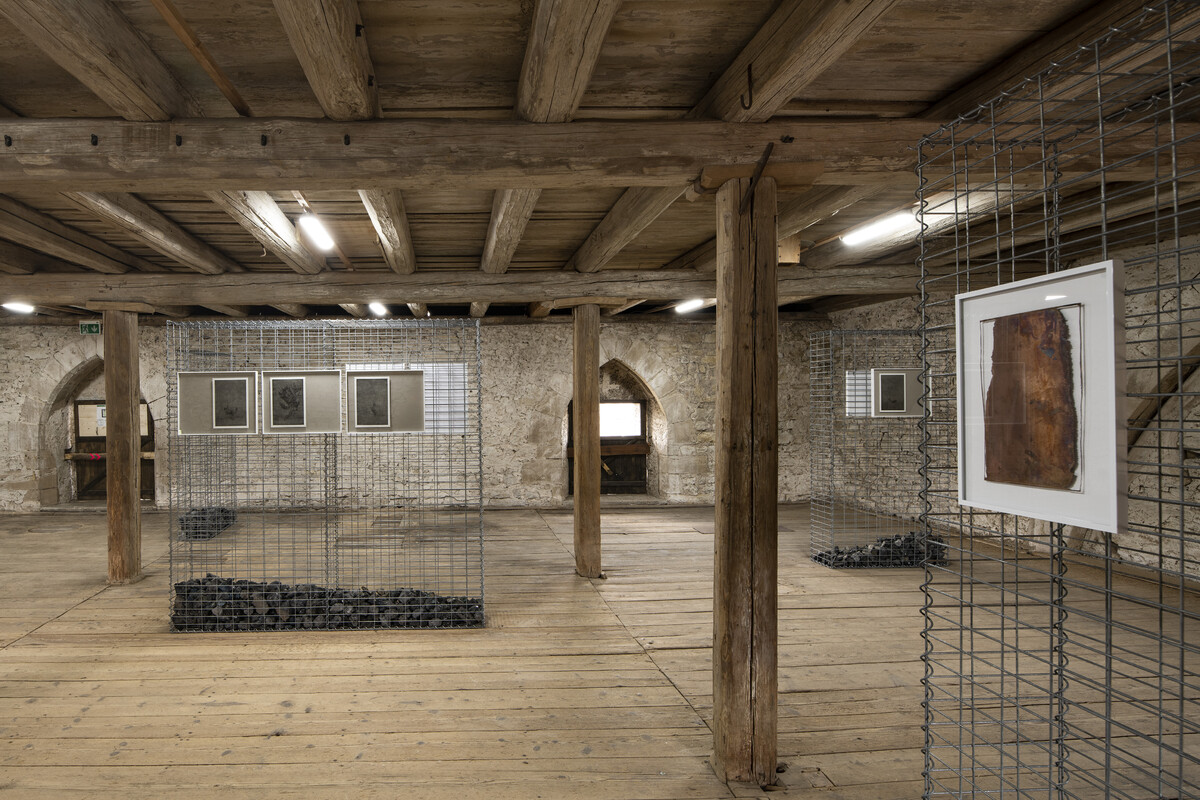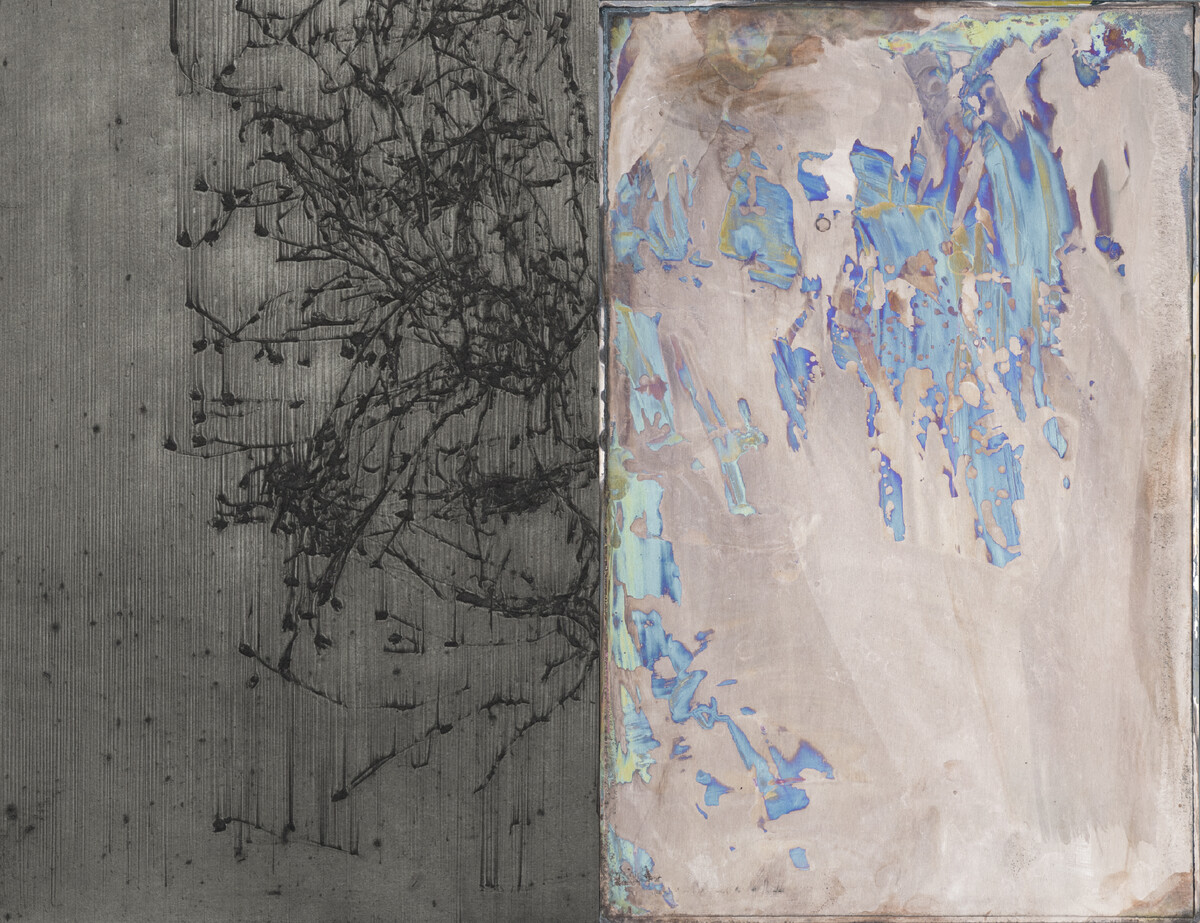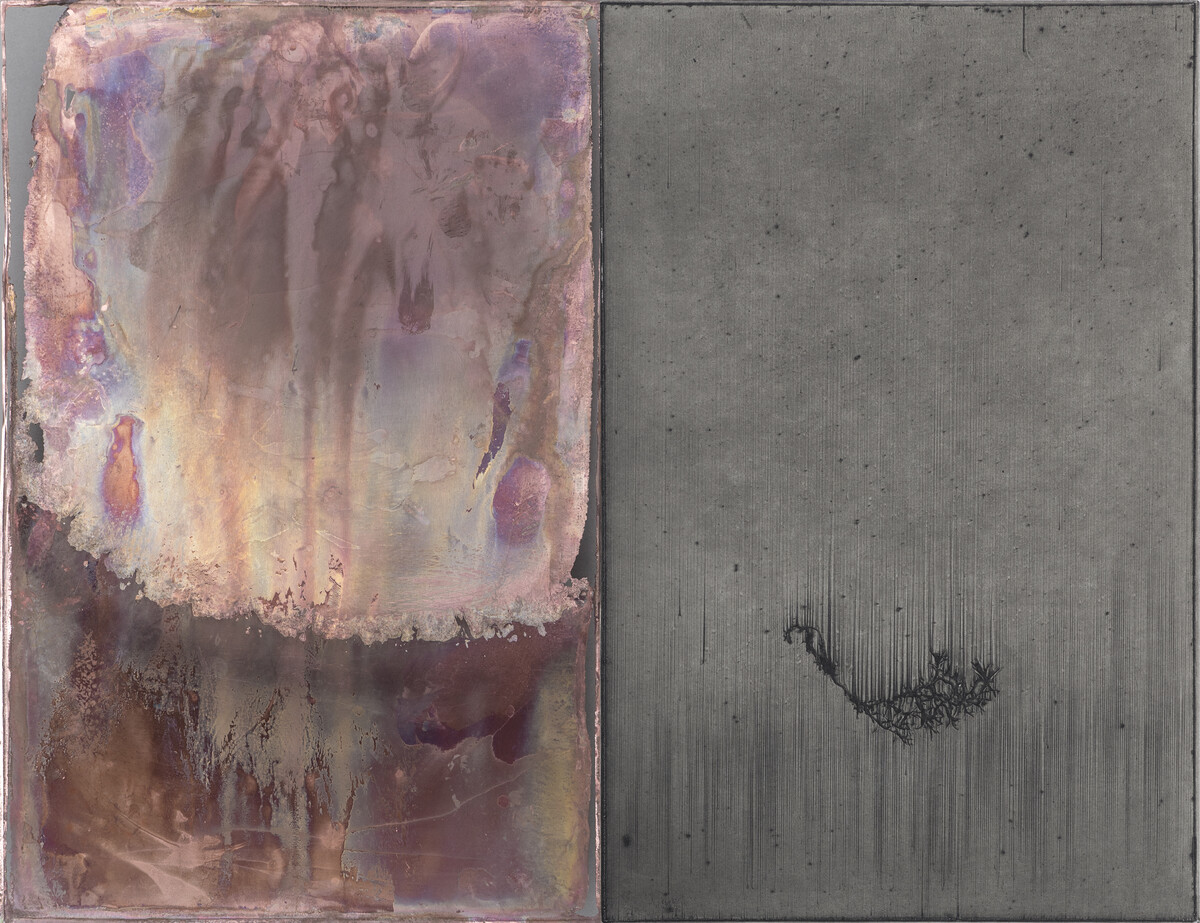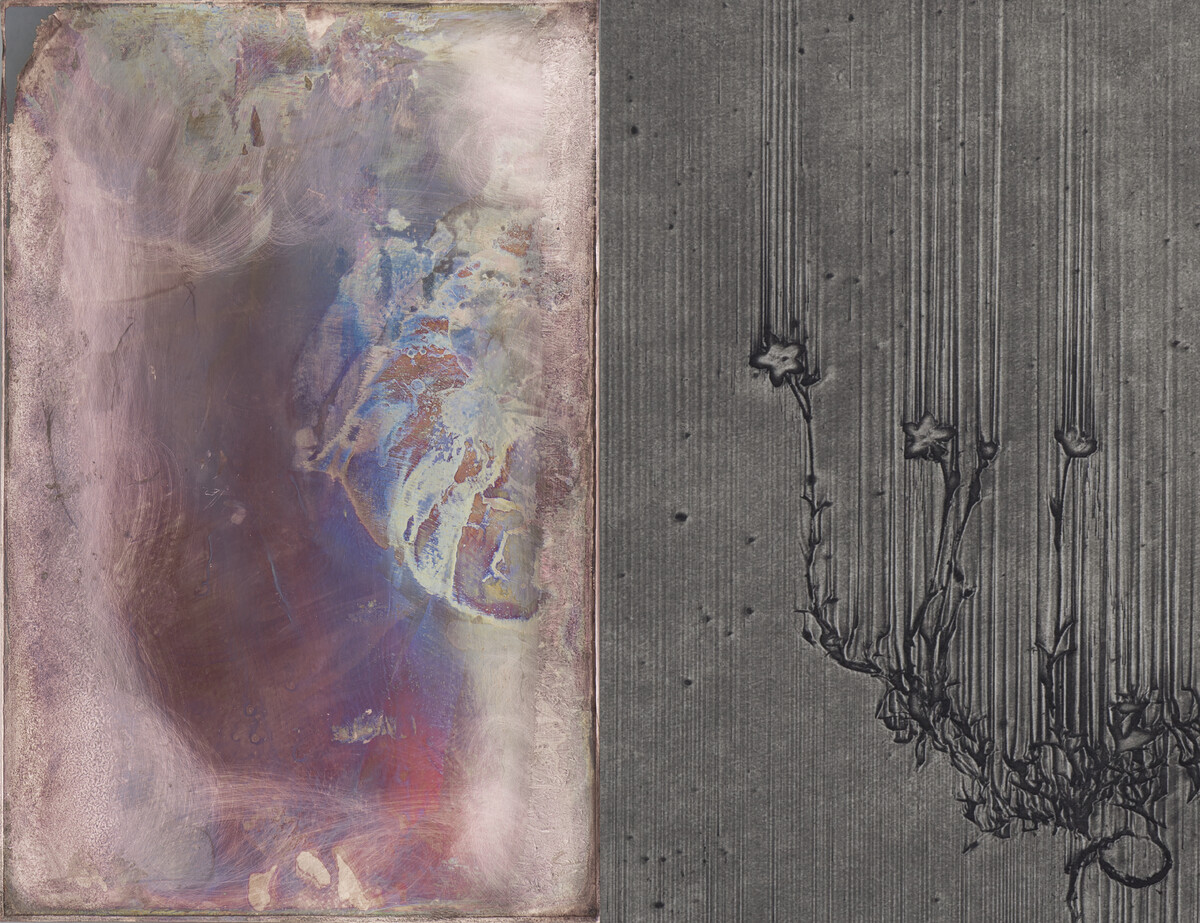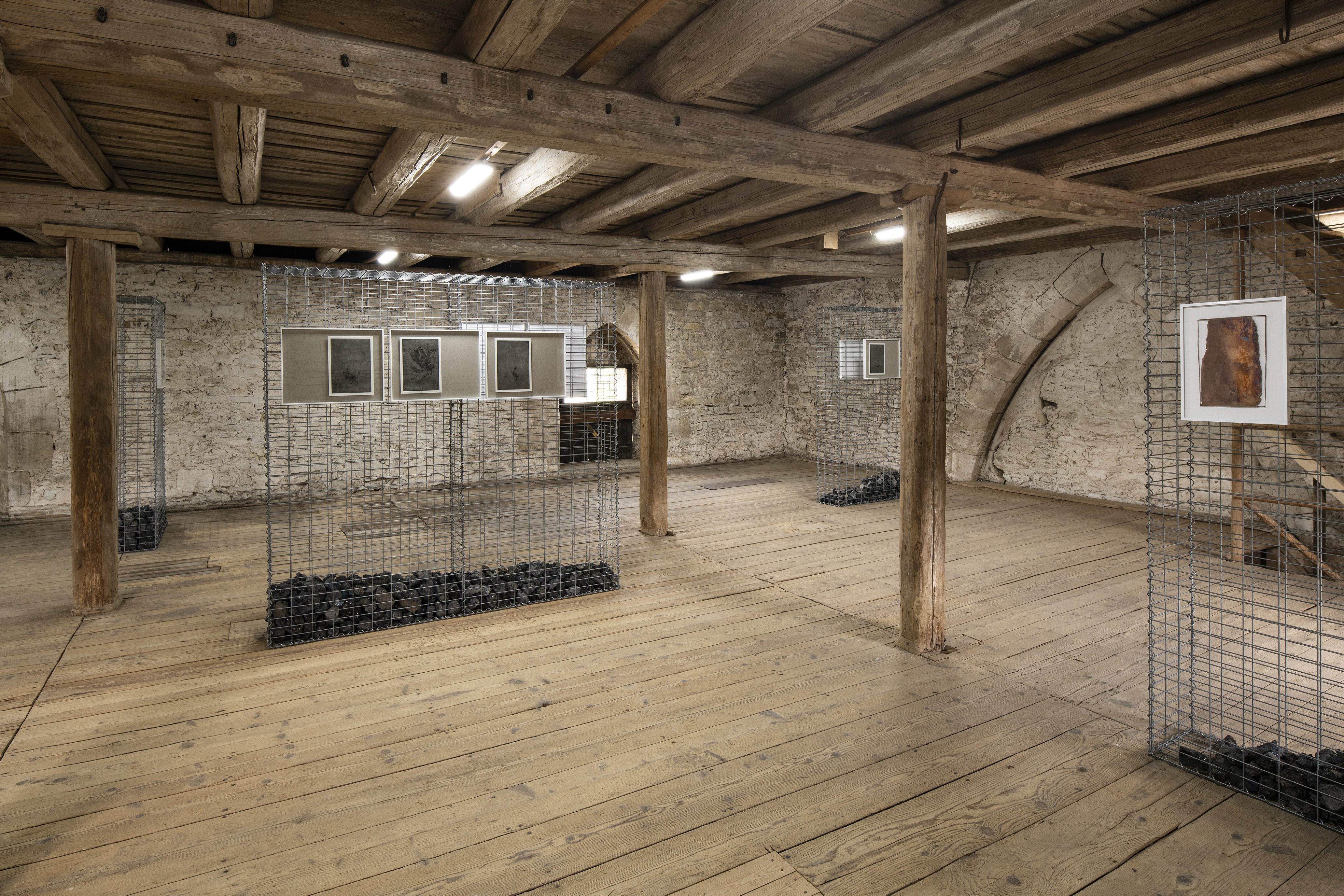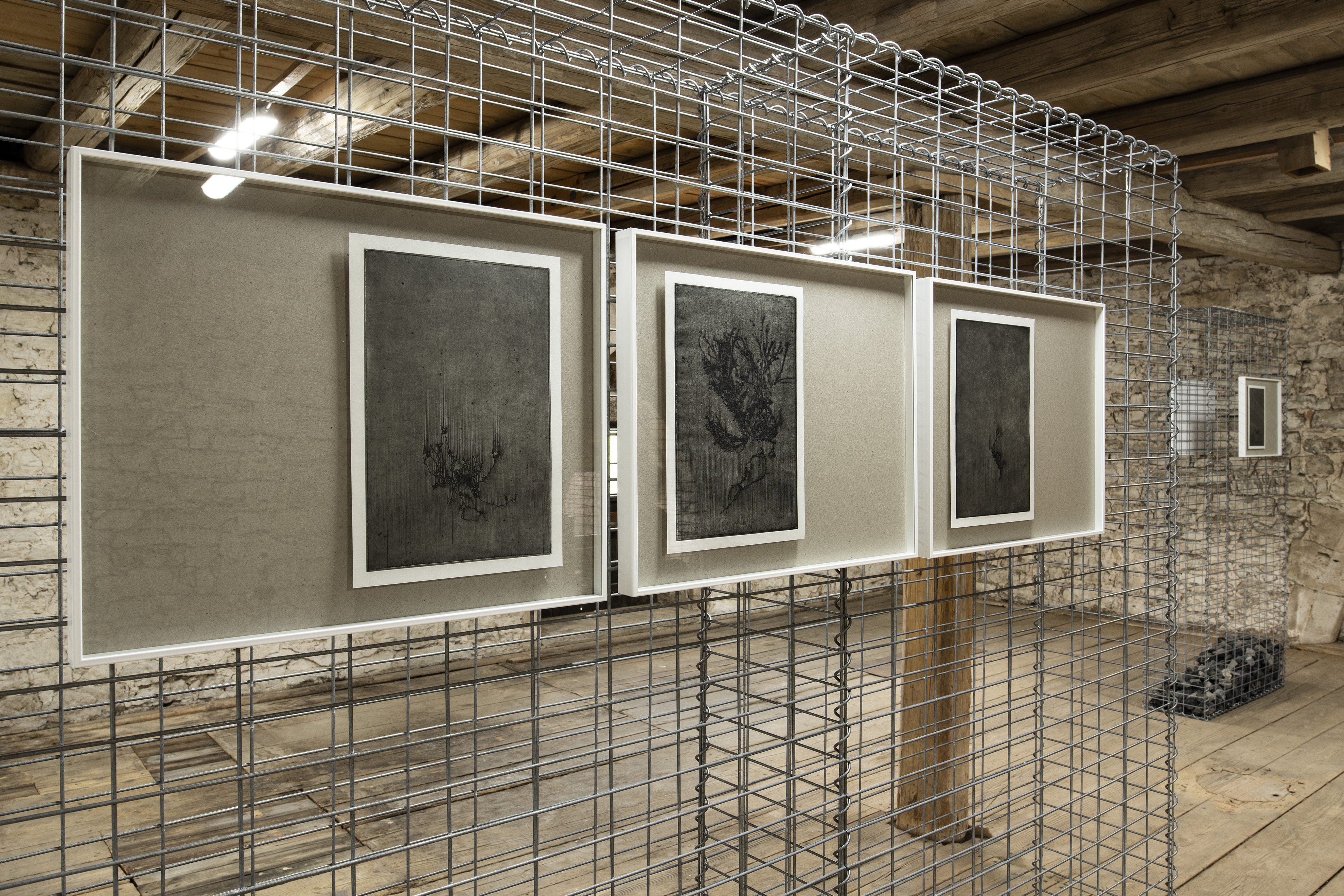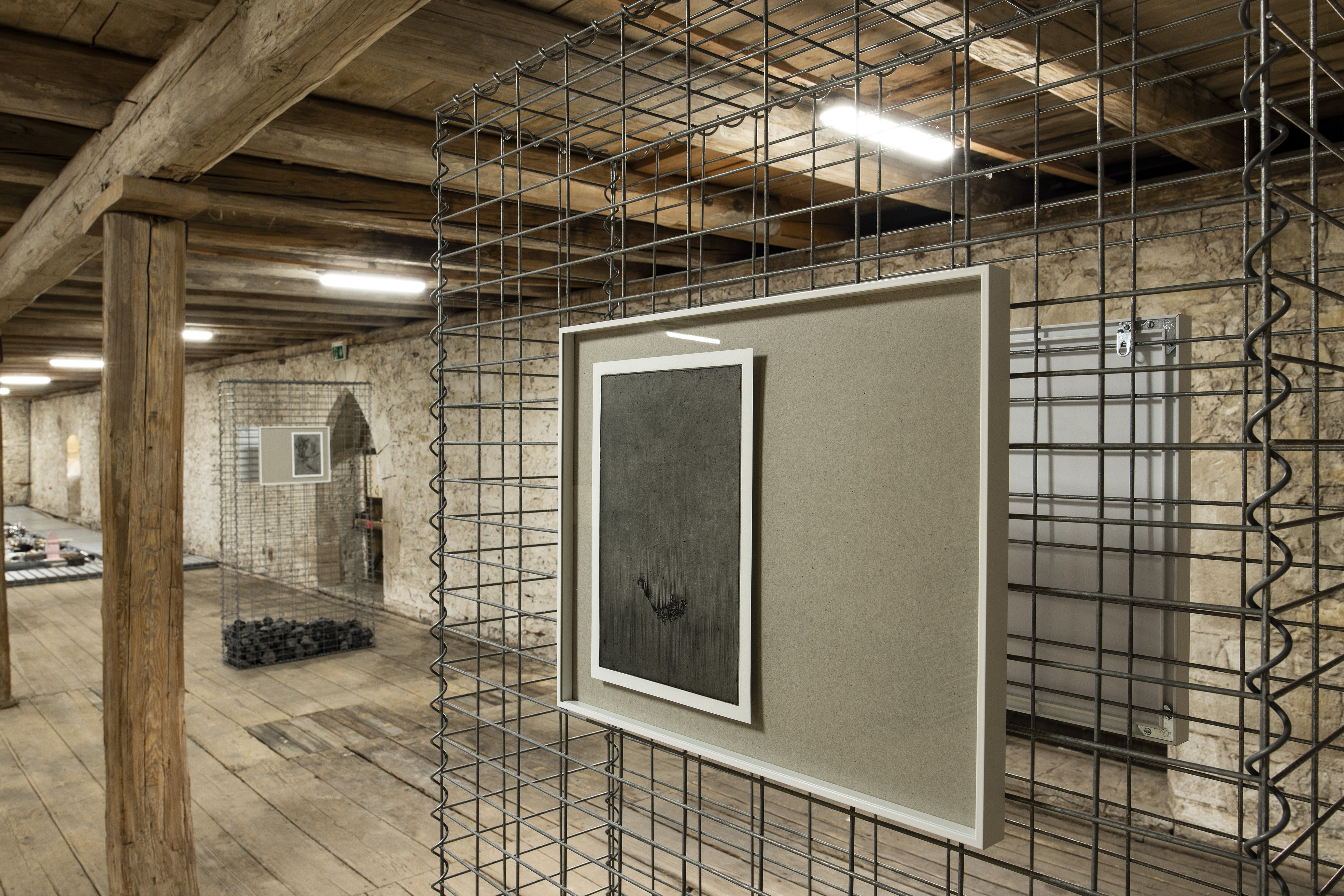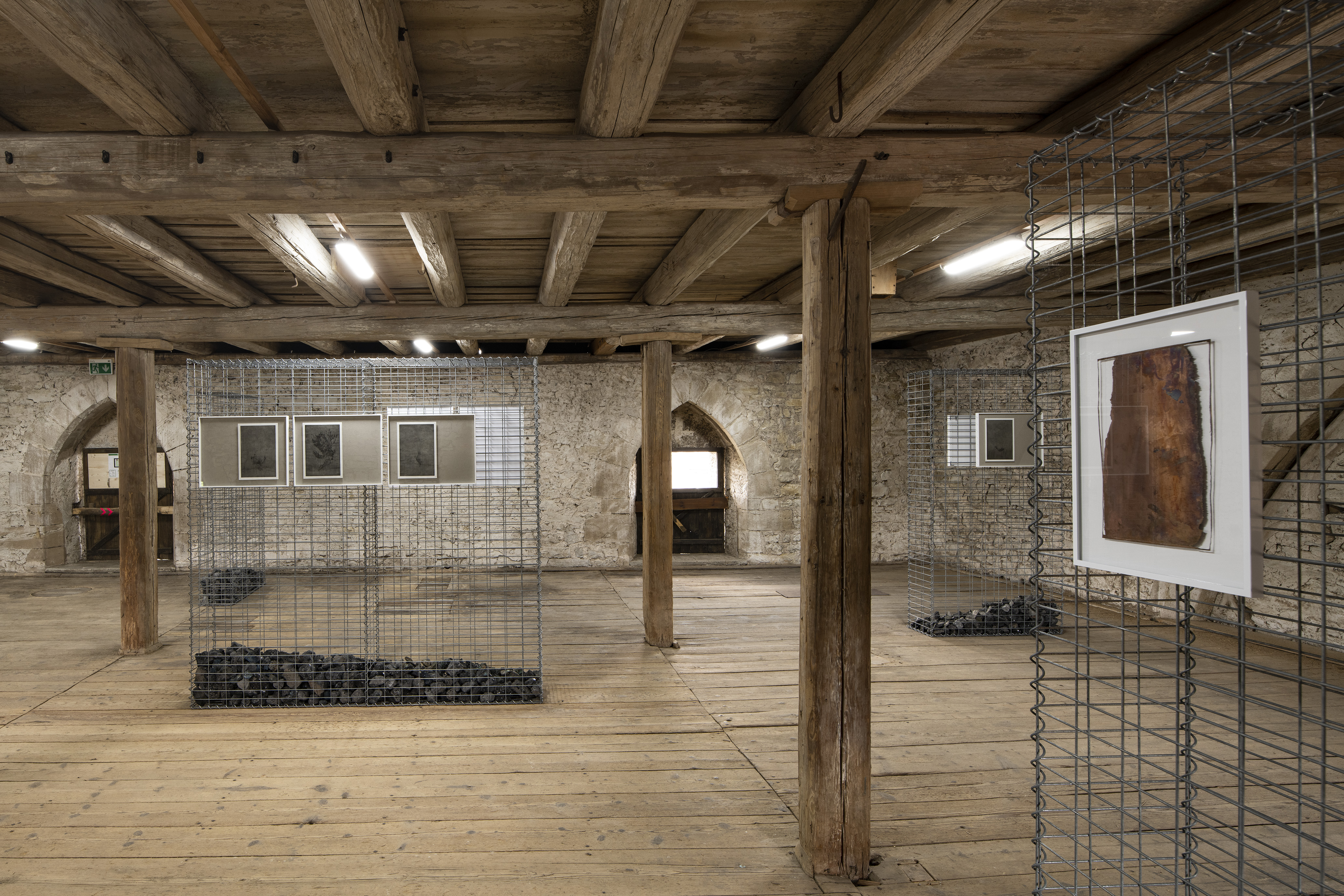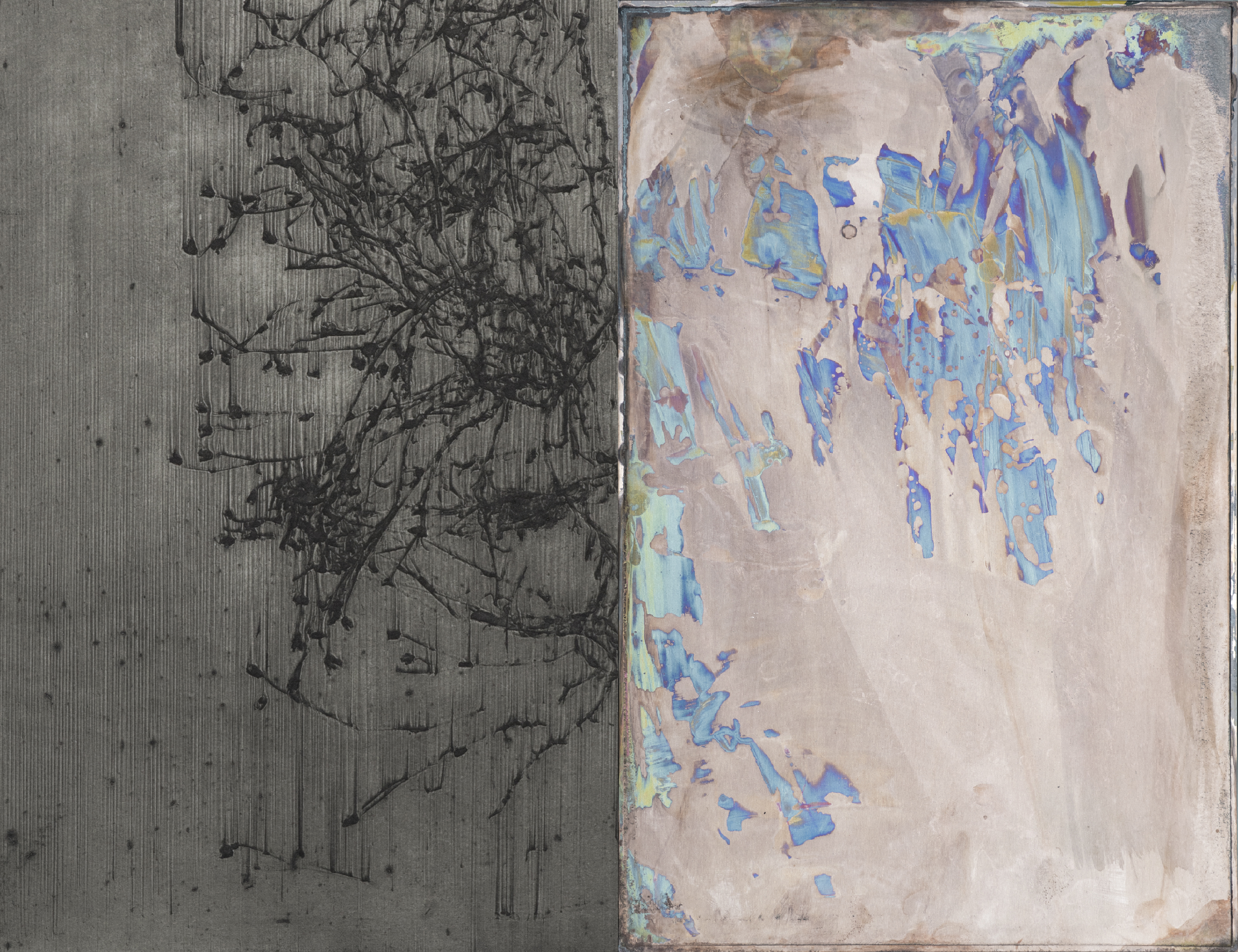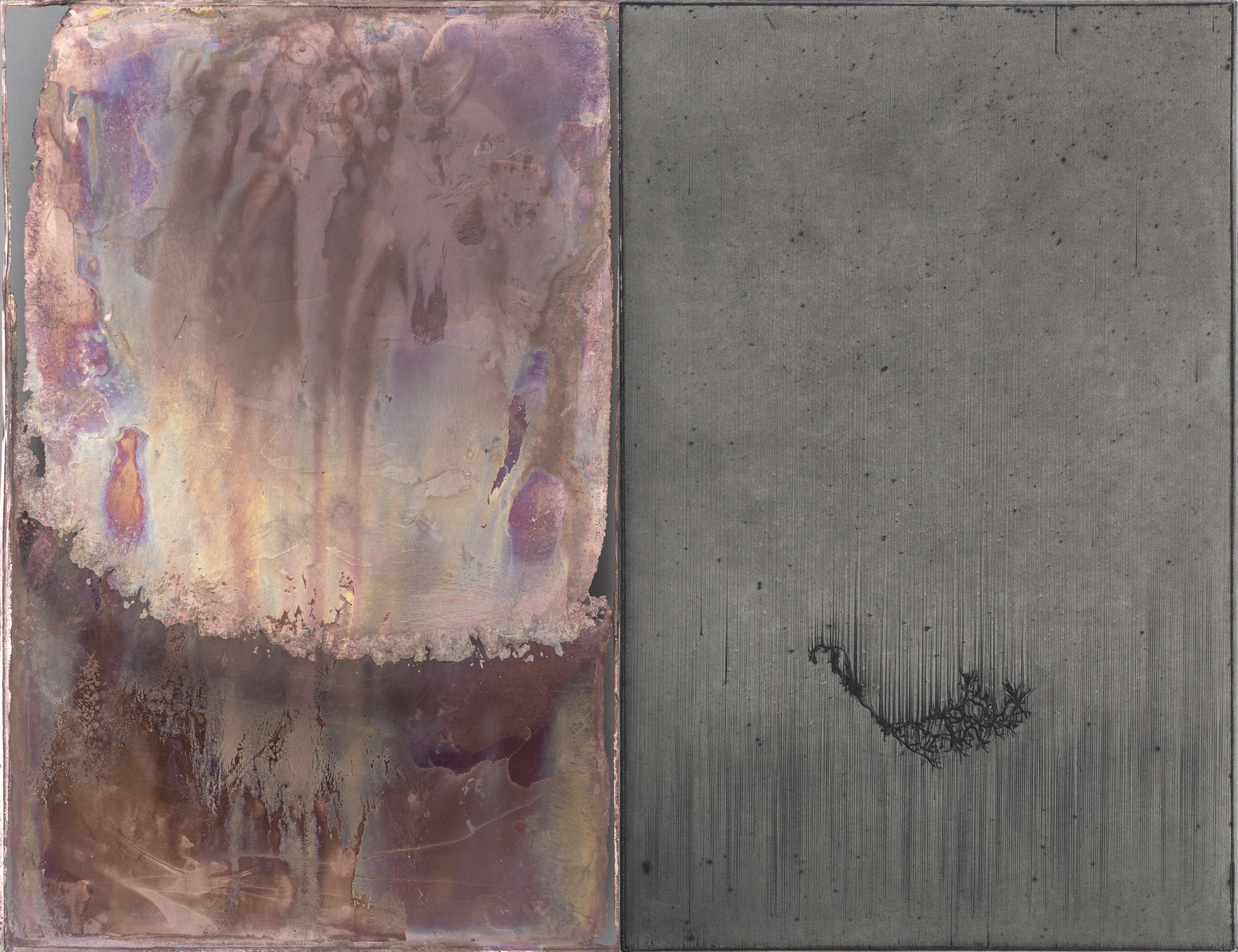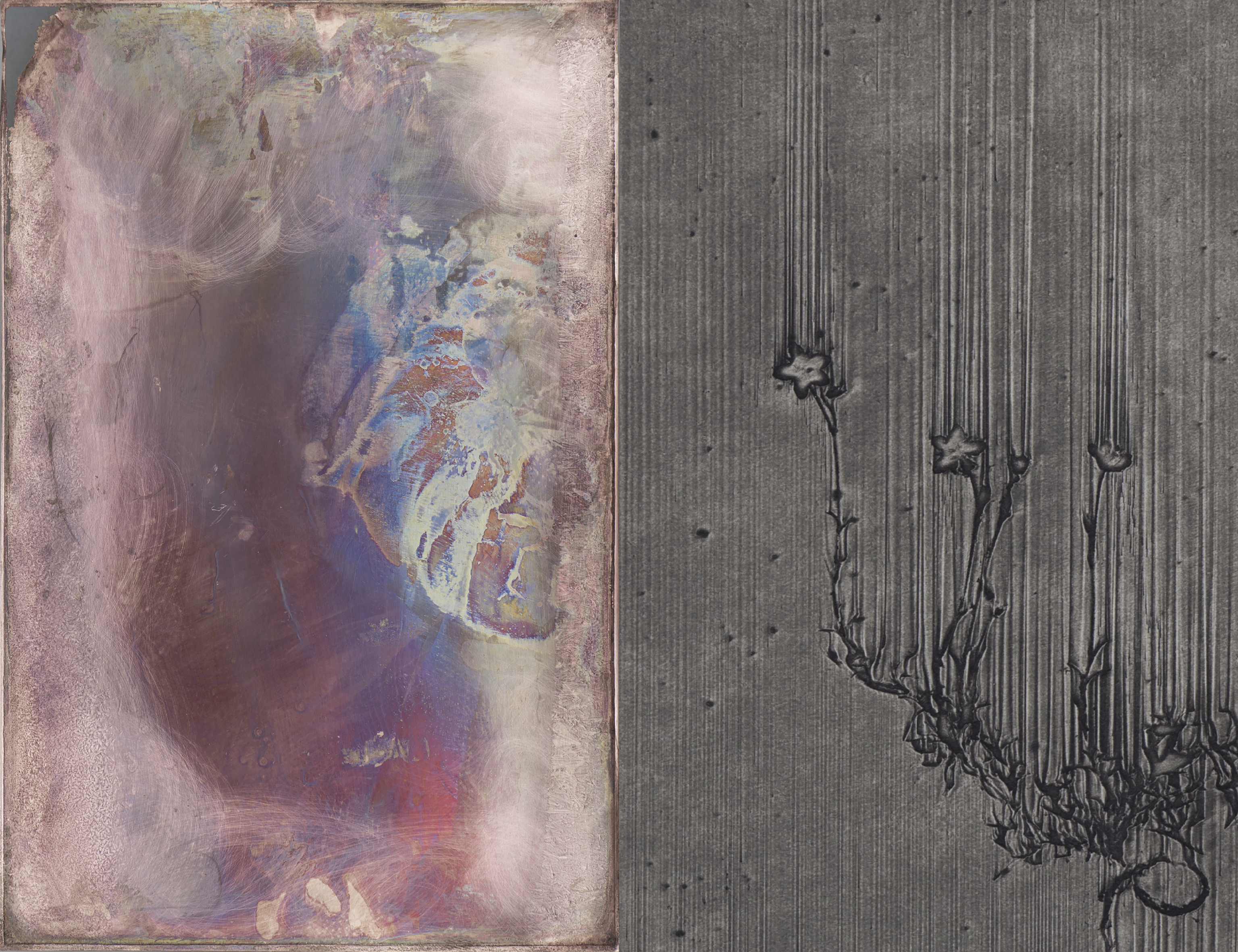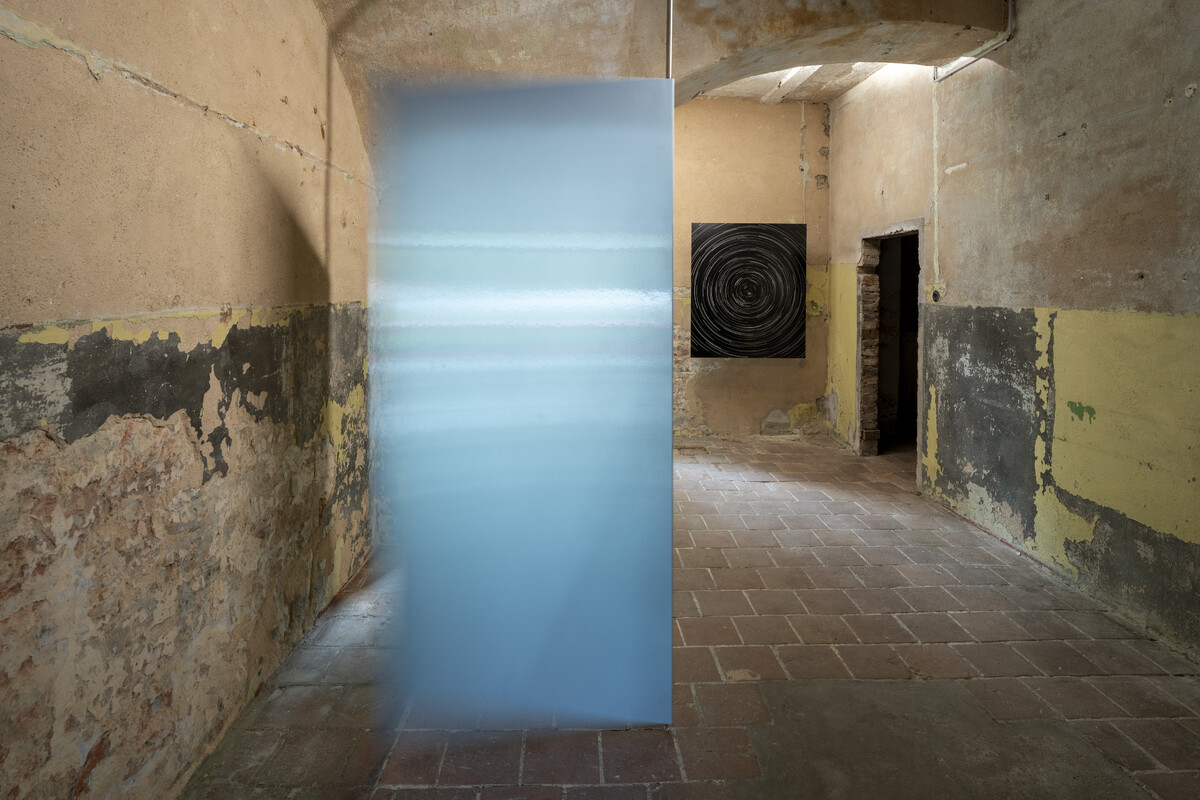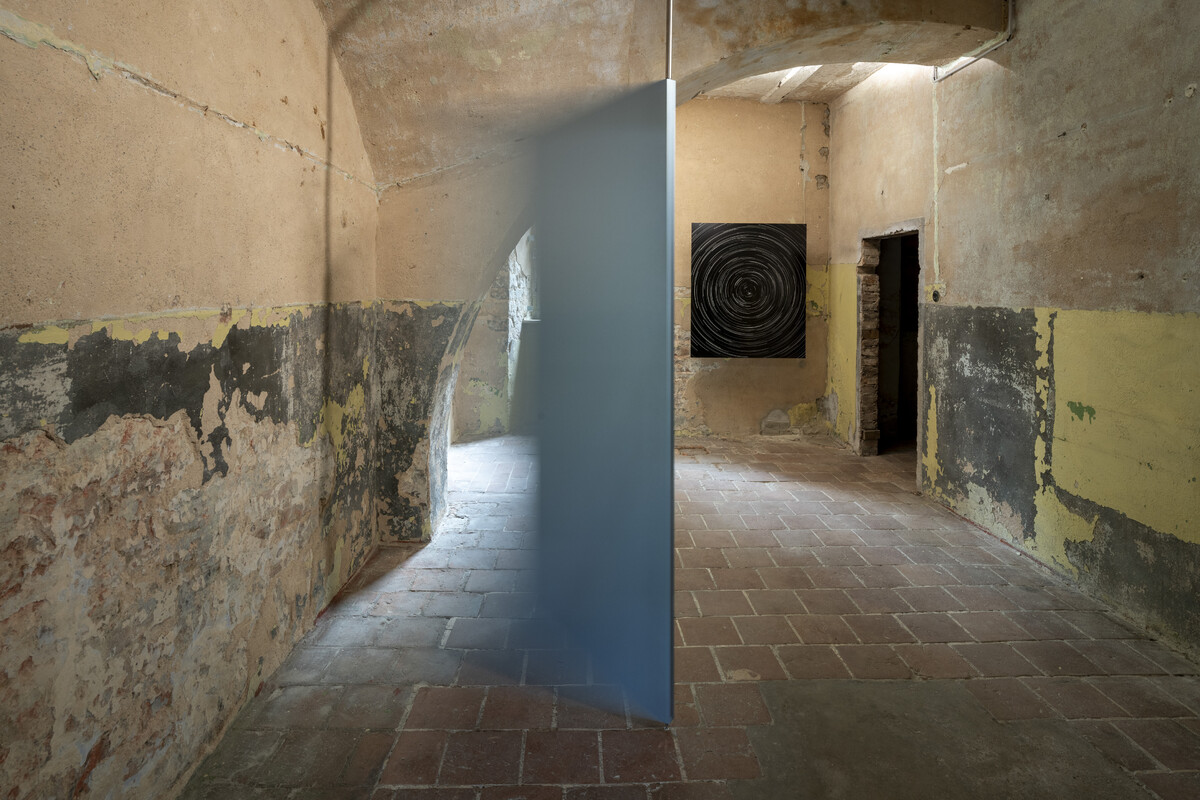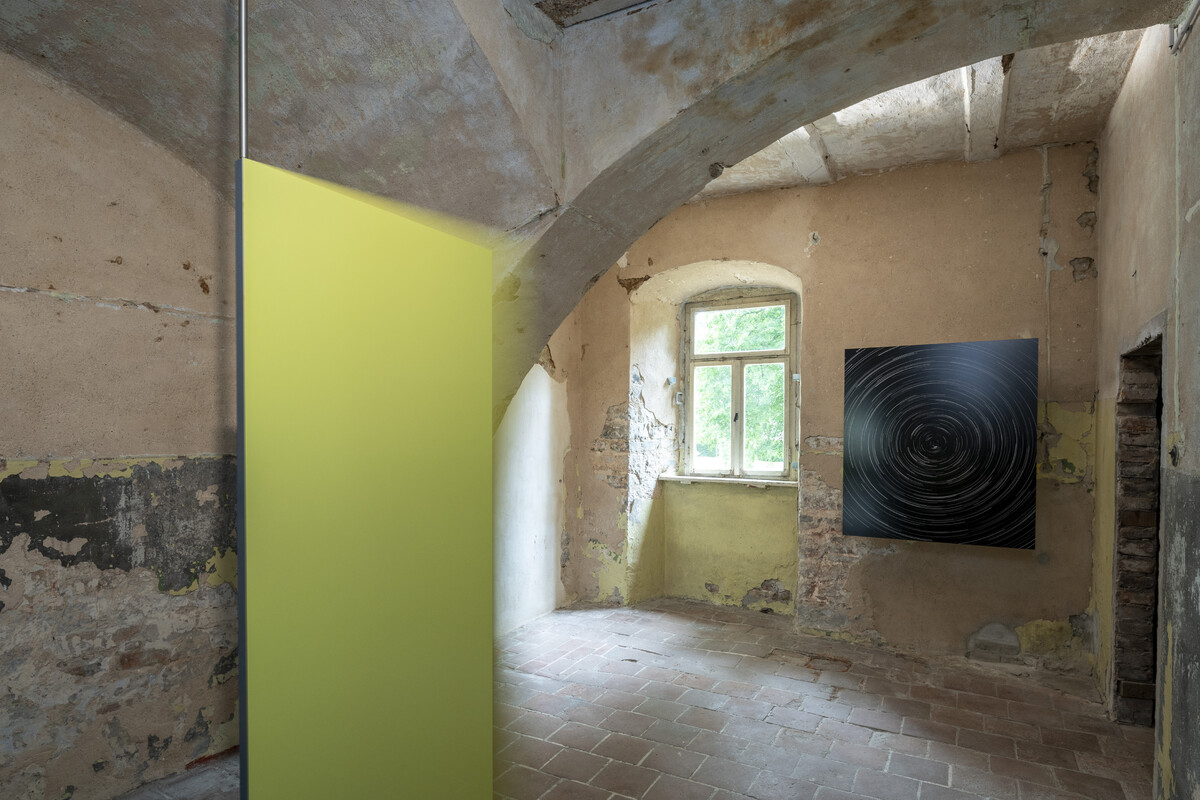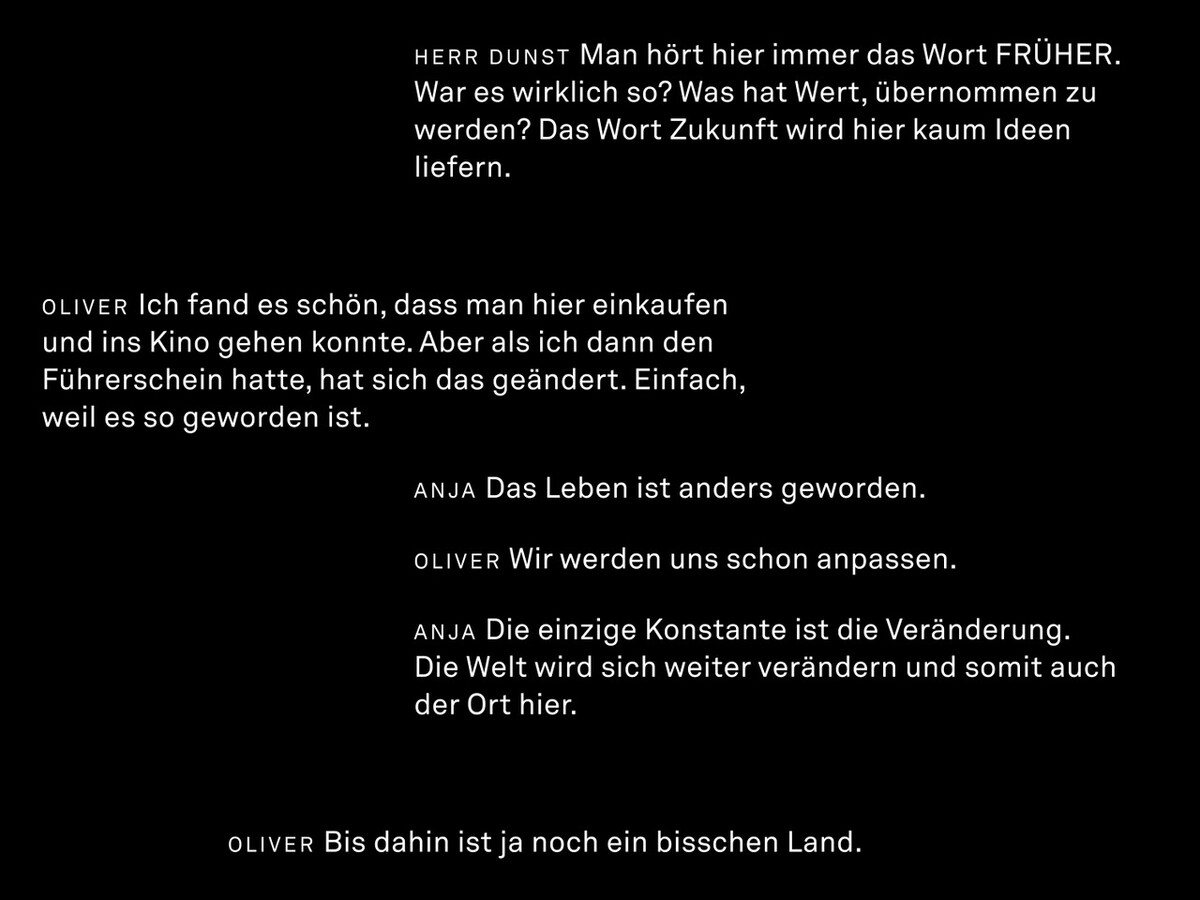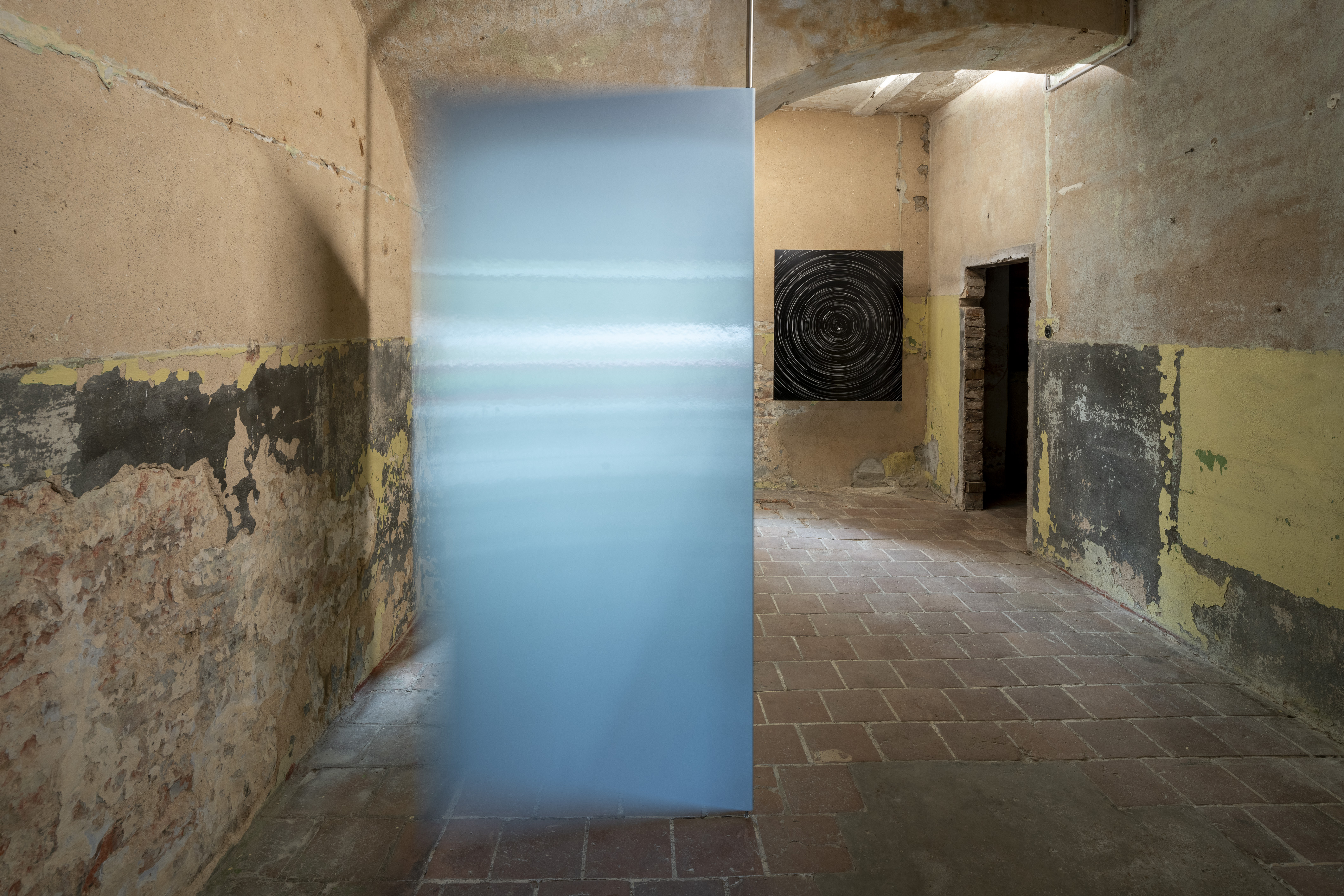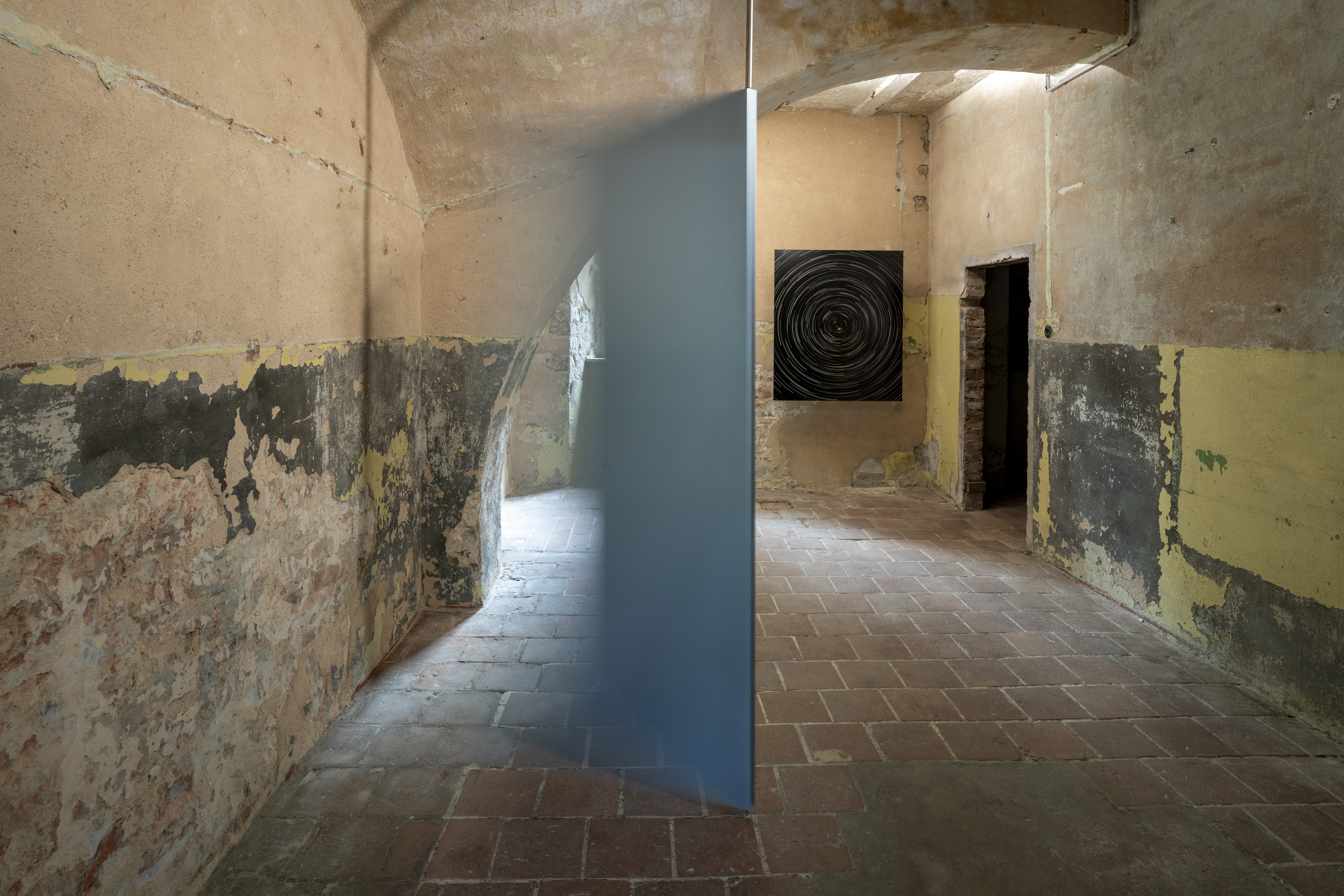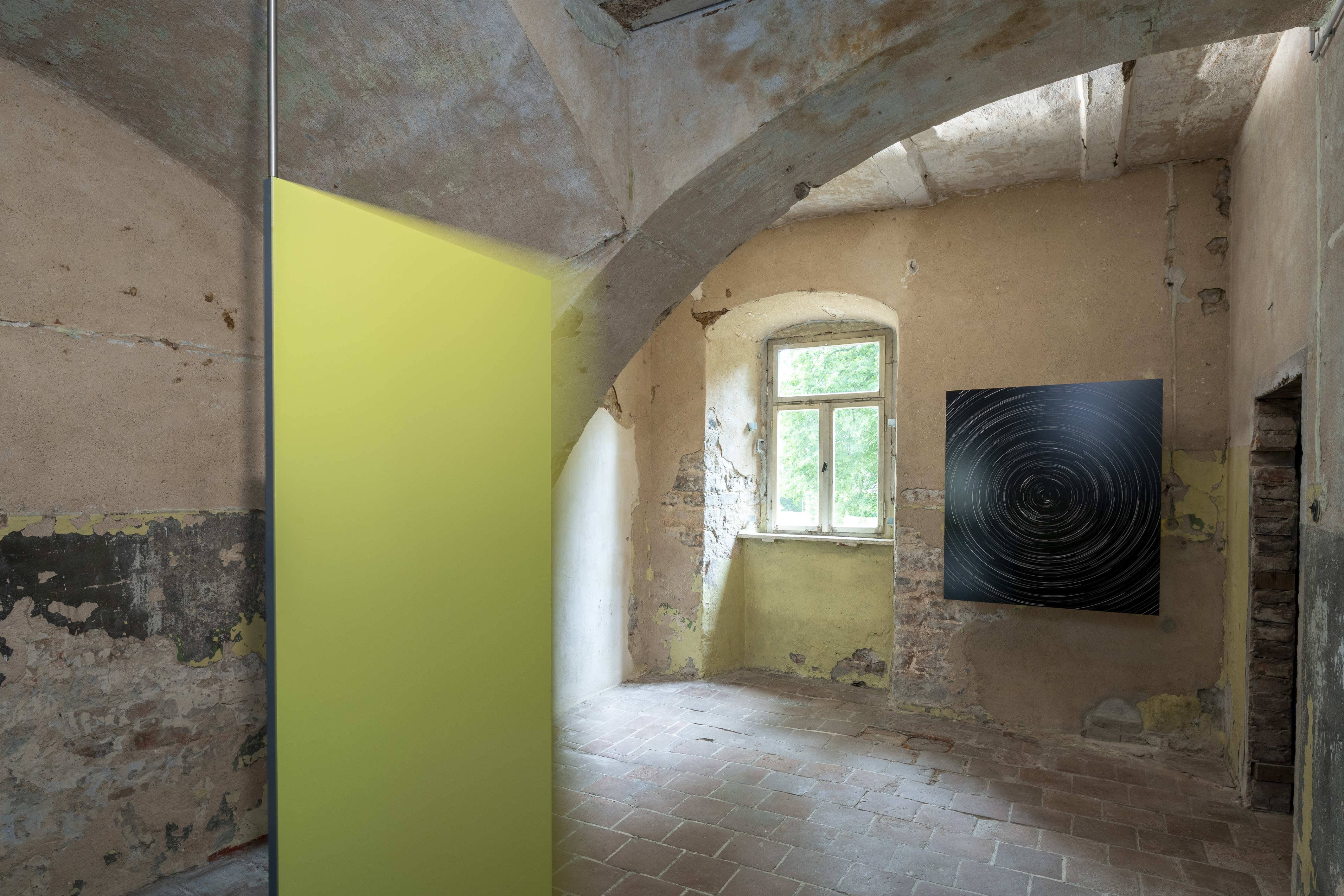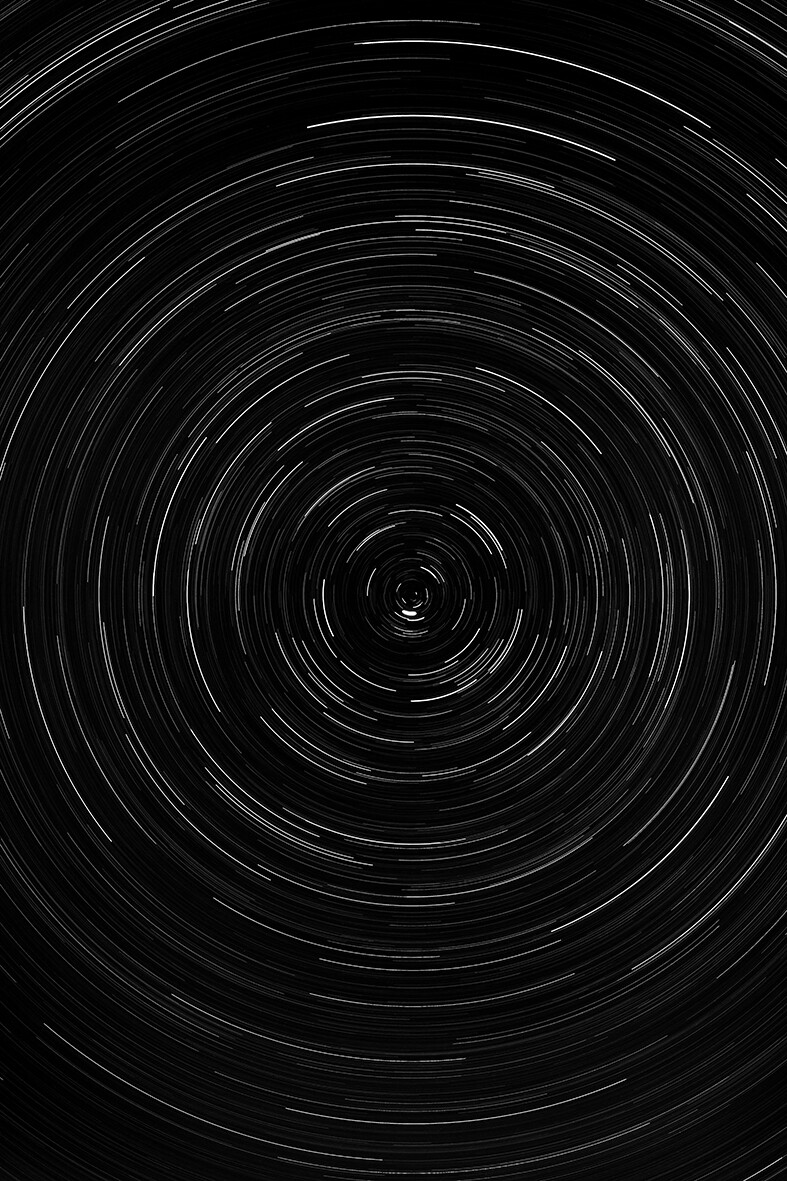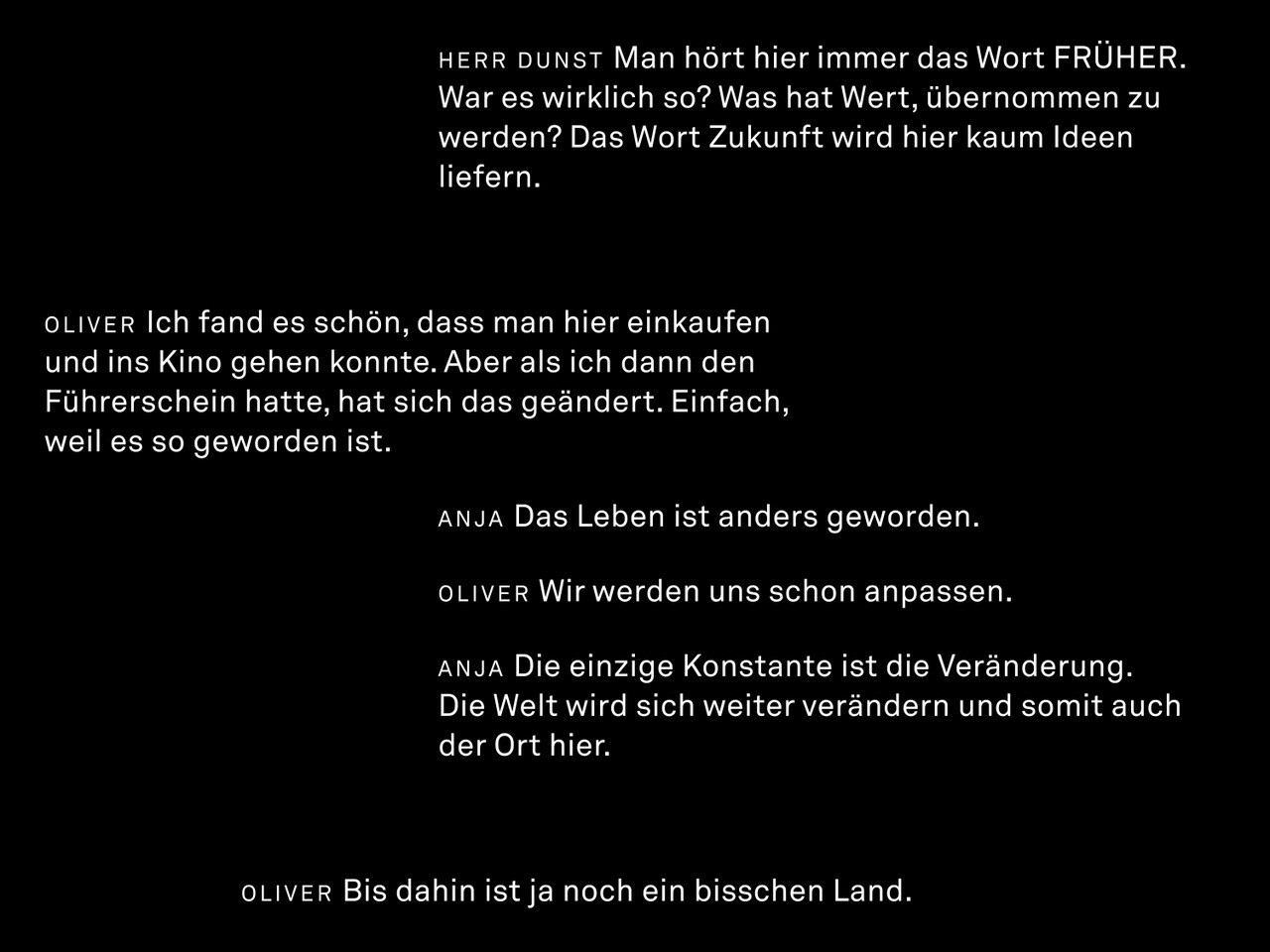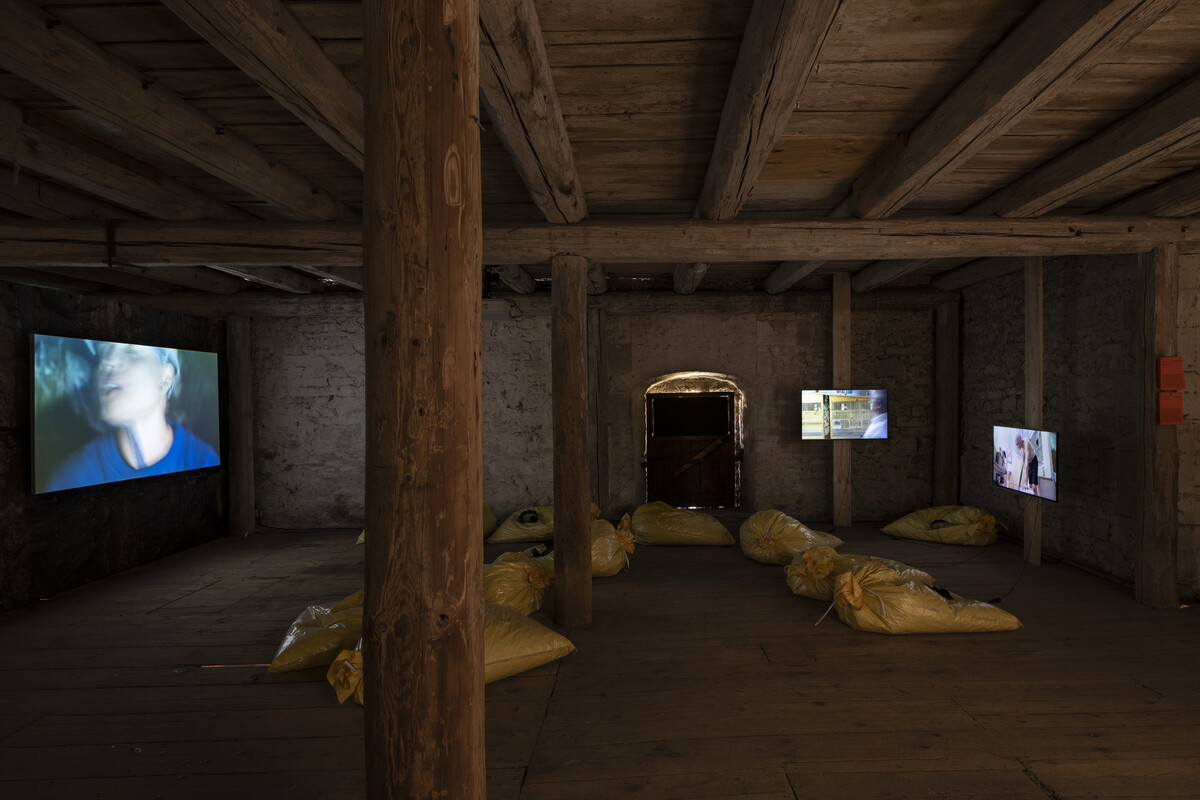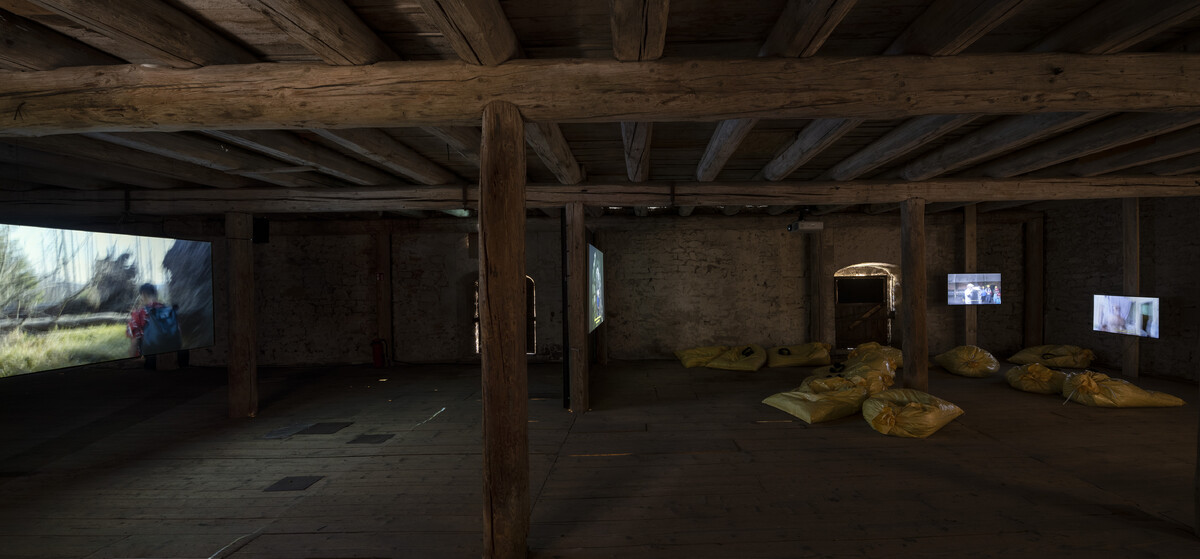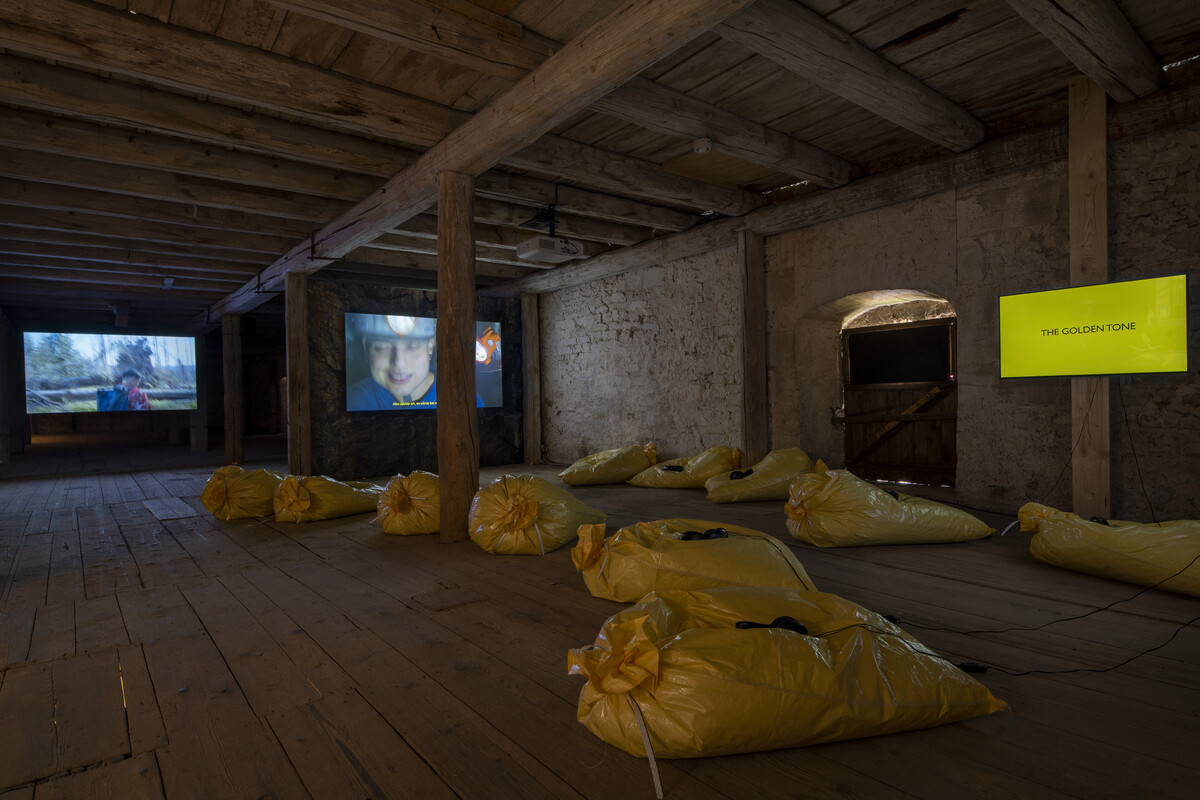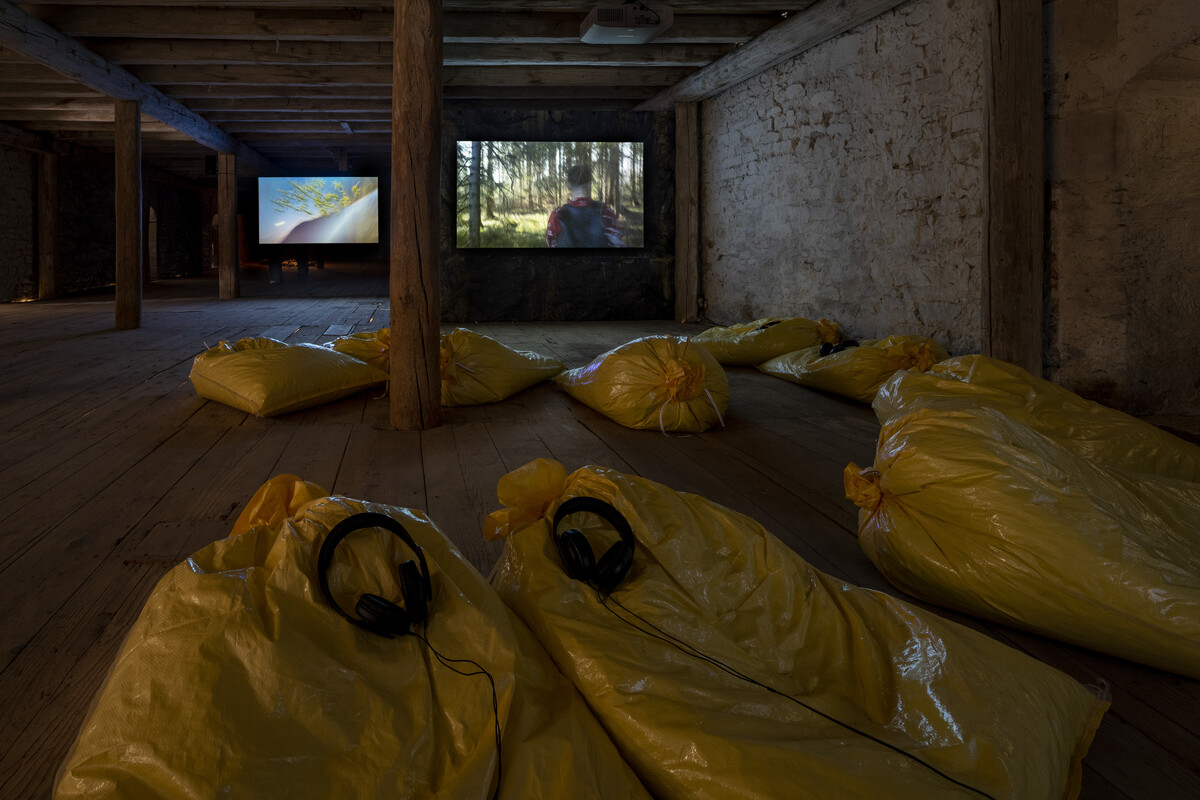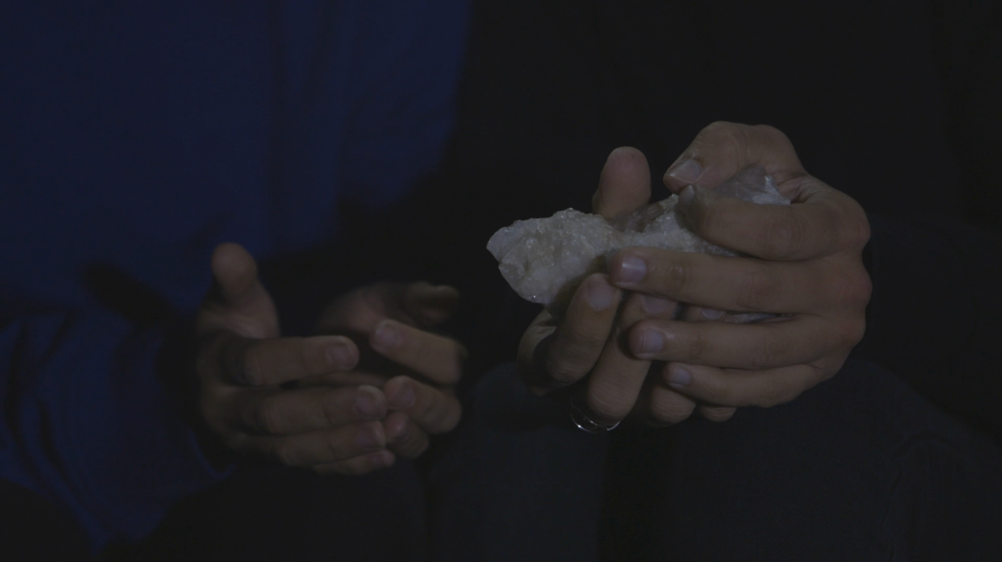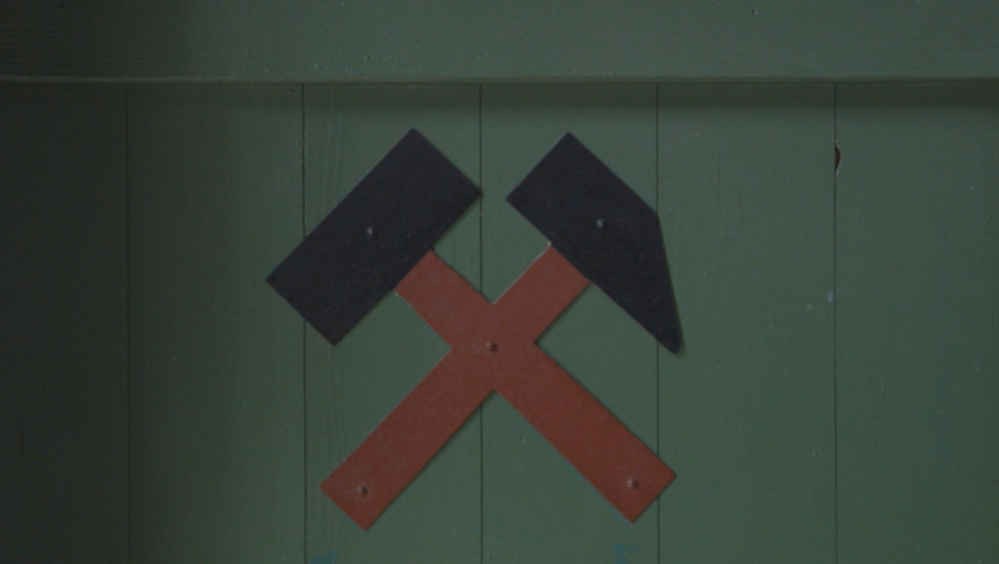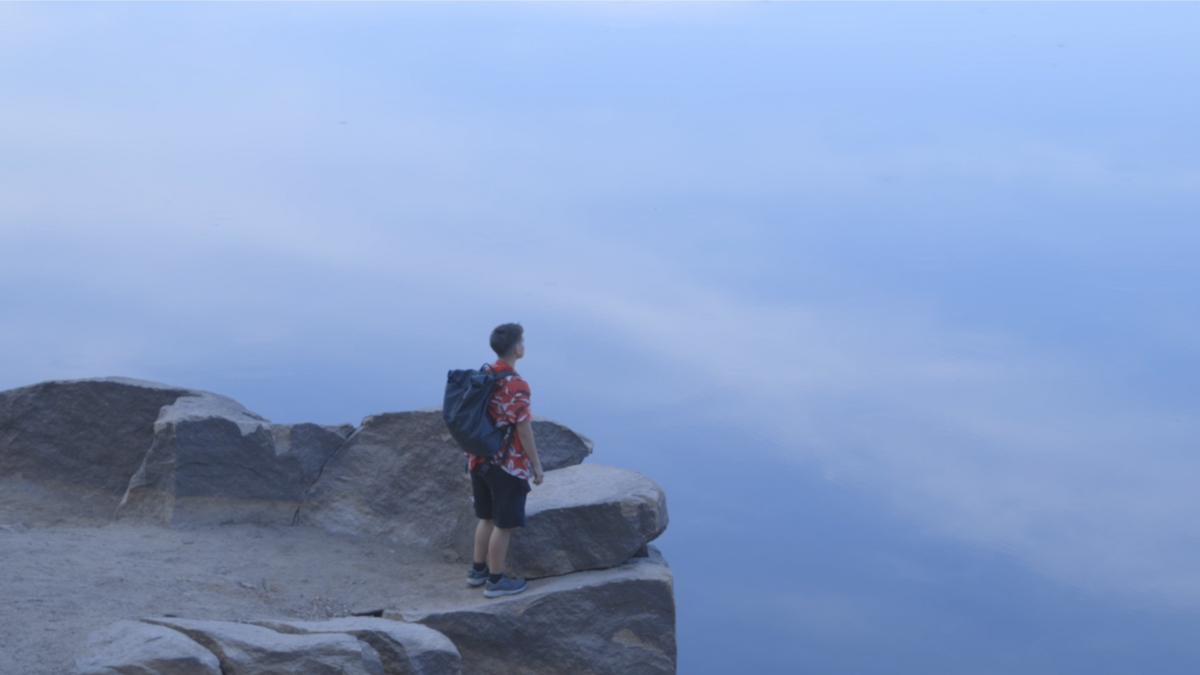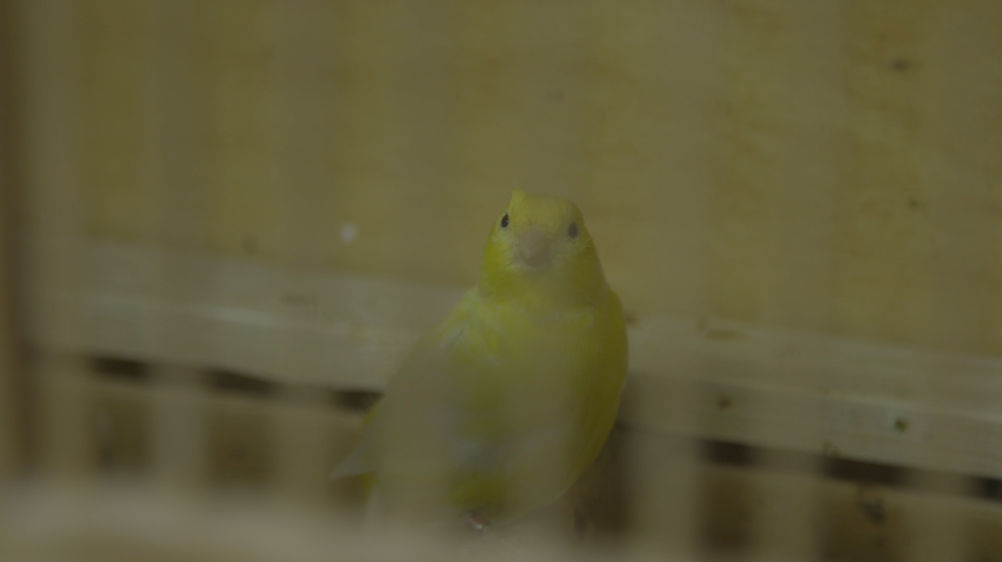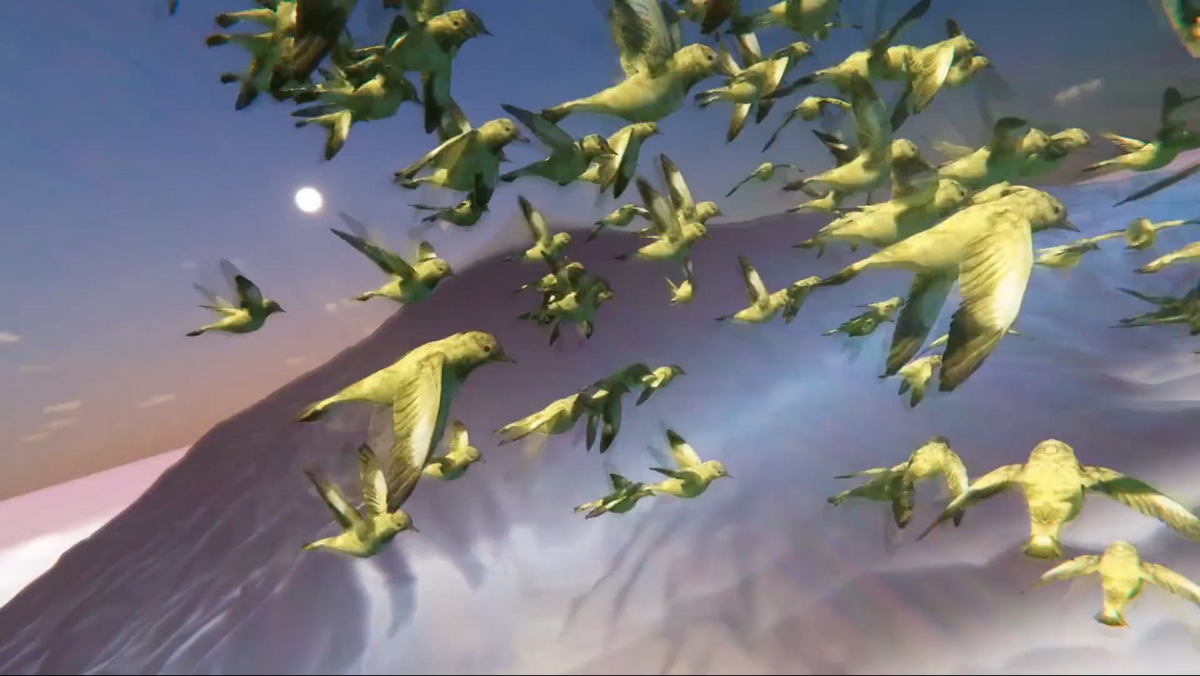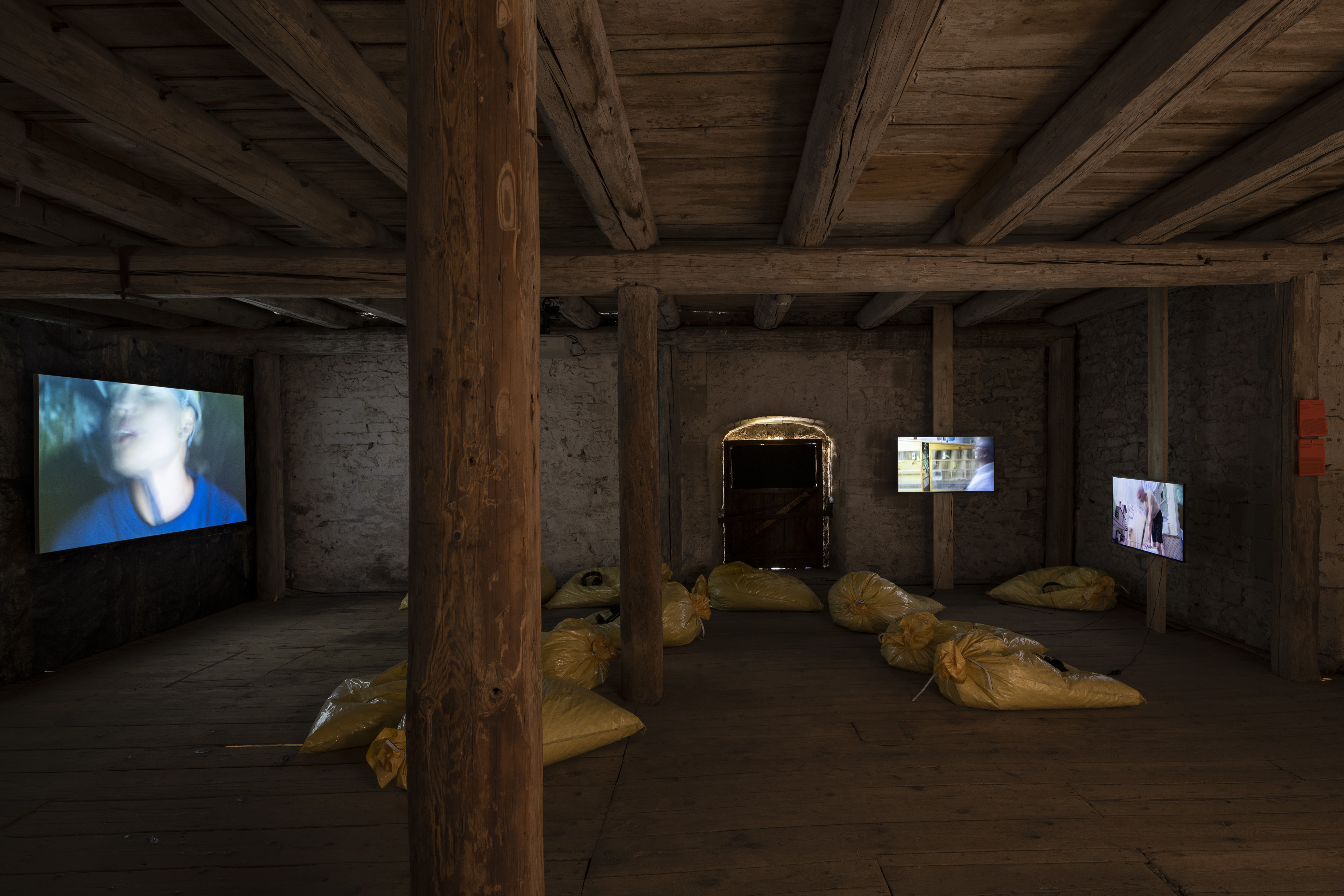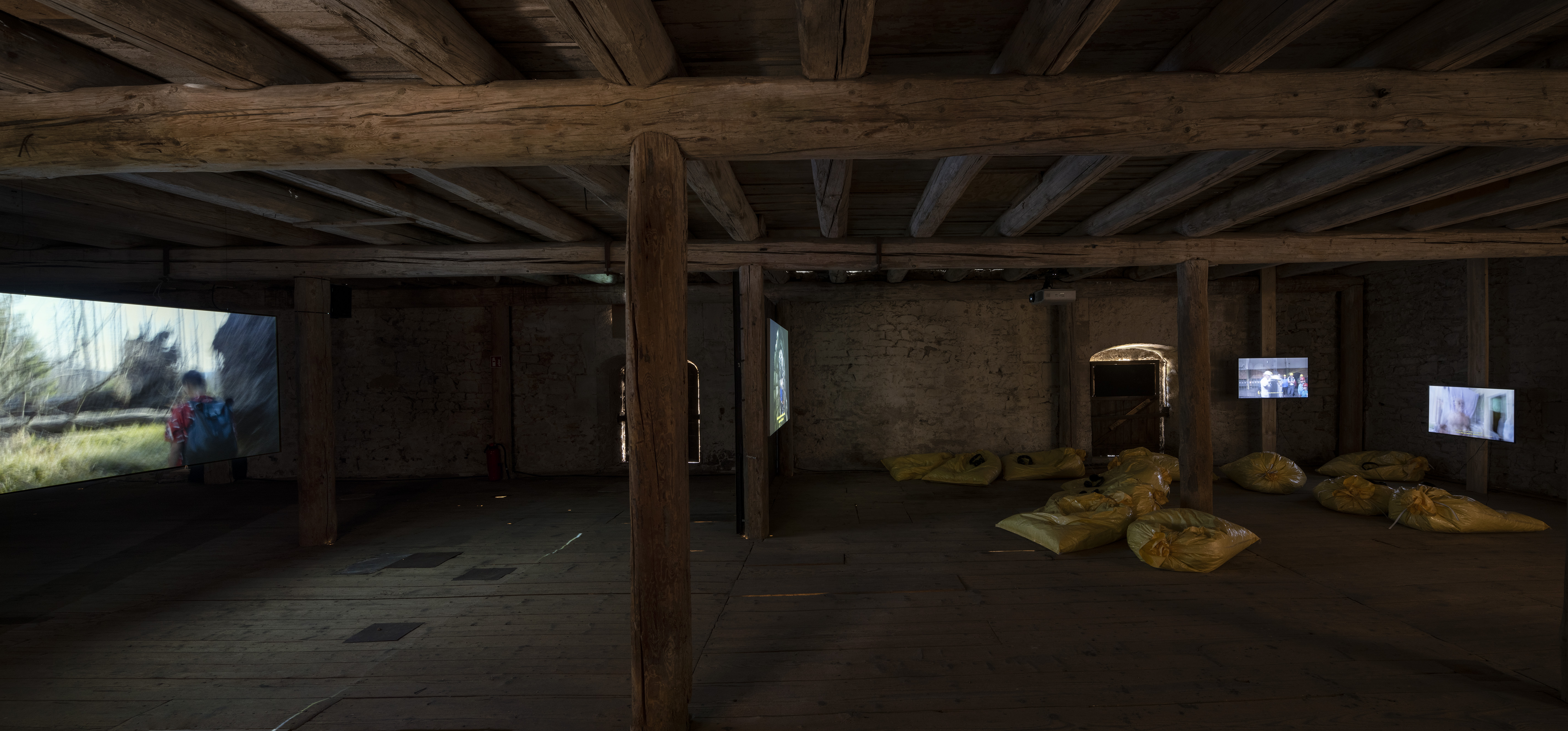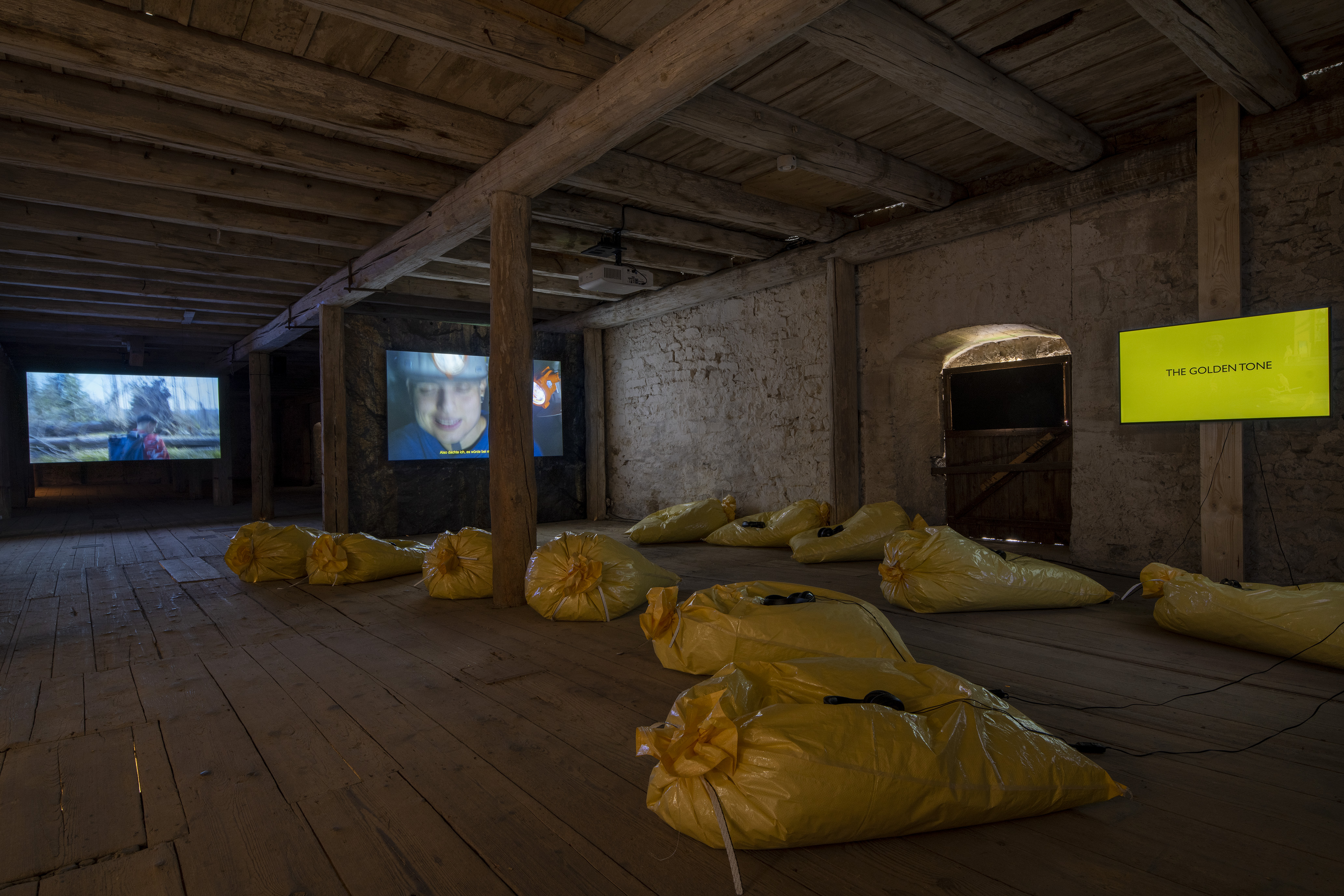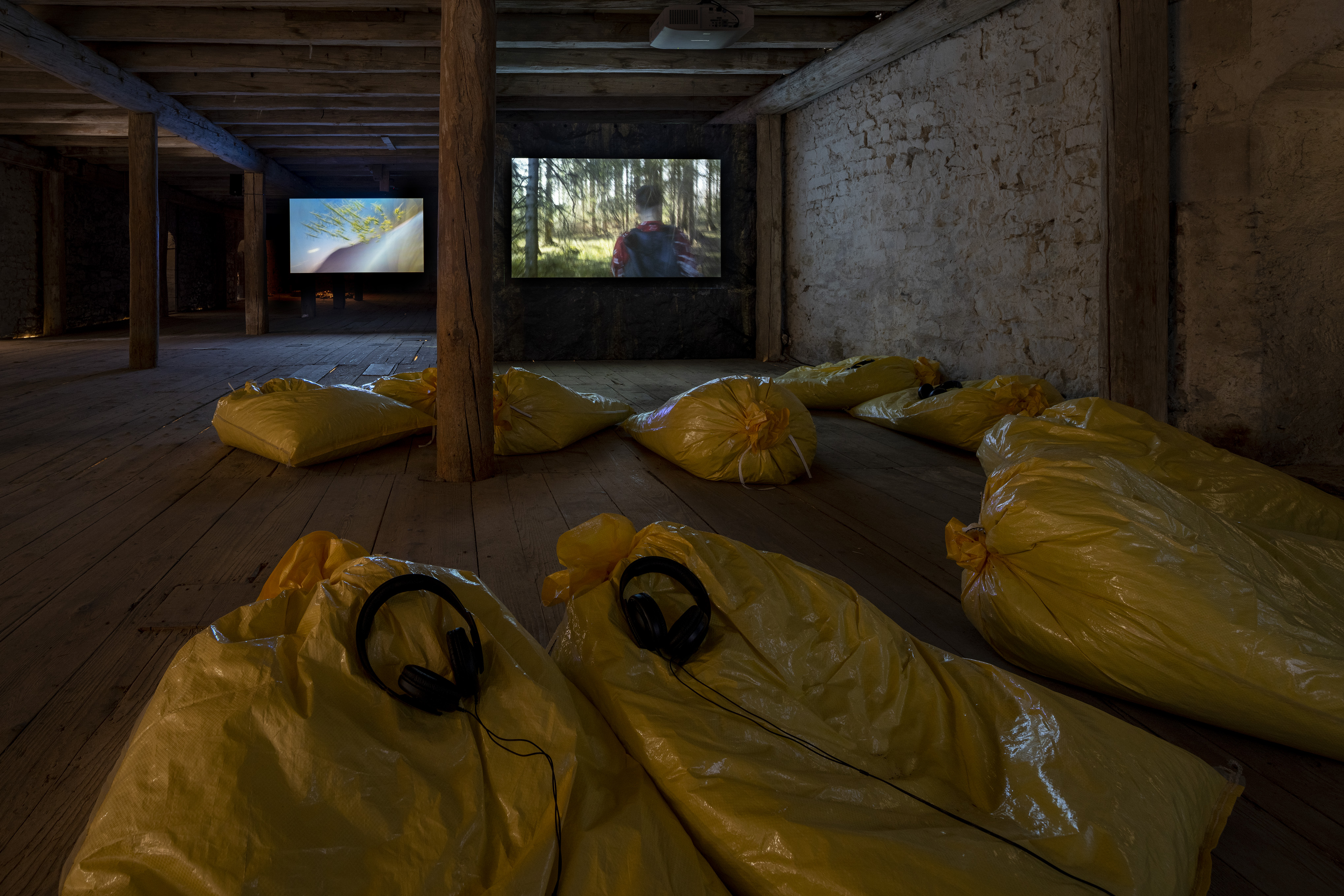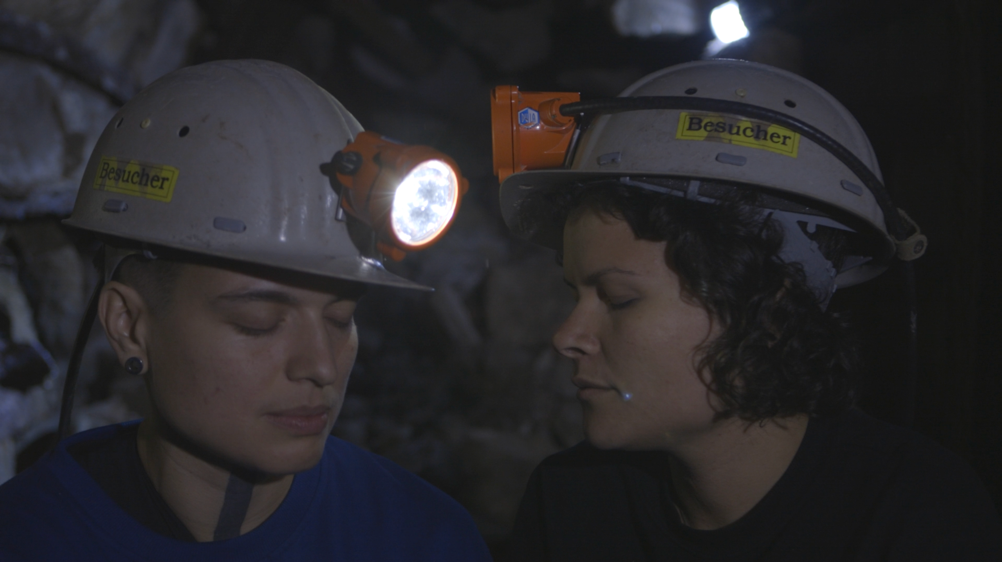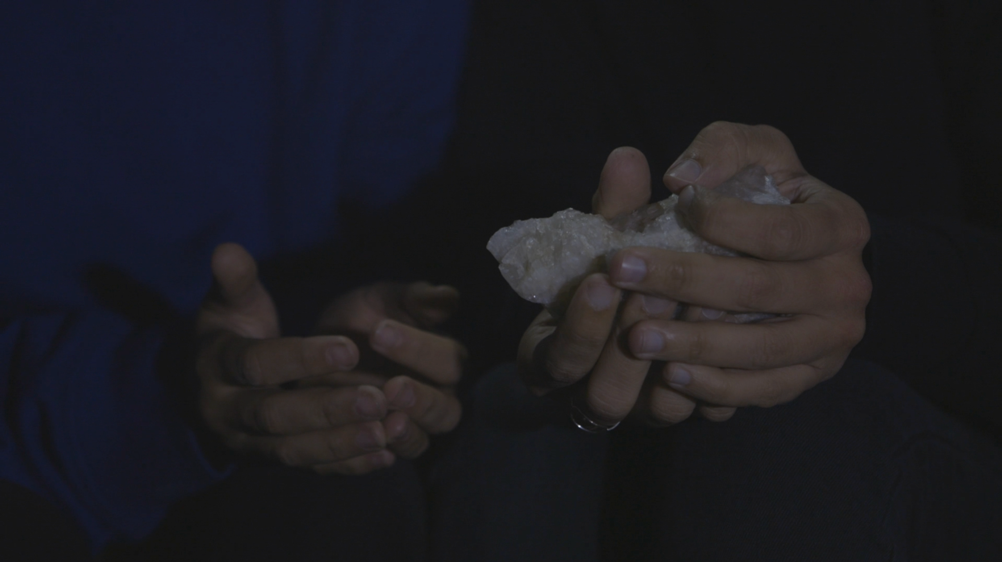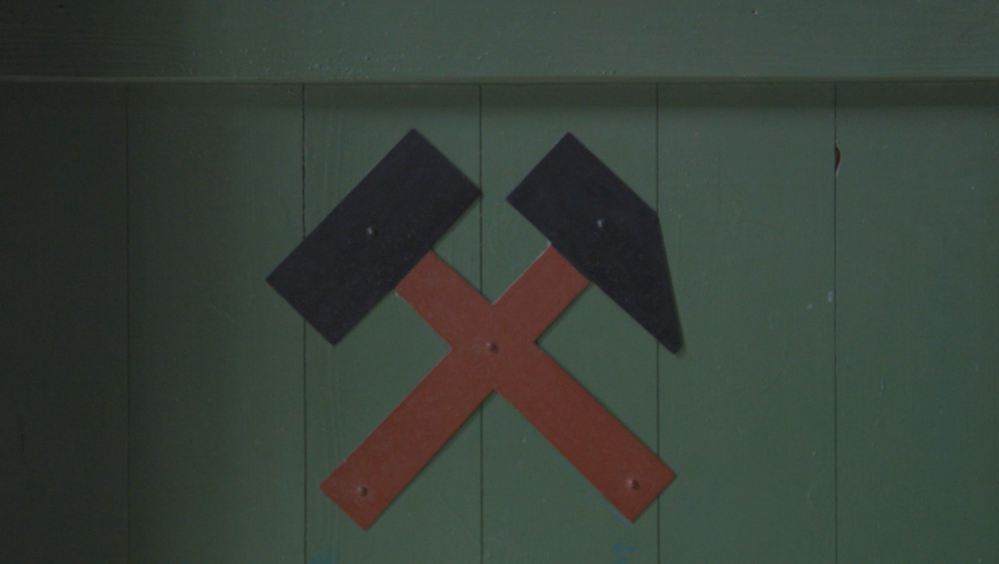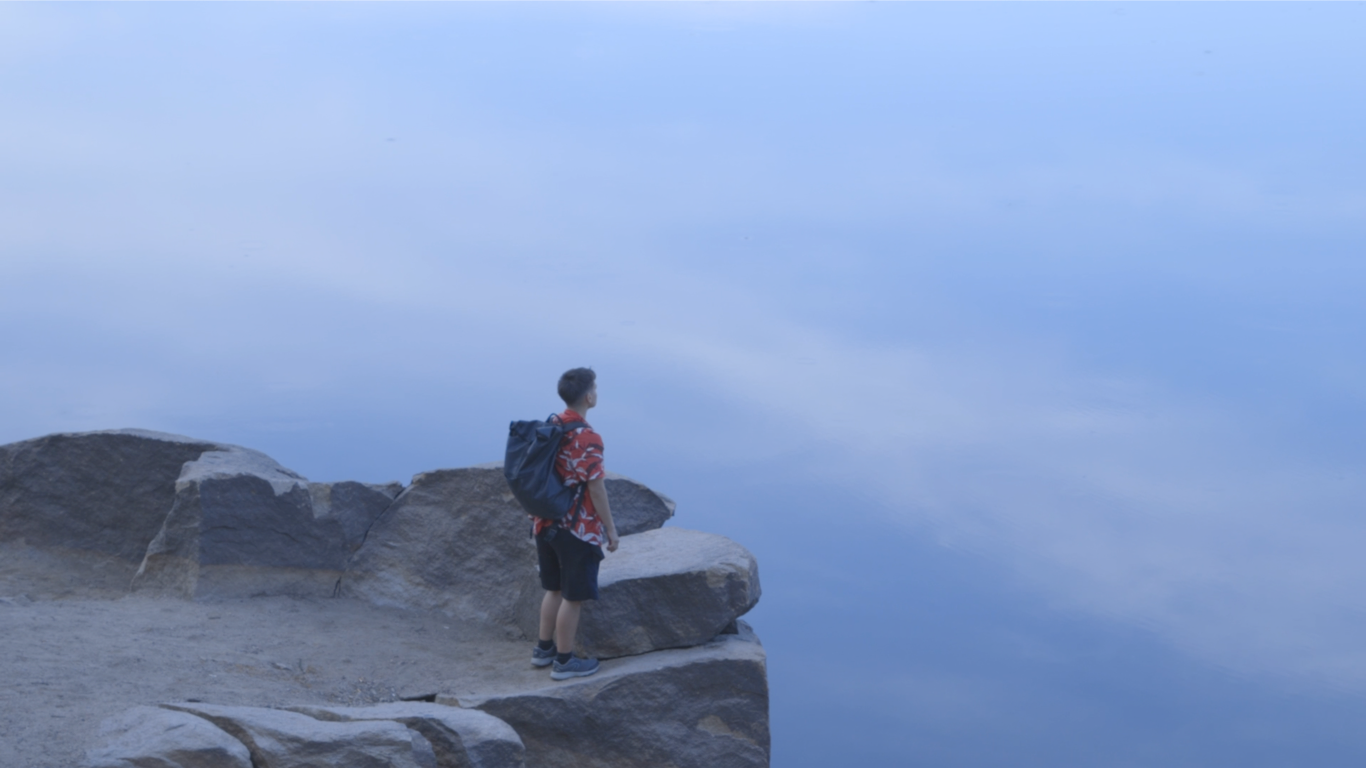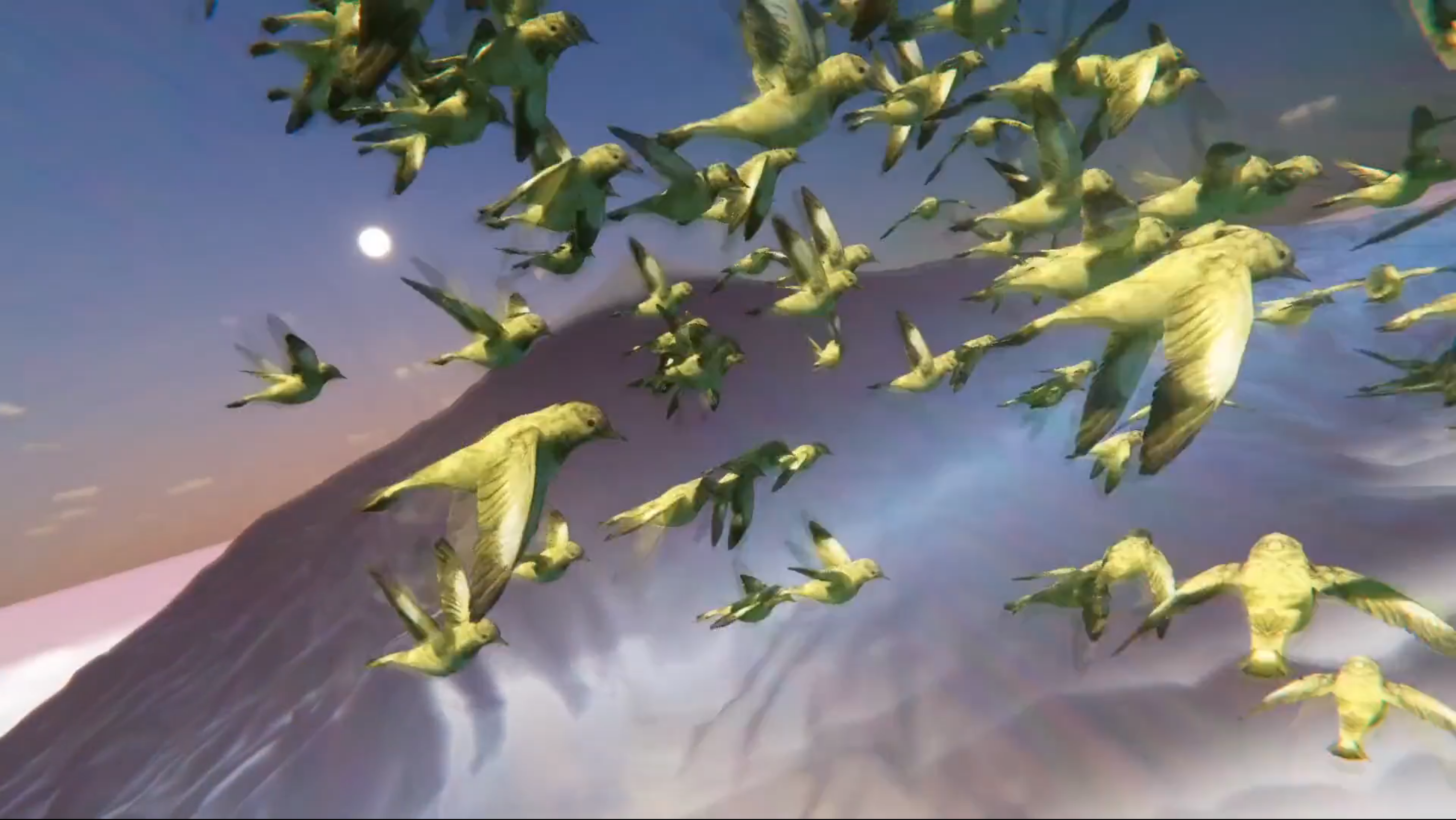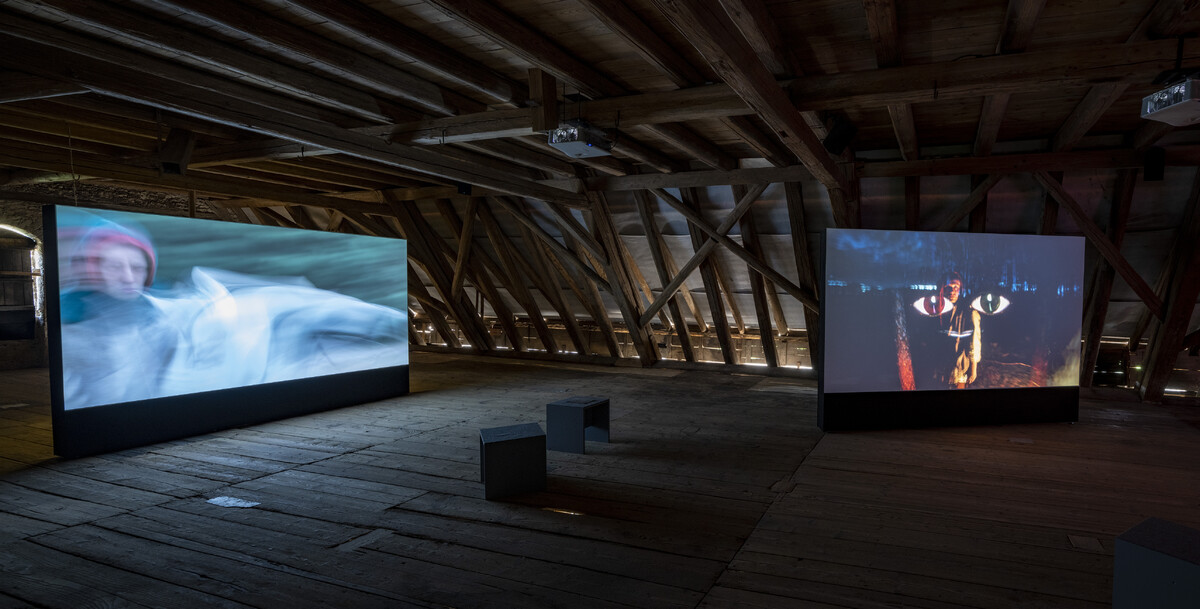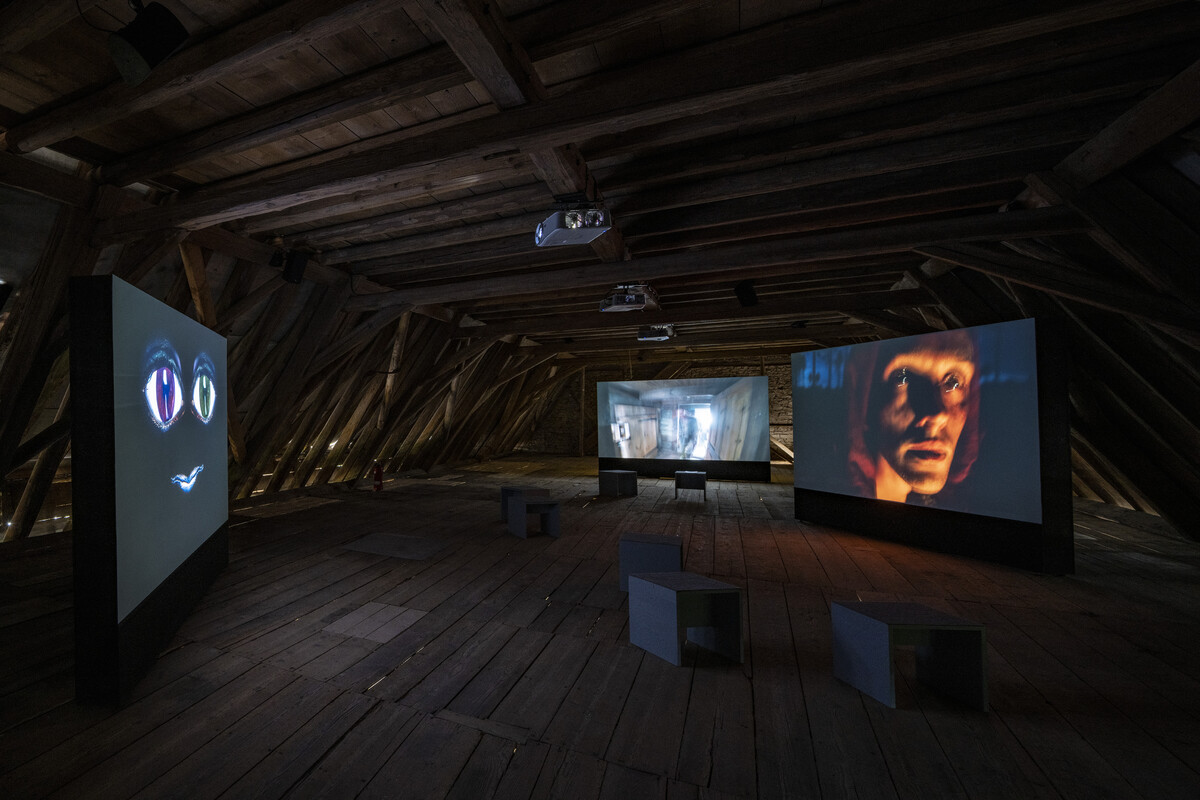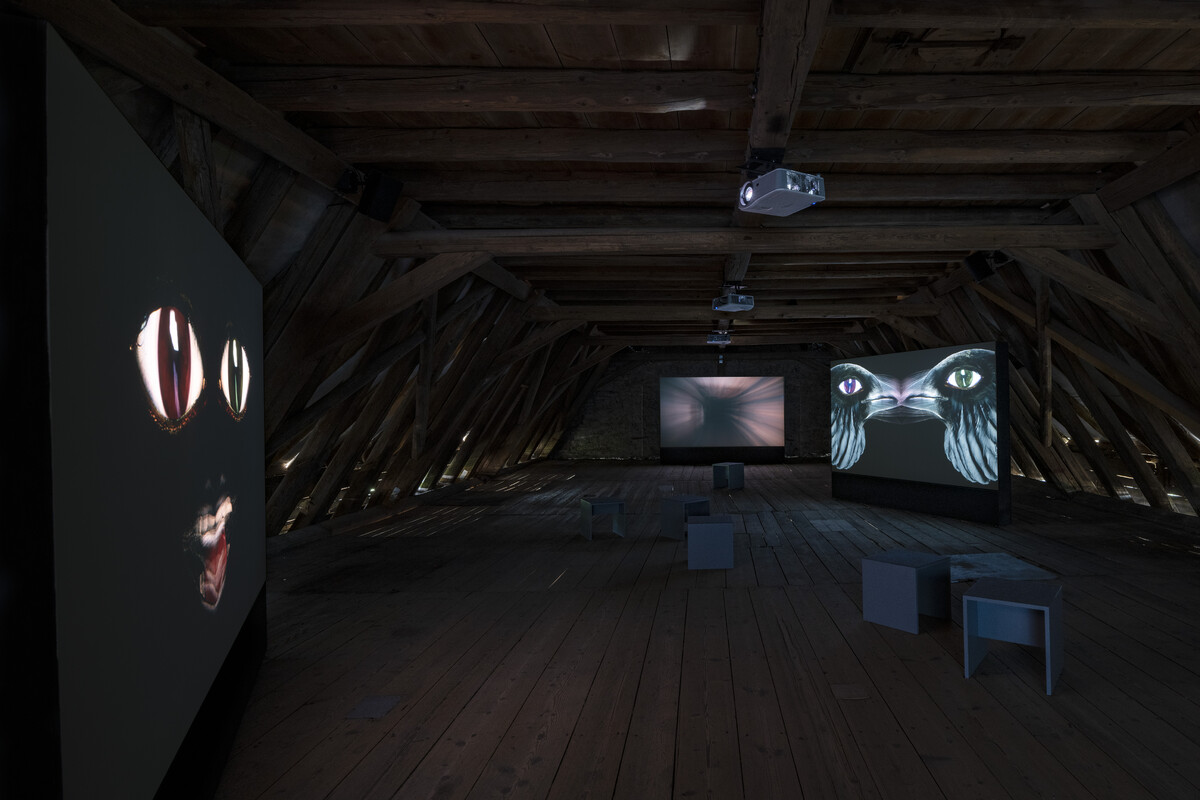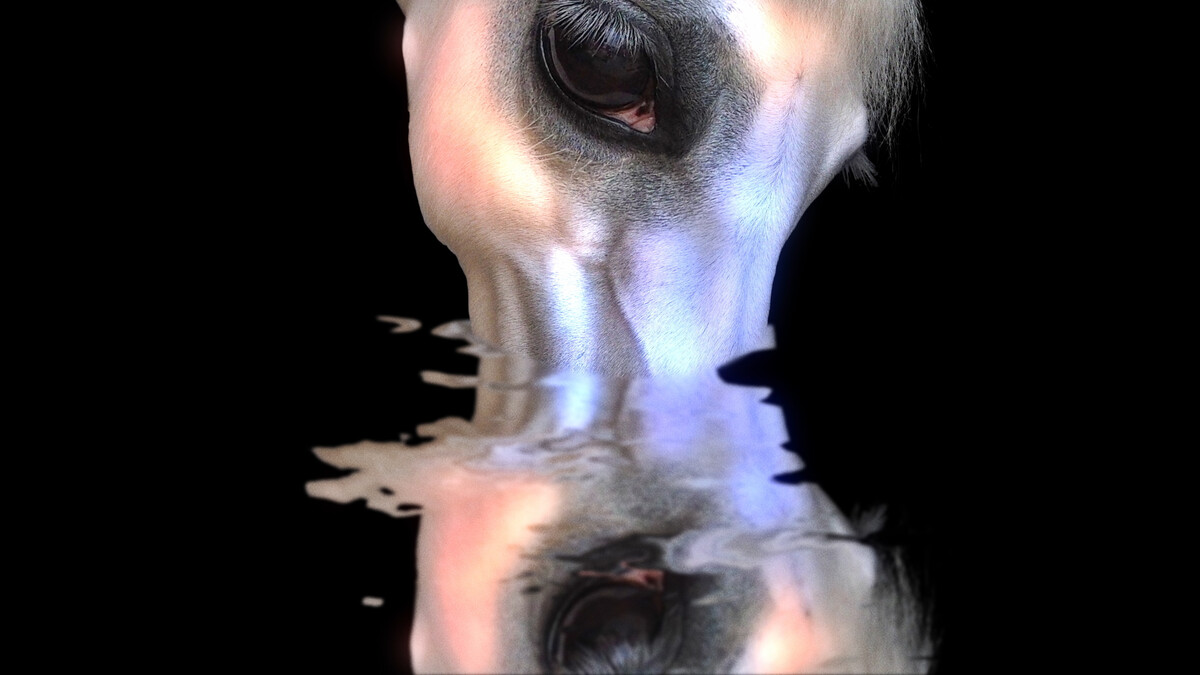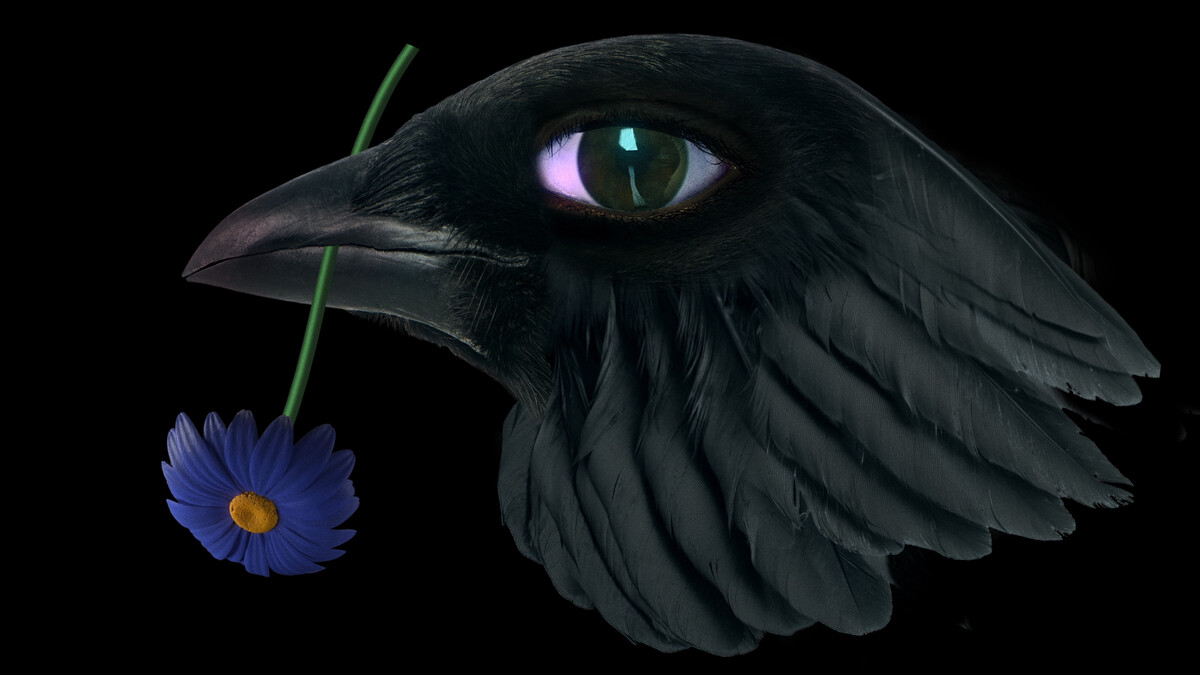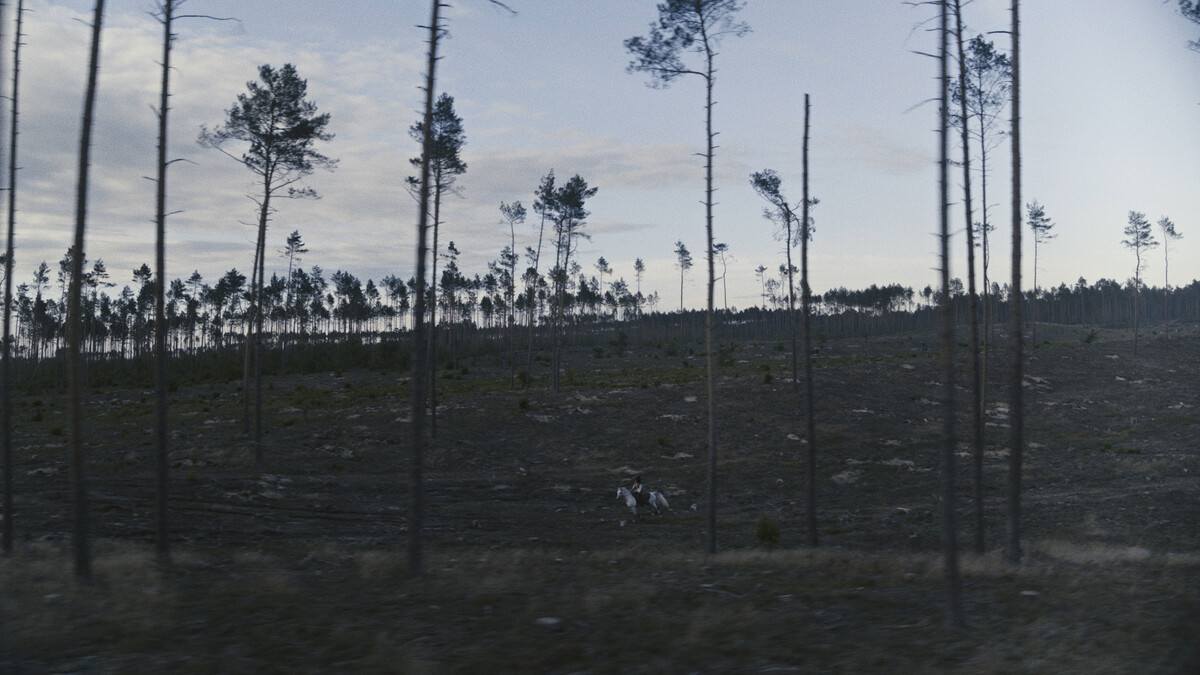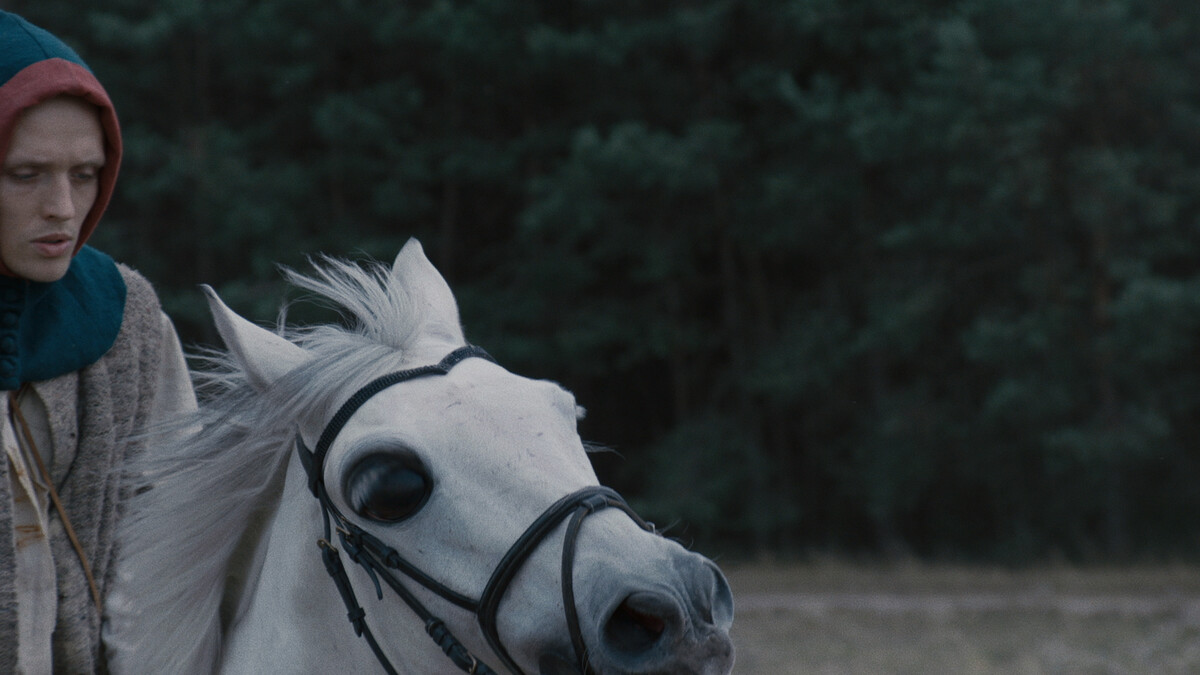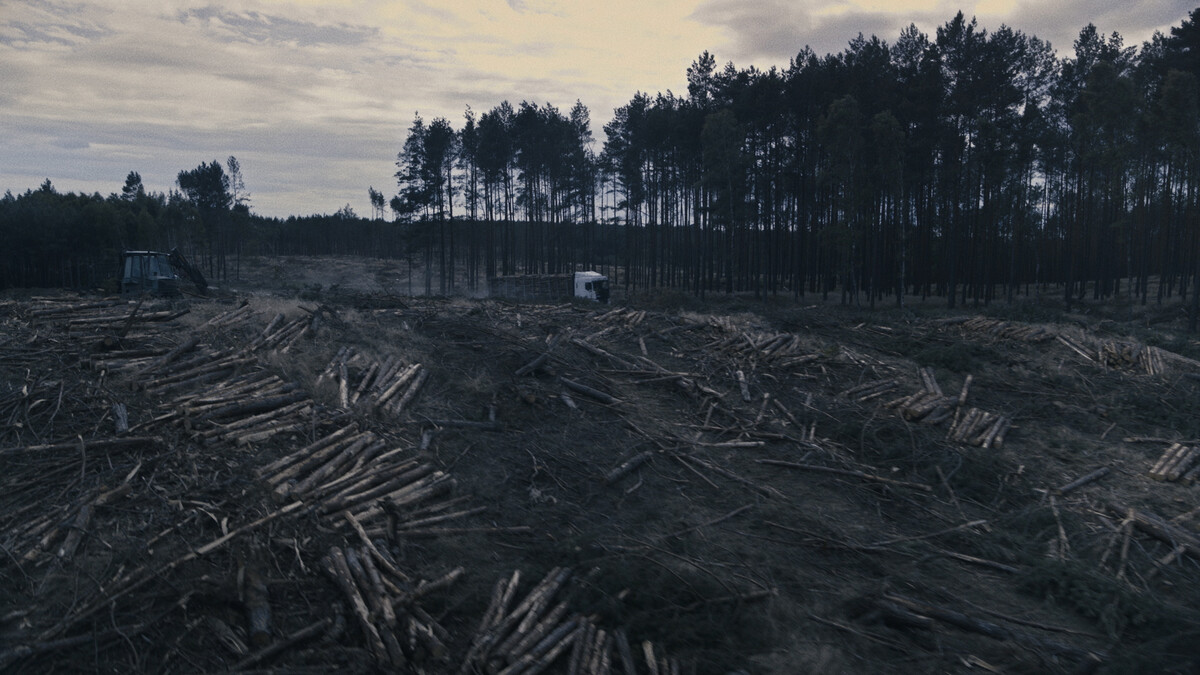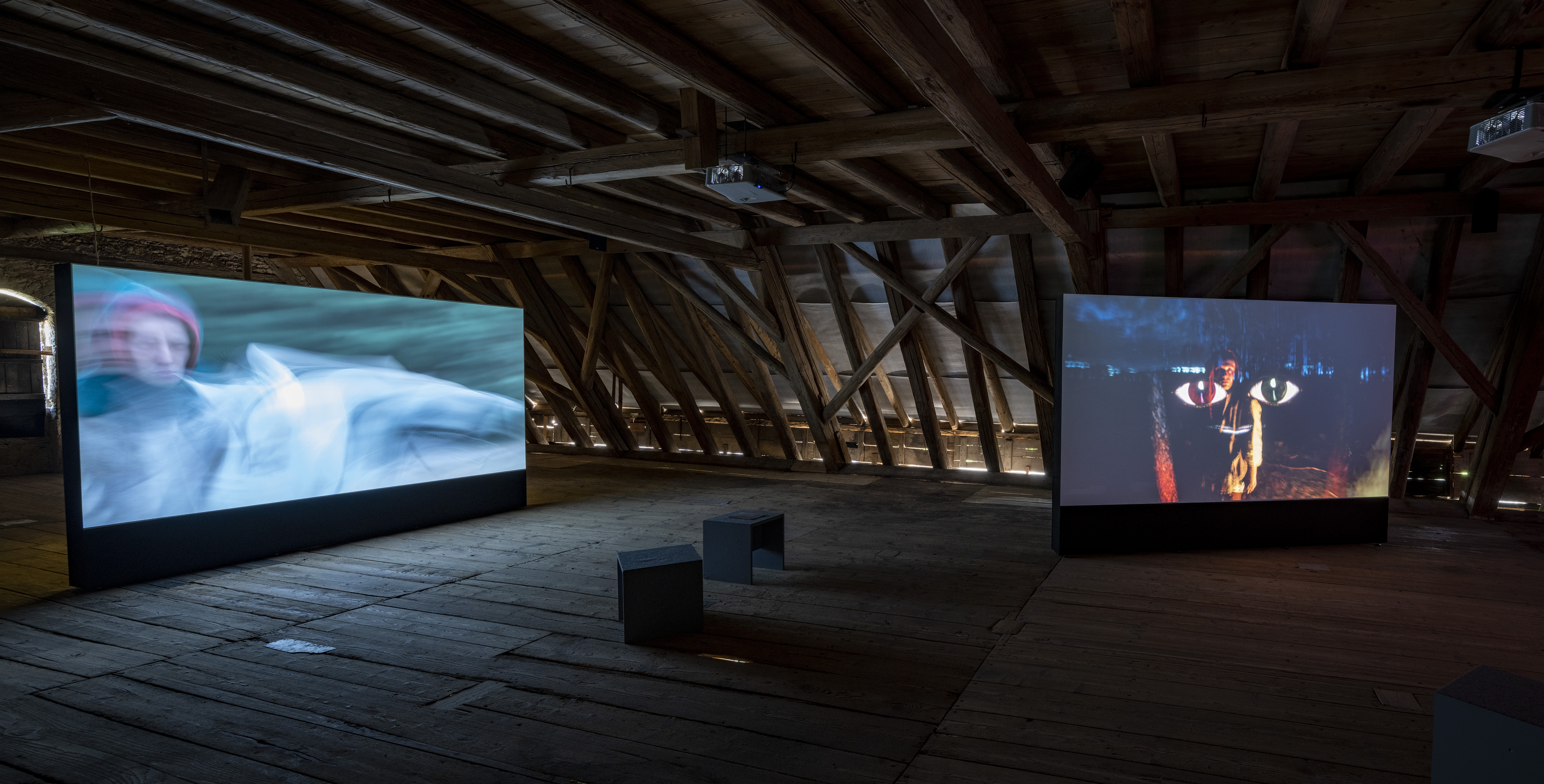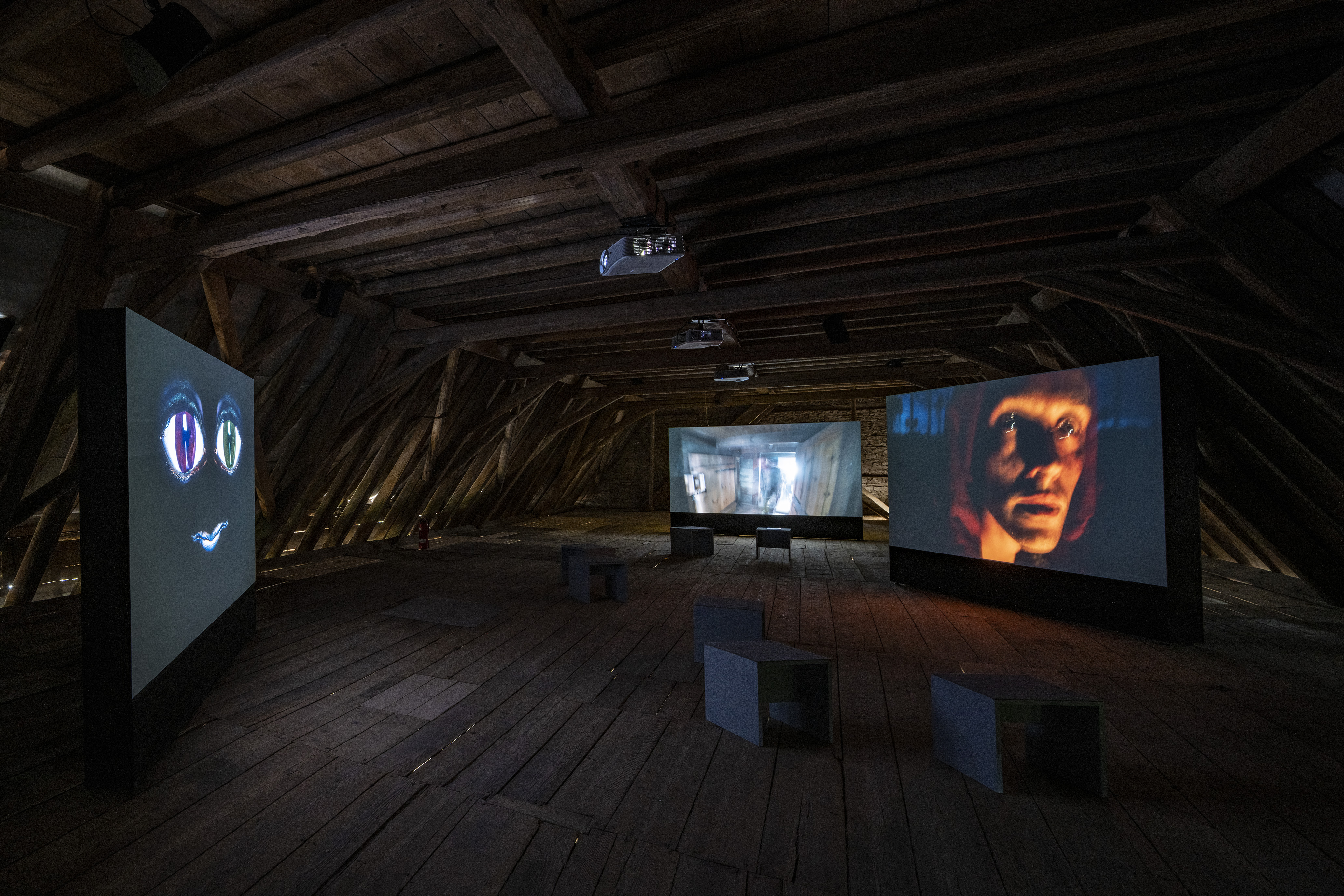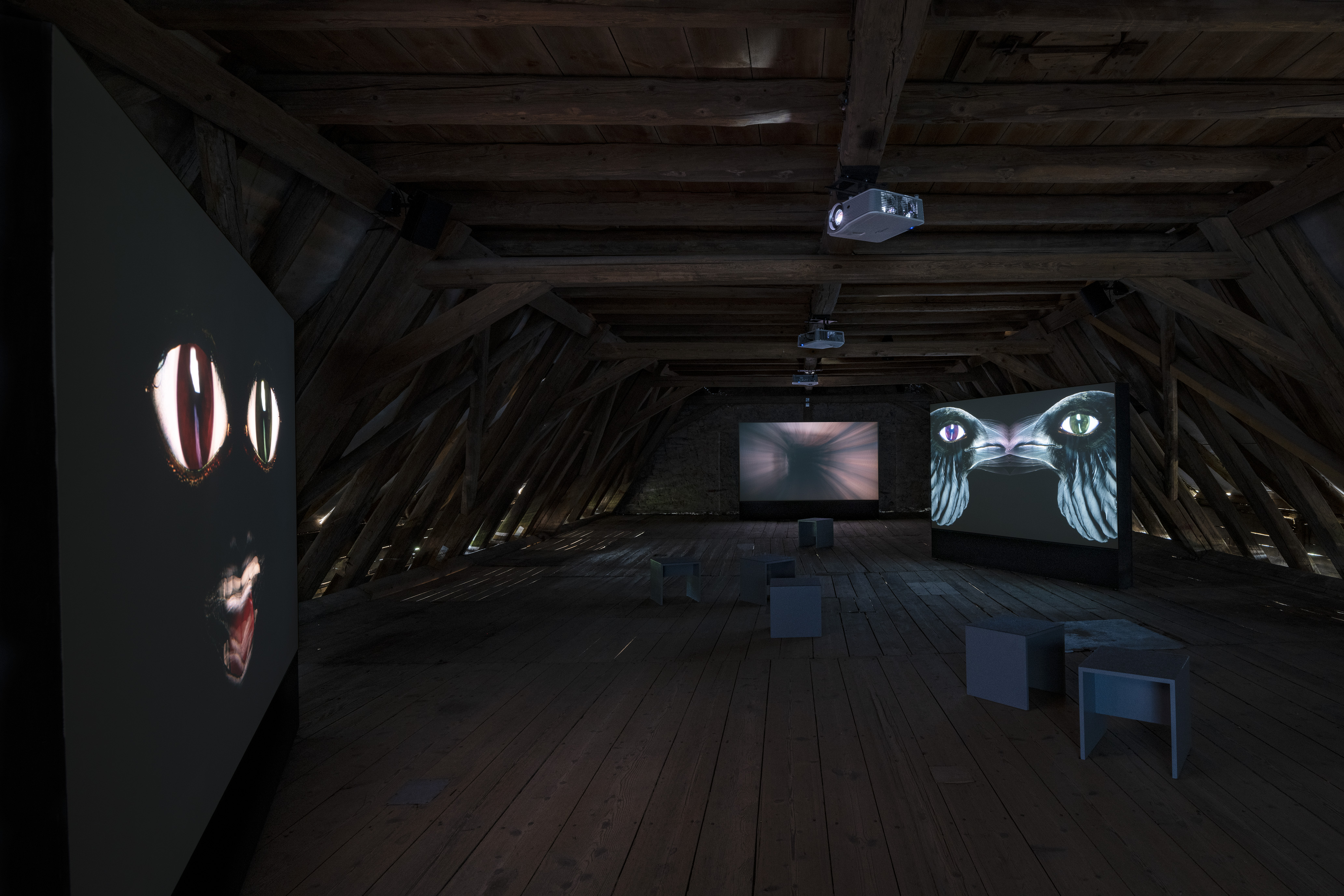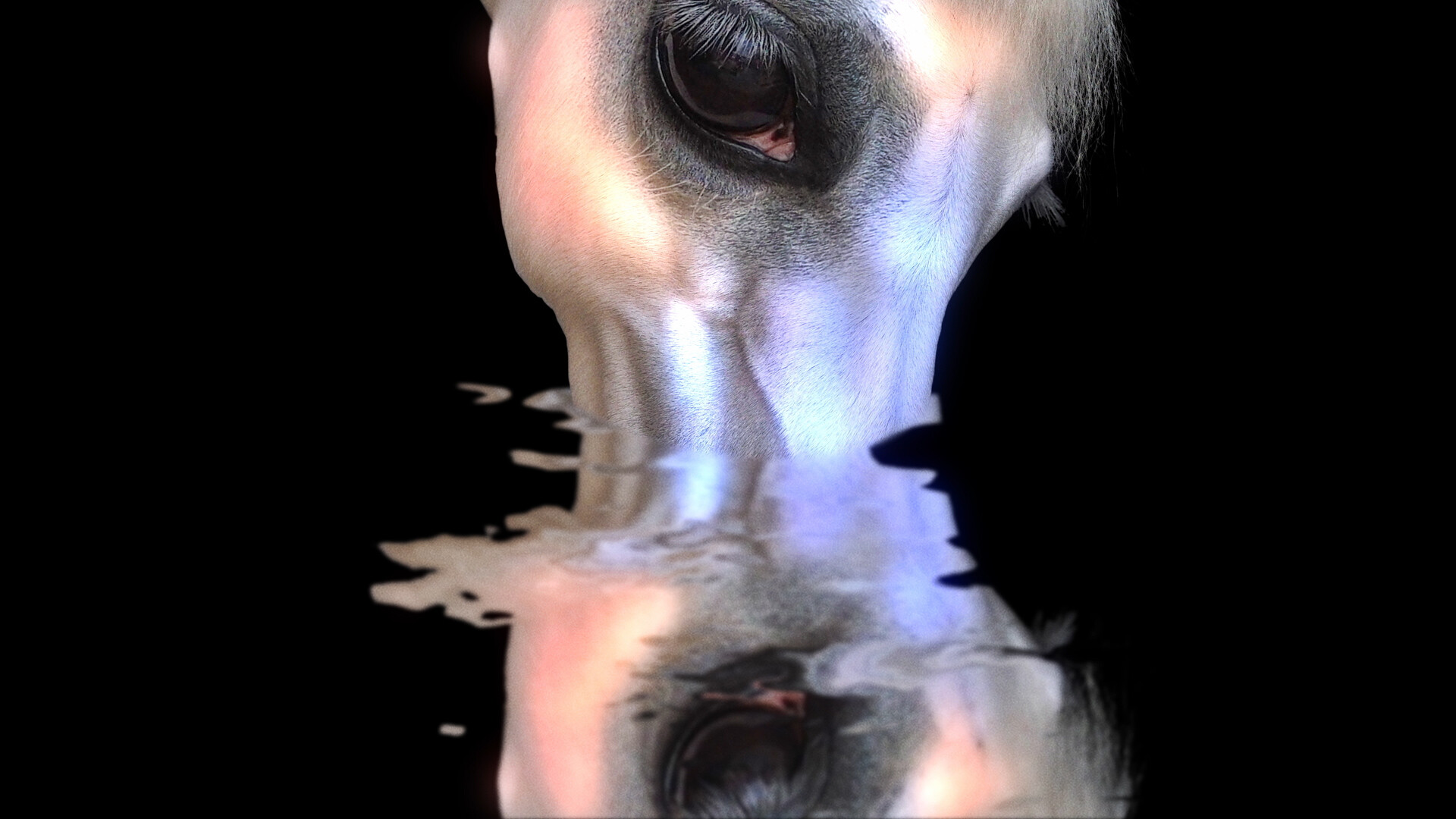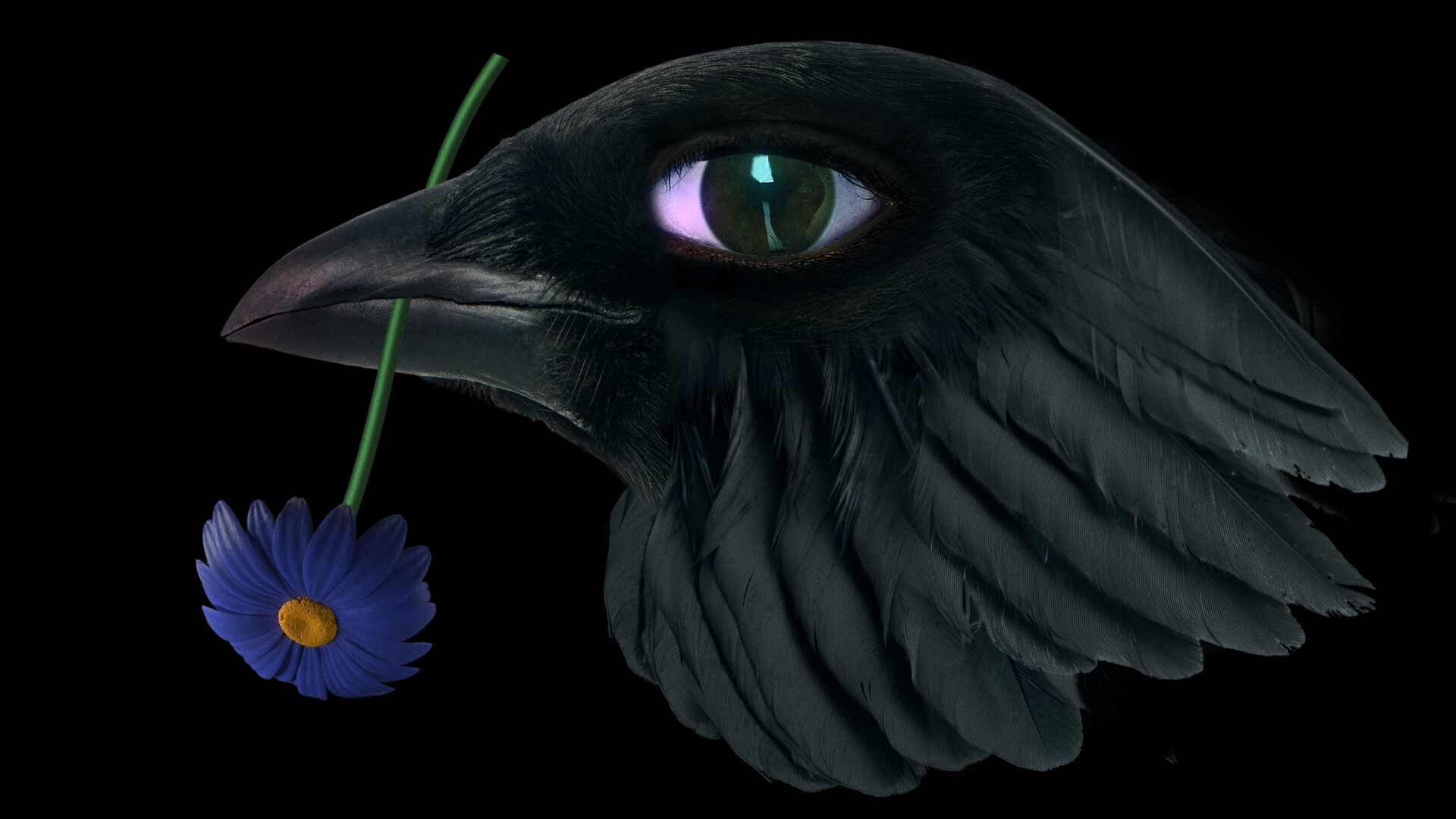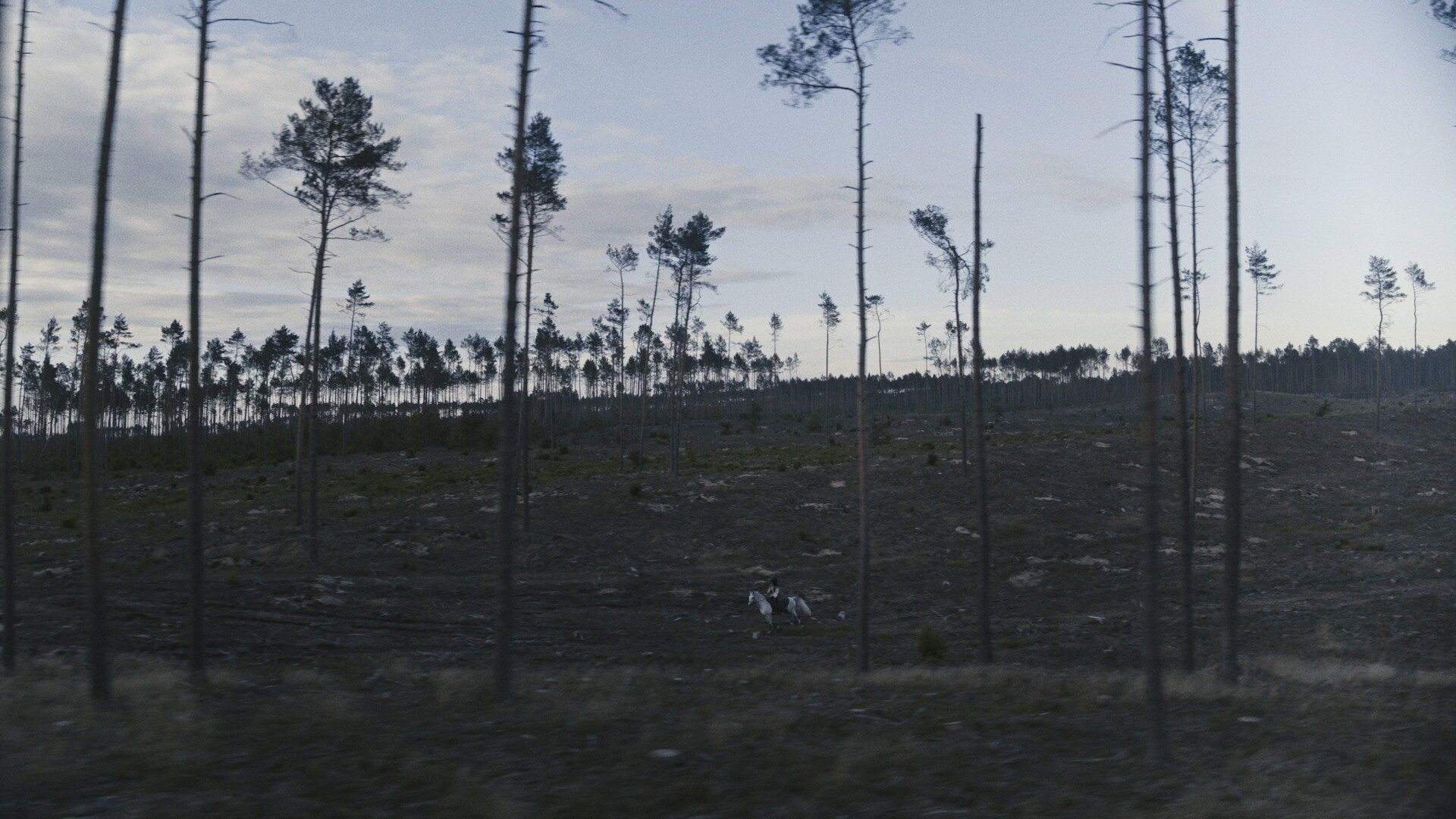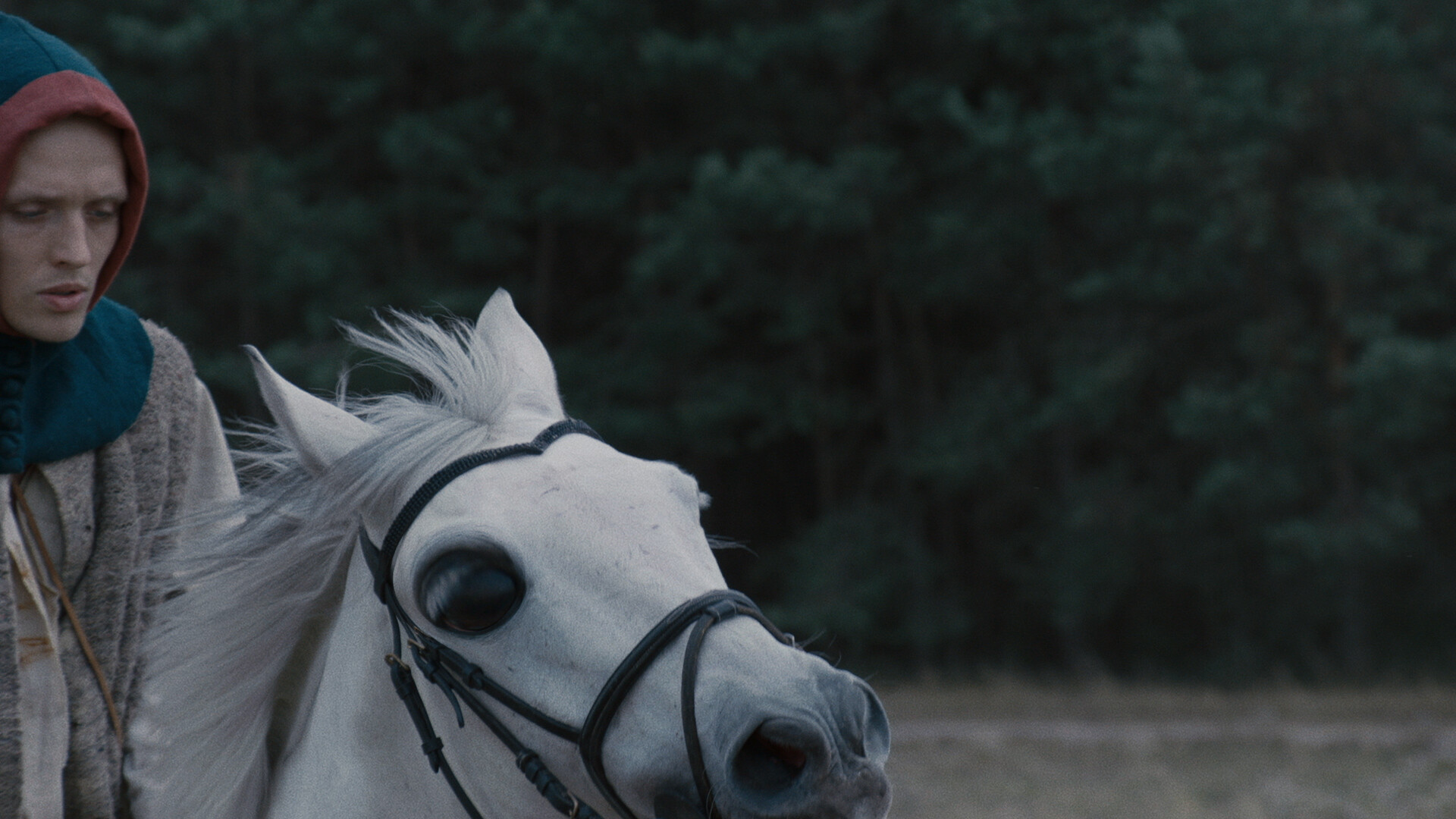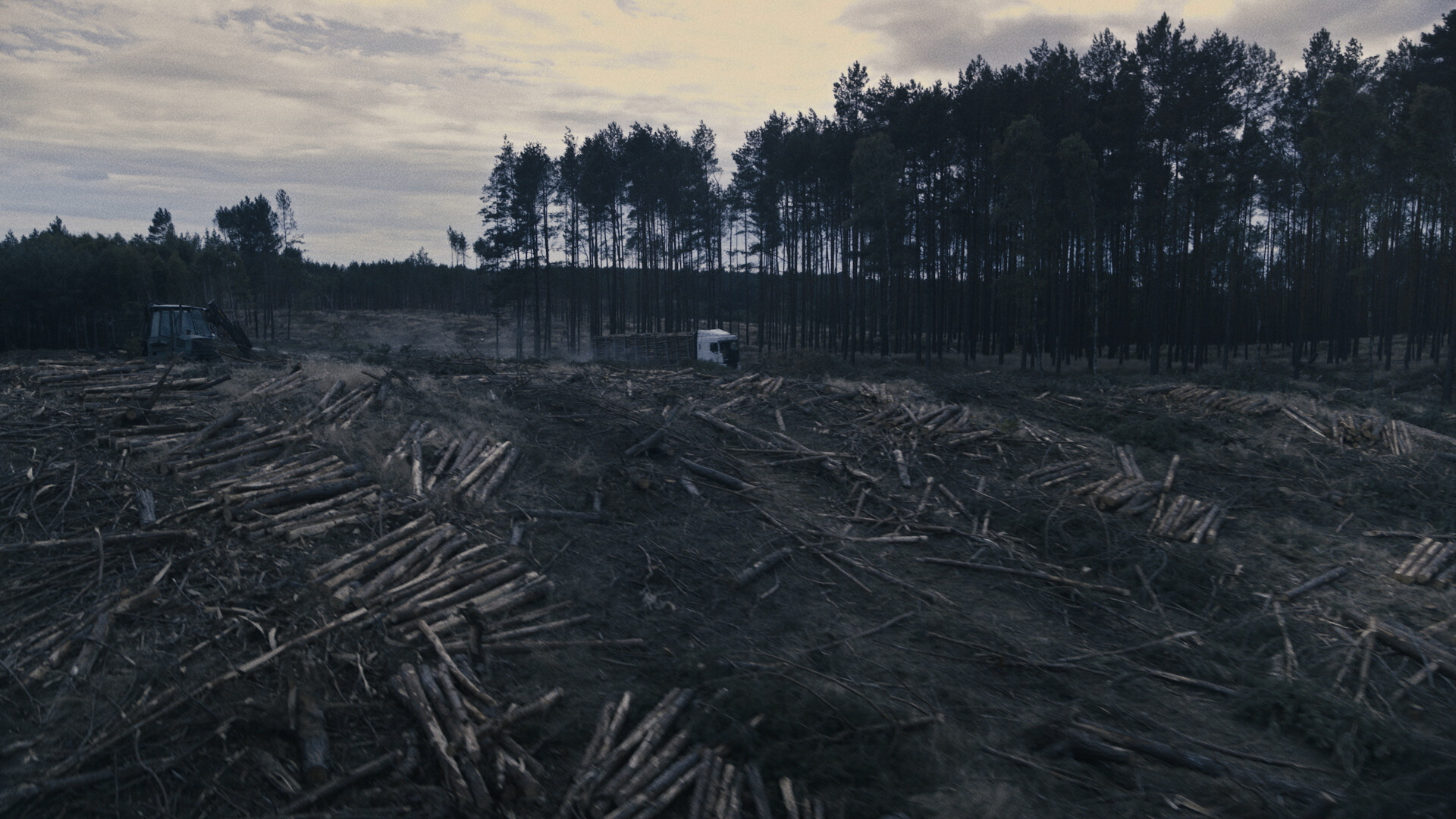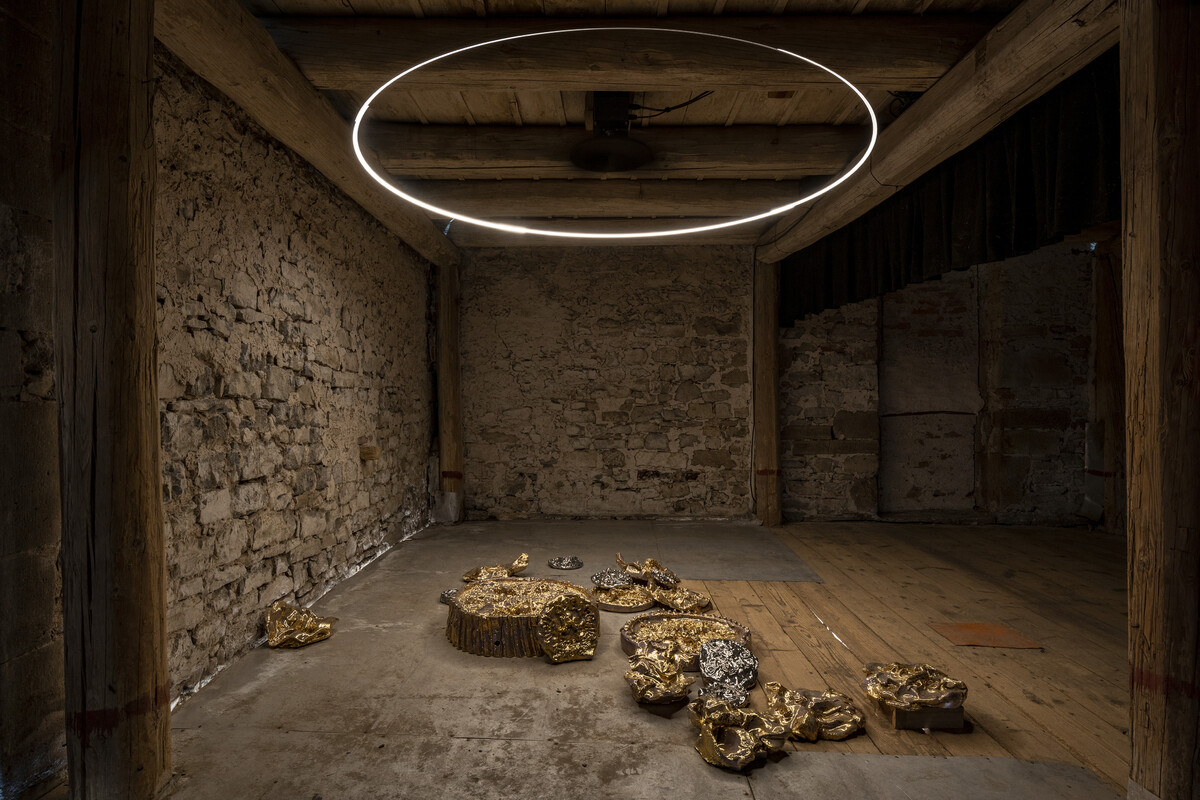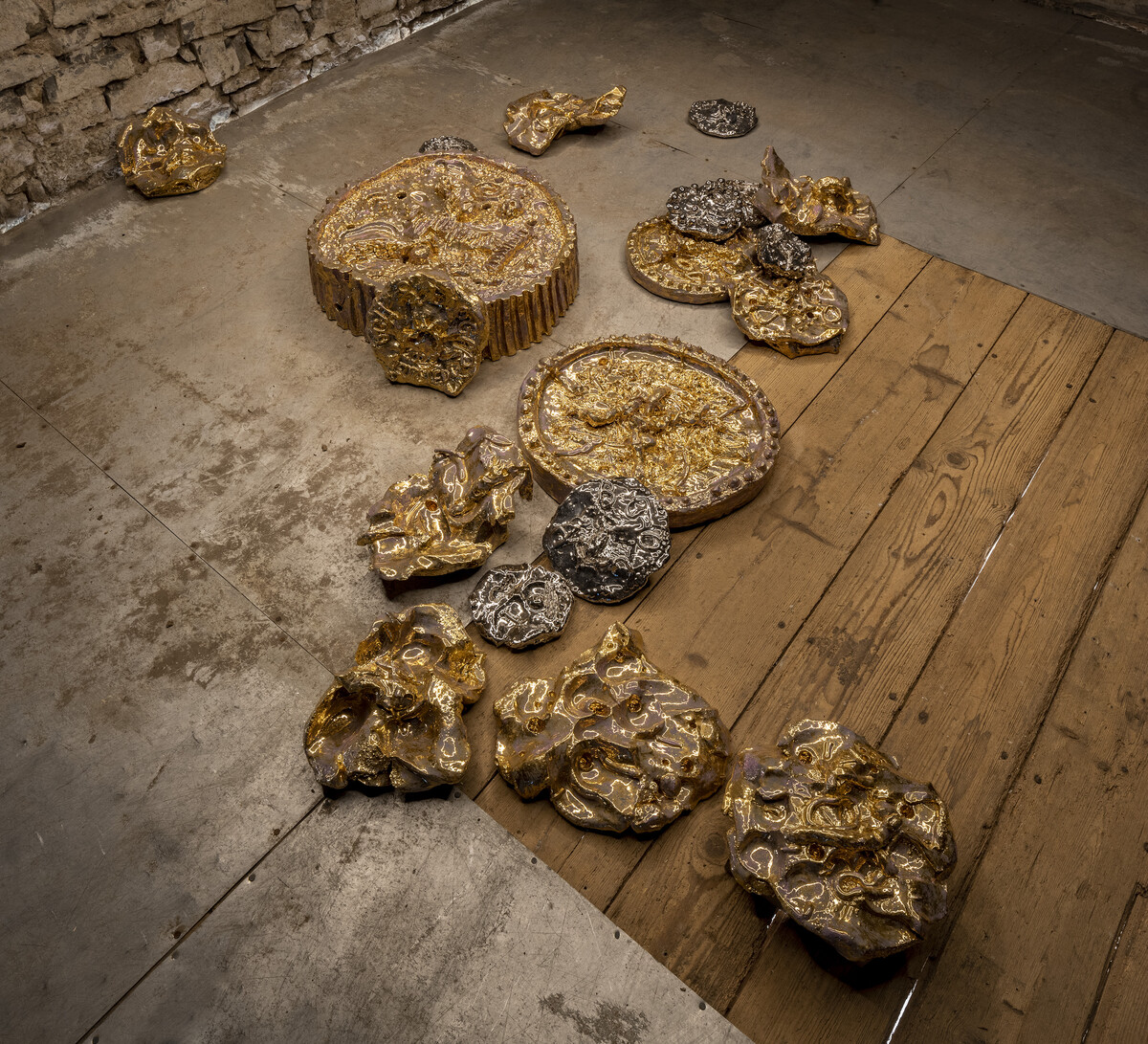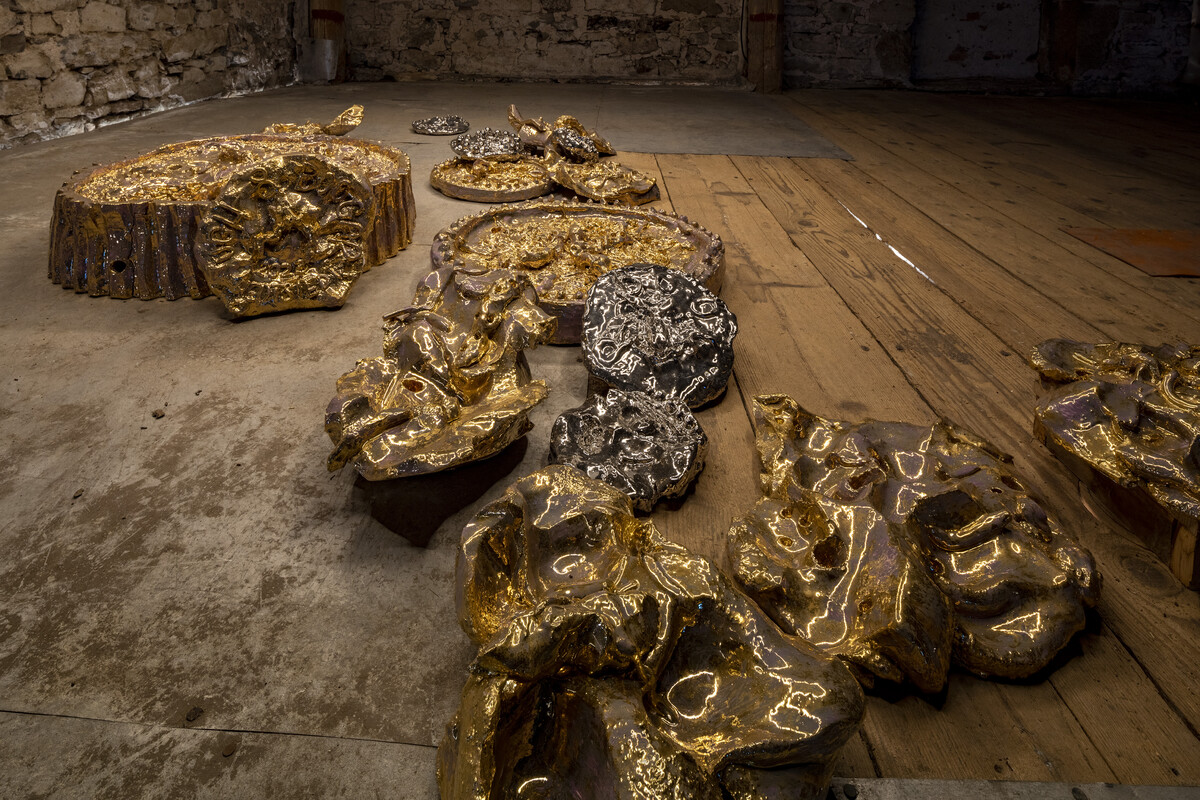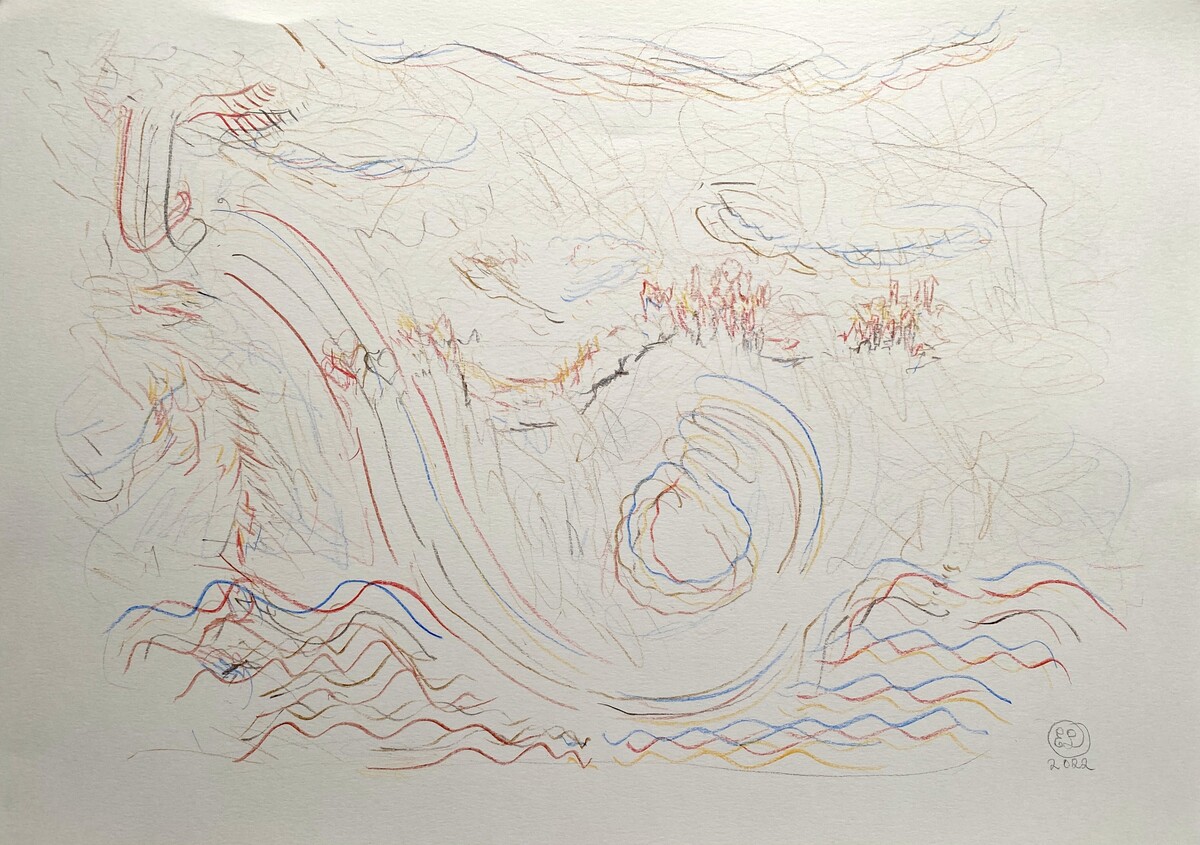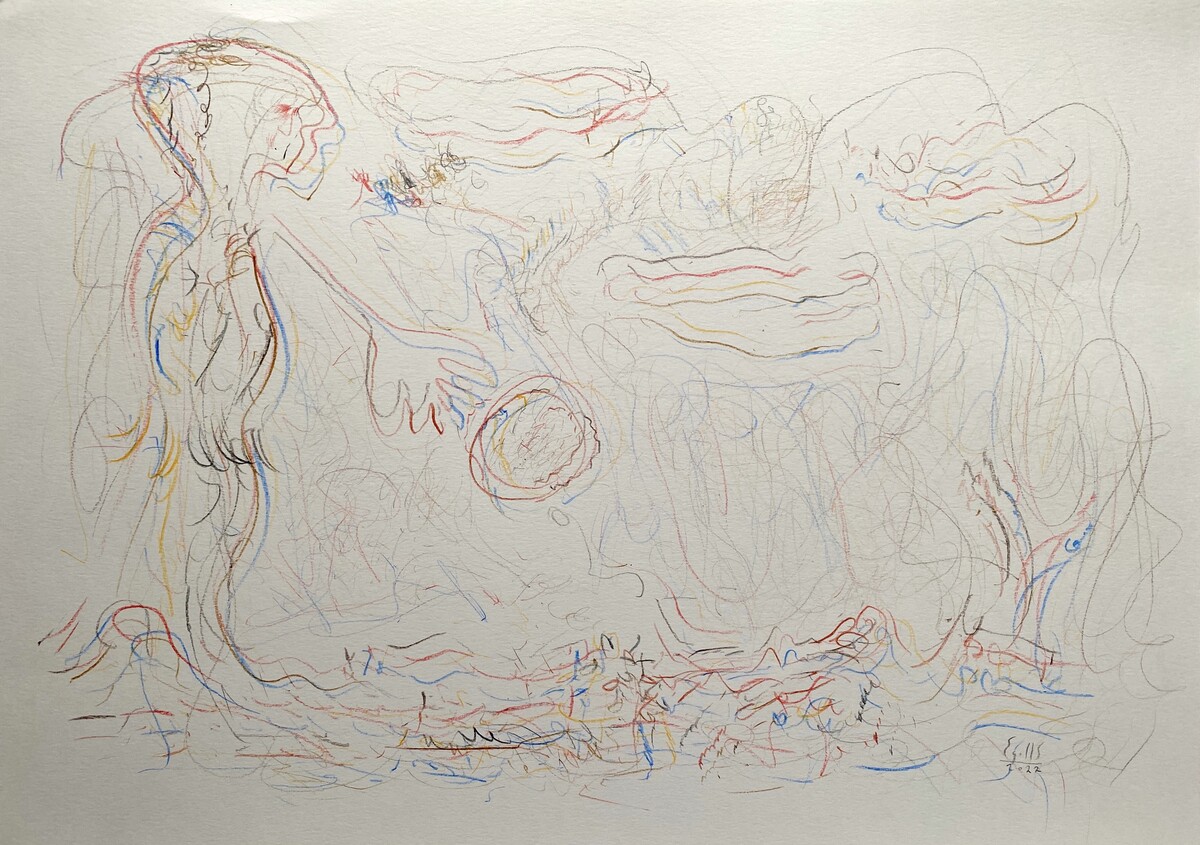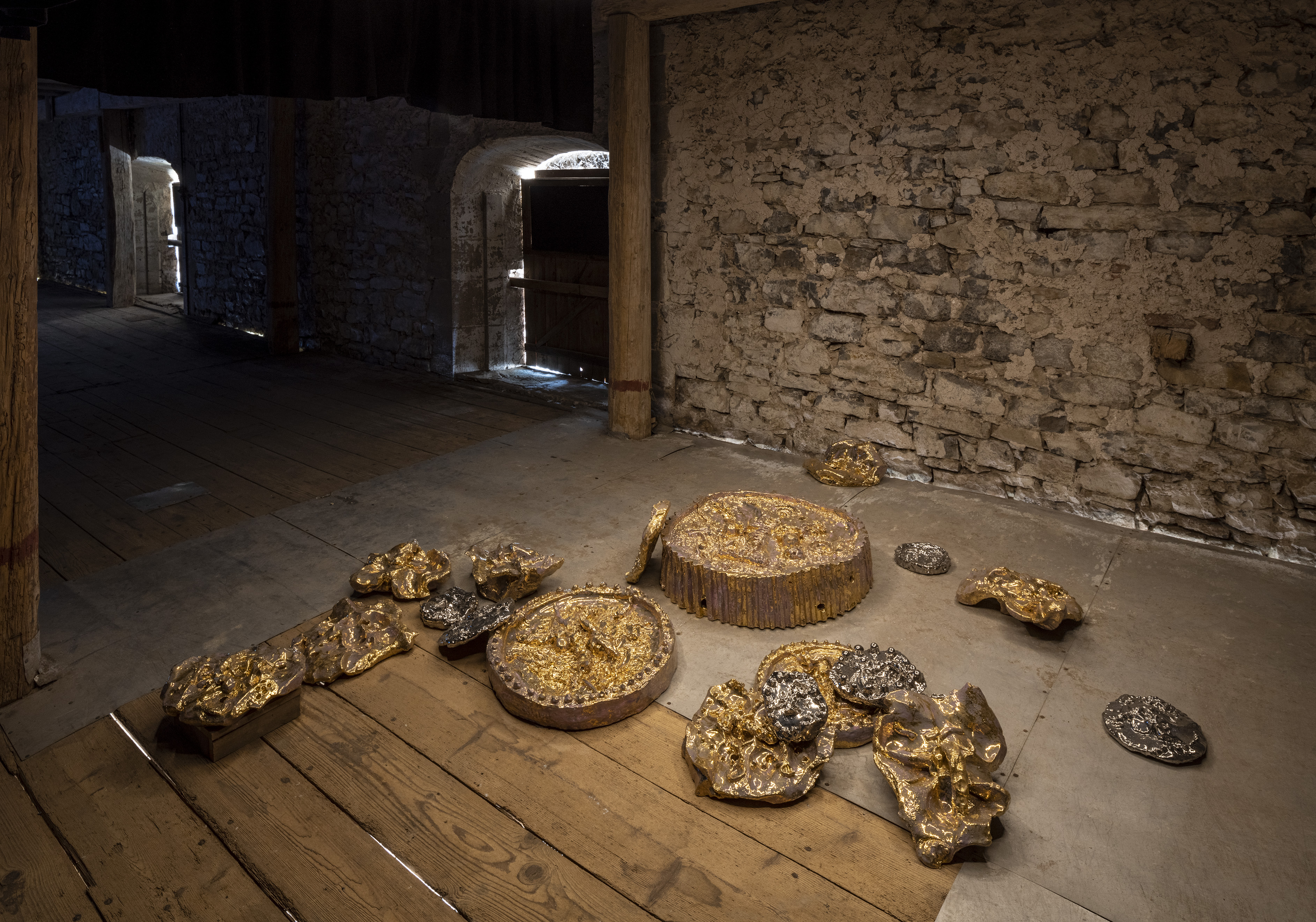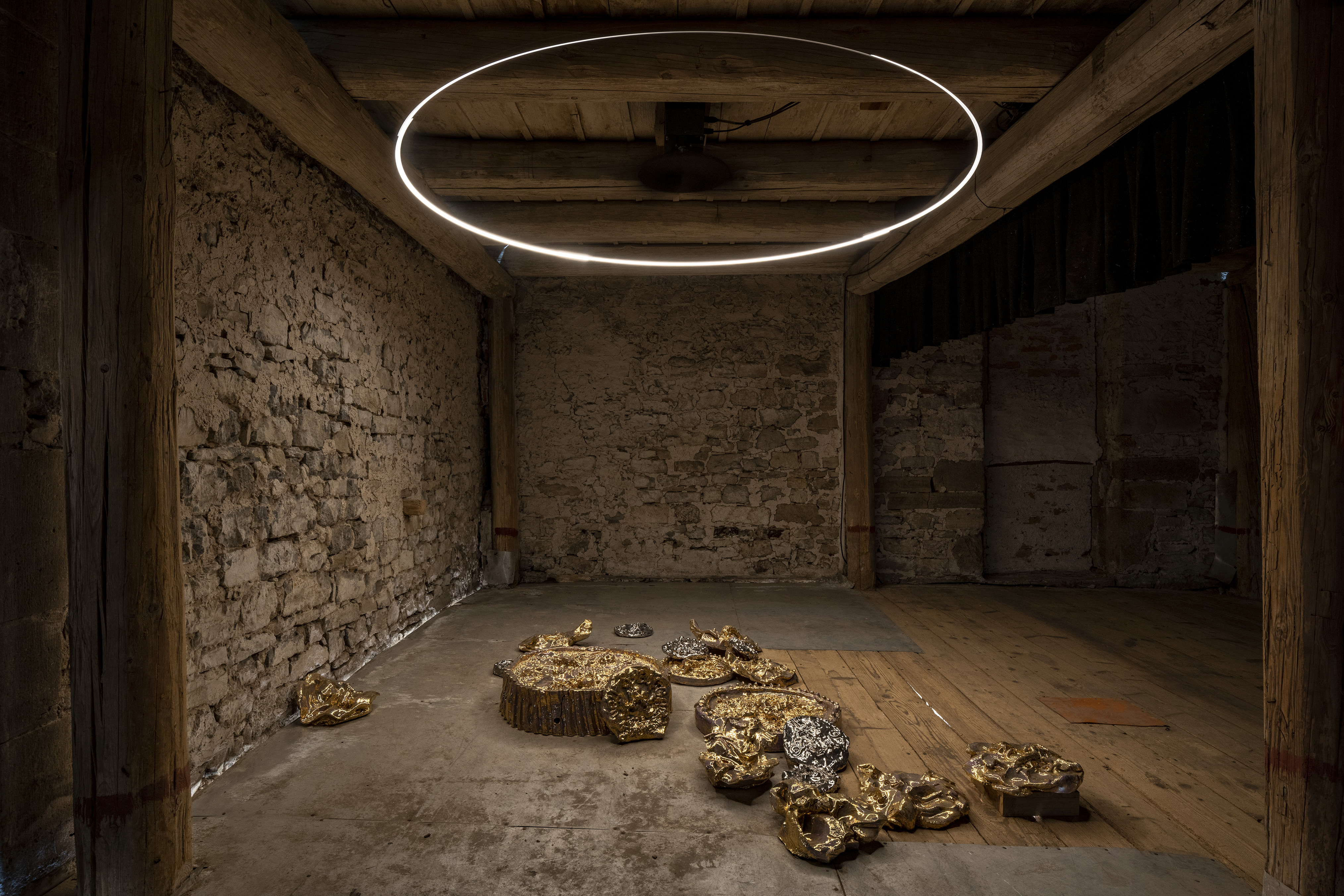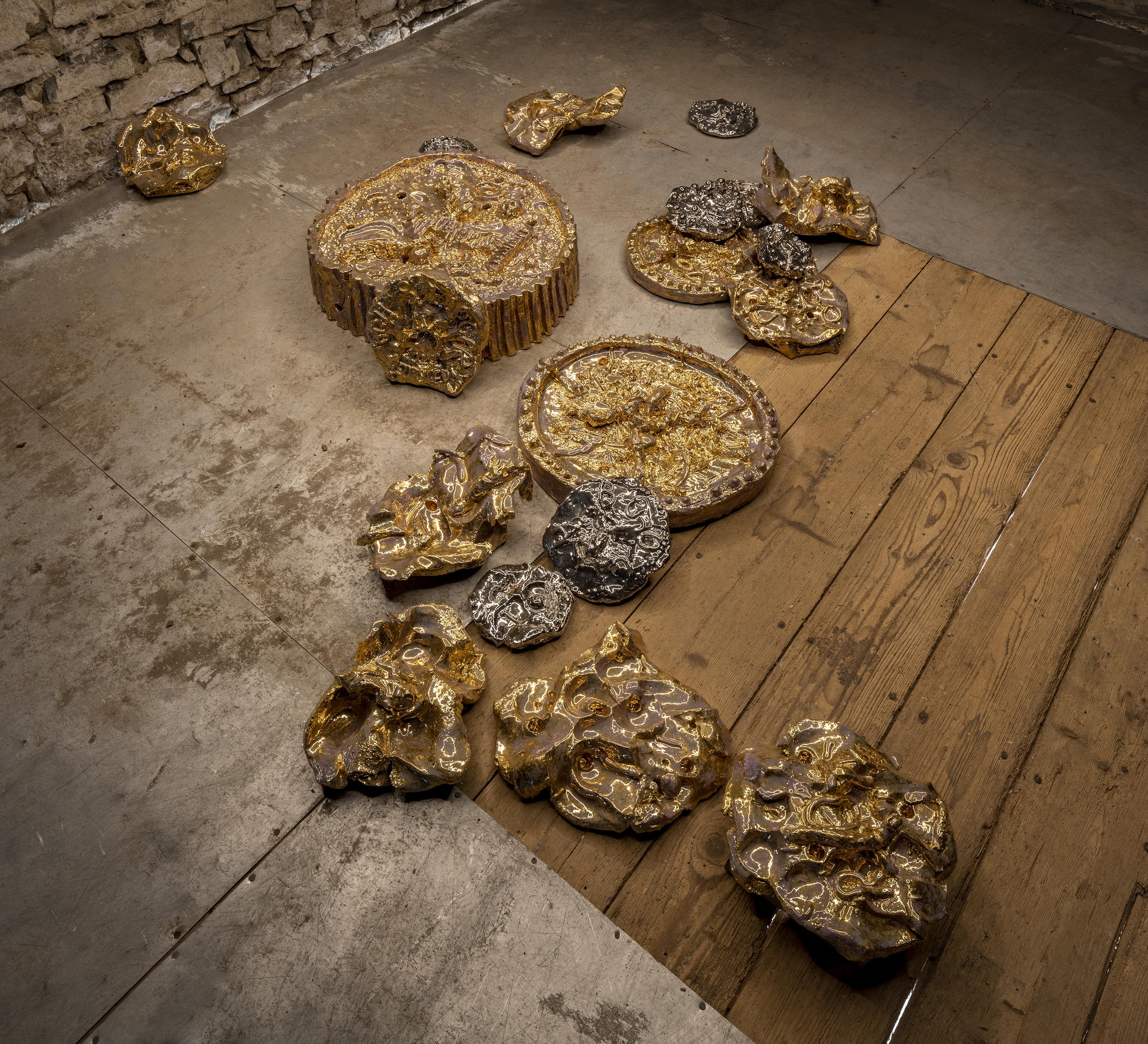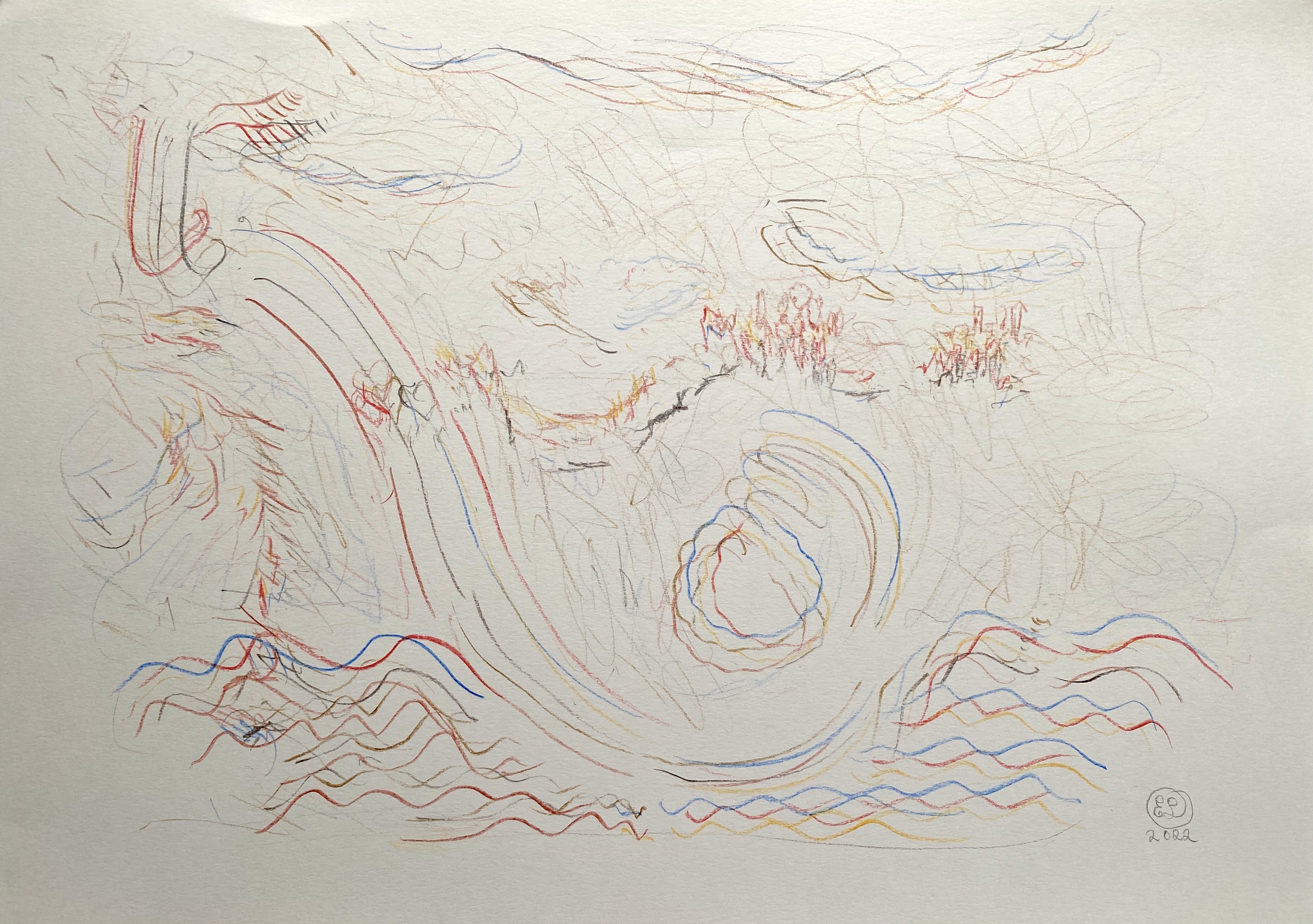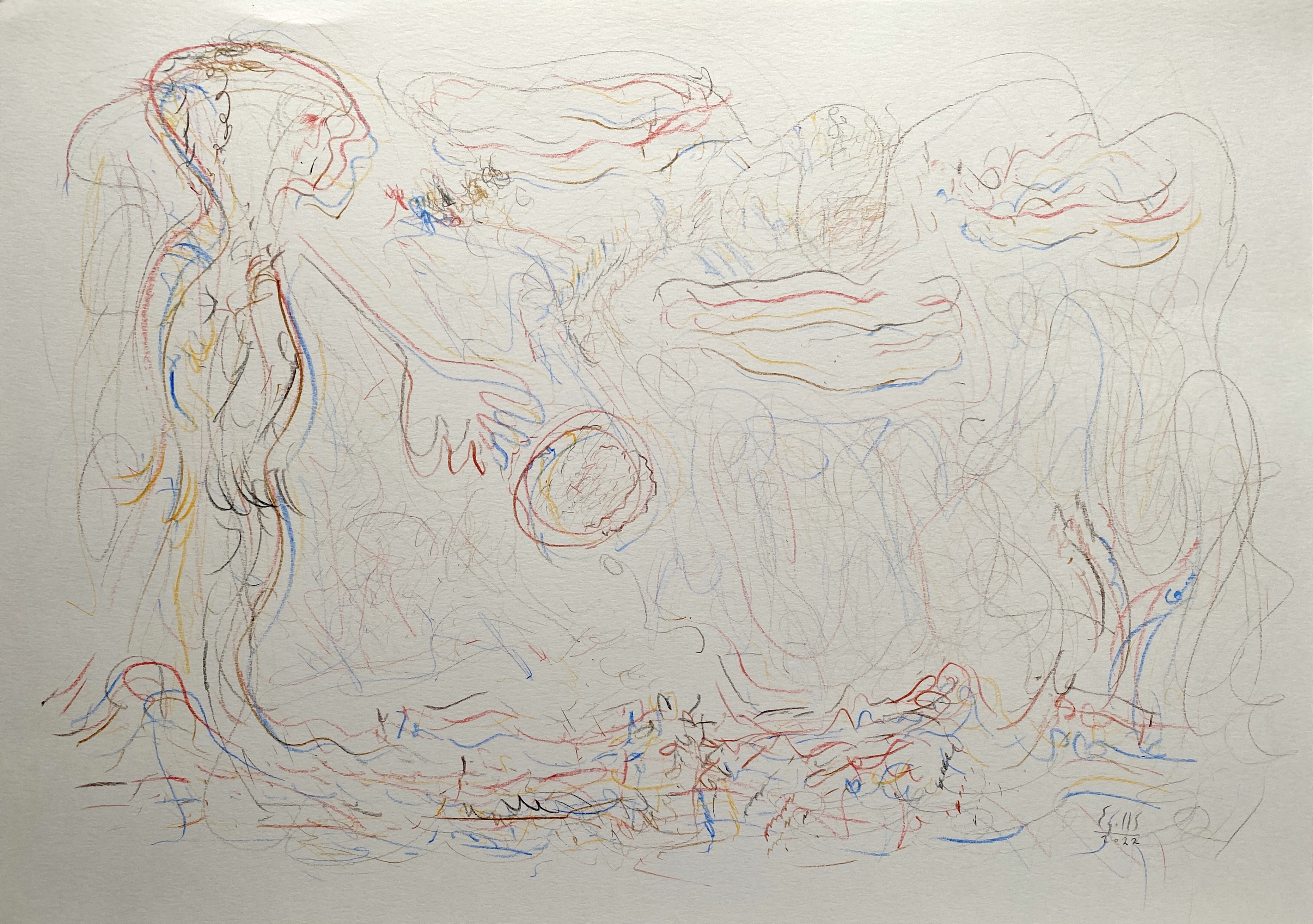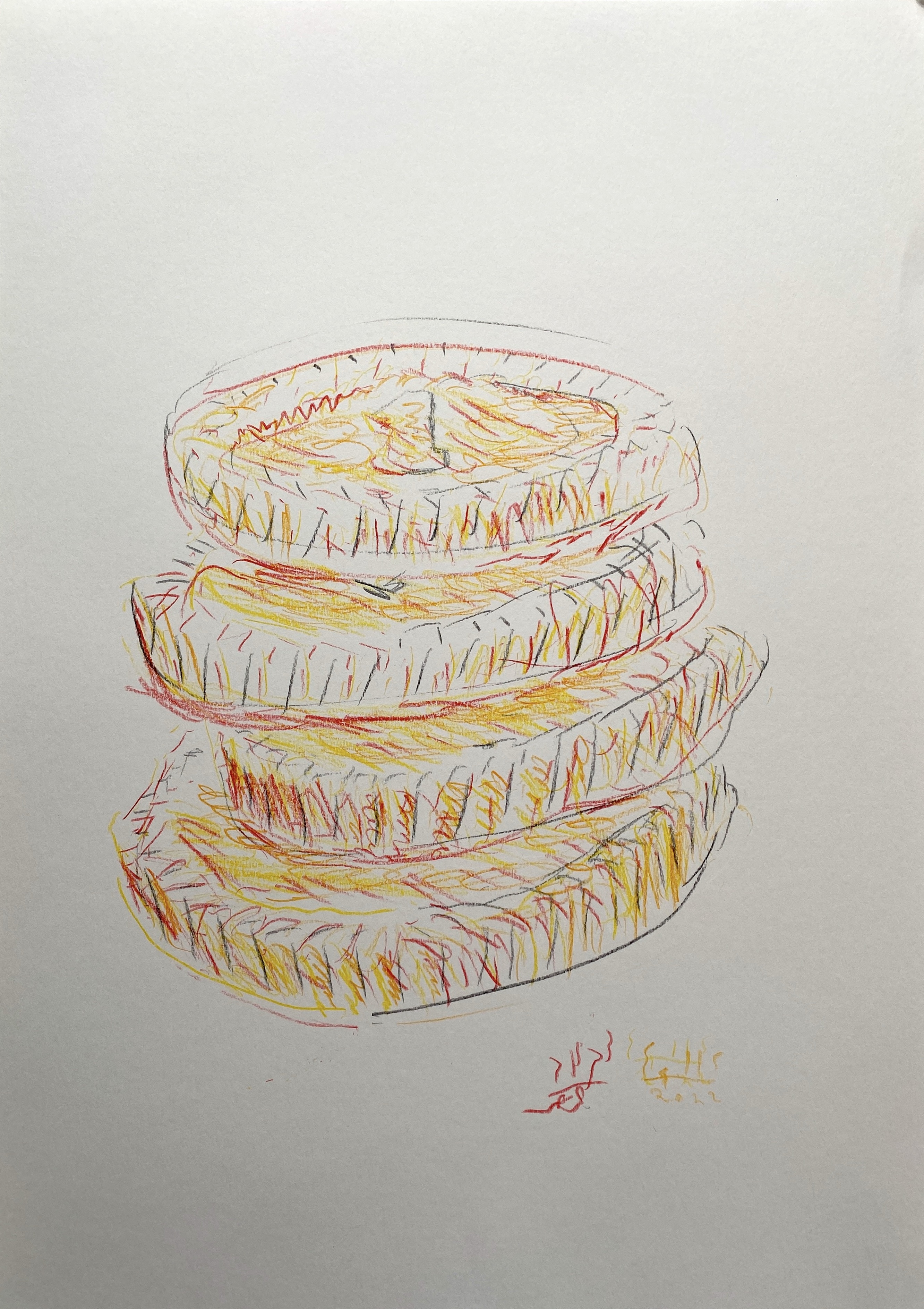Exhibition
Werkleitz has invited ten internationally working artists for the 2023 My Precious festival. With eight new works created specifically for the festival and two works adapted to the local conditions, they respond to the complex mélange of questions that arise when looking at the Mansfeld region today. A film room curated by Florian Wüst in the Inspektorhaus, as well as a dense program of artist talks, guided thematic walks, workshops for children, concerts, readings, and much more complete the festival offerings.
The participating artists are, in alphabetical order: Ana Alenso, Mabe Bethônico, Karsten Bott, Viktor Brim, Felicitas Fäßler, Juliane Henrich, Stephanie Kiwitt, Barbara Marcel, Agnieszka Polska, and Egill Sæbjörnsson.
Their works are complemented by the research, texts, and concepts of cultural landscape researcher Lars Fischer and curator Lena Reisner.
The 2023 festival will take place in a venue with an eventful history. Originally, there was a Dominican convent here, which was secularized and largely destroyed. One part of the church was transformed into a granary for a noble estate built on the former monastic property. It was here, that the poet and philosopher Friedrich von Hardenberg alias Novalis was born 250 years ago. Today, the erstwhile castle houses the Research Center for Early Romanticism and Novalis Museum Oberwiederstedt Castle. The former granary and the former Inspektorhaus serve as exhibition and festival spaces for the Werkleitz Festival. Large-scale installations, sculptures, video projections, and delicate graphic works can be seen in the atmospherically intense spaces, which range from the spacious storage cellar to the church roof truss. Most of them have been awakened from their long slumber for the festival.
Artworks in the Exhibition
The Collective Dig. A Paper Theatre on the Myths of Extraction
Media
The Collective Dig. A Paper Theatre on the Myths of Extraction.
© Mabe Bethônico 2023
Geological interactions is what the artist calls an ongoing series of works. In them, she explores the different relationships people have with minerals and the socio-political implications within them. In 2021, a collection of texts she conceived and edited titled Missing Words for Considering Stones, Rocks, Pebbles, and Mountains: A Vocabulary of Proximity was published as part of her installation at the Venice Architecture Biennial. For Bethônico, this concept represents a form of “geomediation”: an attempt to examine and try out relationships that respect the Earth with all its components - including the rocky ones - as a living counterpart. The Brazilian state of Minas Gerais, from whose capital Belo Horizonte the artist hails, gave her this theme. The history of this region, which already bears its destiny in its name (Minas Gerais means General Mines in English), is inseparably connected to mining and colonialism. Her work created for My Precious, The Collective Dig. A Paper Theatre on the Myths of Extraction, also questions the conditions of current and historical mining and investigates the possibilities of a different mining approach, one that is more responsible with nature and people while ensuring equitable distribution of its benefits.
The work was conceived in cooperation with art class pupils of the Wilhelm und Alexander von Humboldt Gymnasium Hettstedt and their teachers Steffi Schmidt and Kerstin Jankowski.
Glück auf! [Good luck!]
Media
Glück Auf!
© Ana Alenso
The Mine Gives, The Mine Takes. This is the title of an earlier work by Ana Alenso, which deals with the new gold rush in Venezuela. The mining is largely taking place in illegal mines deep in the jungle, run by criminal gangs, guerrillas and paramilitaries, with devastating effects on the people and nature living there. The phrase sounds like an echo of an old Tyrolean country rhyme from the 16th century: “Das und anders mehr, kommt alles vom Bergbau her” [This and other things more, it all comes from mining ore]. When did the illusion creep into people’s imaginations that the treasures underground could be obtained in infinite quantities and virtually without cost? The price for the extraction and use of gigantic amounts of fossil raw materials is now being paid by all of humanity. The accumulation of catastrophic natural events and the ongoing political debate about how to deal with them have made it impossible to overlook the fact that we are in a sort of payback situation. However, with respect to all the other materials used by industrial civilization, the wishful dream of unlimited availability seems to persist and even renew itself, the more disconnected the lives of the majority of people who benefit from its outputs are from the realities of mining. Ana Alenso’s work Glück auf! [Good luck!], created for My Precious, deconstructs this belief in infinity as an optical illusion and reflects the equally naive and unsubstantiated attitude of entitlement of the people from consumer societies.
the cavity on the inside
Media
Stills aus the cavity on the inside
© Viktor Brim 2023
Who says that minerals are dead rocks? The categorical distinction of Western thinking between living, active matter and “inanimate,” supposedly passive matter forms the prerequisite for exploiting mineral resources without restraint. This is what anthropologist Elizabeth Povinelli says, who has explored intensively the conflicts between colonial legislation on land use rights and the views of nature held by indigenous populations. But even in Western thought itself – for example, in the romantic natural philosophy of a Novalis – one finds ideas that oppose the sole dominance of economic calculation and scientific rationalism. The German artist Viktor Brim, born in Uzbekistan, focuses on the activity of rocks. He is interested in both the circumstances of their extraction and the dynamics in which they themselves are embedded and which are triggered by them, from geology to economics to politics. For My Precious, he developed the multi-channel video work the cavity on the inside. It is based on animated 3D scans of rock and slag lumps he found in former mines and heaps in the Mansfeld region. The videos document and simulate various flow states and structure formation processes of rocks. Natural processes such as oxidation, sintering and ore mineralization, which can take thousands or even millions of years, are accelerated and speculatively crossed with metallurgical processes from the smelting industry to explore agencies and geological ranges.
the cavity on the inside was co-produced with the Digital Co-production Laboratory (funded by the Ministry of Culture and Science of the State of North Rhine-Westphalia).
Von Jedem Eins - Kahlenberg/Bott [One Of Each – Kahlenberg/Bott]
Media
Why does history first have to be buried and then excavated again by archaeologists? This is the question asked by Karsten Bott, who has been working on his Archive of Contemporary History for over 30 years. One of Each is his motto and the title of numerous presentations of distillates from this archive. Around 5,000 banana boxes containing about 500,000 objects now comprise his collection. What constitutes the value of everyday things? What lifts them out of the devaluing vortex of industrial production, serial monotony, mass consumption and throwaway culture? Their individual use and the personal stories attached to the objects, says Bott. The fact that they are found, salvaged, preserved and presented like cherished treasures could be added from the curatorial perspective of My Precious. For the Werkleitz Festival 2023, Bott embarked on a new quest. Together with the Hettstedt scrap collector Dieter Kahlenberg, Von Jedem Eins – Kahlenberg/Bott [One of Each – Kahlenberg/Bott] was created. This is an excerpt from the holdings of the former toolmaker, who worked in the rolling mill of the Mansfeld Combine until the early 1990s and had already started collecting valuable second-hand materials in 1970, when scrap prices began to rise. “Here I have my peace and my kingdom,” Kahlenberg says of his property and his collection. He and Bott made a selection together, and the artist sorted and presented the treasures according to his method, arranged by various social functional contexts.
Dendriten [Dendrites]
Media
Stills aus Dendriten
© Juliane Henrich 2023
Juliane Henrich’s view of the Mansfeld region is sharpened and at the same time speculatively distorted by a combination of contemporary analytical and artistic sensitivity. In the absence of mining, she sees the presence of data mining, which turns the behavior of users of electronic devices into veins of ore and the data storage devices into mines. In the absence of copper processing, she perceives the presence of wiring electronic devices from the same precious metals. Can there be good mining? This question, which is no less pressing today than it was in Novalis’ time, has taken on an additional dimension in digital culture. The early Romantic poet processed his experiences as a mining engineer in literary form. In the poems, prose texts and fragments he left behind, he evokes an aesthetic view of nature, emotionally connected and guided by higher values, which does not permit the unrestrained exploitation of mineral resources that he himself encouraged through his professional practice. For her work Dendriten [Dendrites], which was created for My Precious, Juliane Henrich had some of his text fragments completed by artificial intelligence. In her multi-channel video installation, she combines this with shots of mines and stockpiles and the computer generated visualization of a key scene from Novalis’ novel fragment Heinrich von Ofterdingen, as well as with found footage from the Internet, the largest public site of data extraction. Dendrites are the branch-like connections between nerve cells in the brain. This structure is imitated in artificial neural networks. Crystals also grow in dendrite form.
Ausbiss [Outcrop]
Media
© Felicitas Fäßler 2023
Landscapes or ecological niches that have slipped out of the control of human-made “second nature” are referred to as “third nature”. Nature spreads unregulated, but under conditions that continue to be influenced by human intervention. Thus, new natures sometimes emerge through evolutionary adaptation. An almost classic contemporary example of this is the way in which microorganisms and other small life forms in a wide variety of ecosystems have begun to adapt to the ubiquitous plastic waste. Speculative and artistic natural scientists investigate these examples of successful “Living on a damaged planet.” In one of her former projects, Felicitas Fäßler searched for traces of old and new life on illegal garbage dumps in the city precincts of Berlin. “Settlements” was the name she gave to the chunks of Styrofoam she found and documented, which were covered with new growth. Much older is the synanthropic nature she deals with for My Precious: The copper flower, also known as the Harz spring sandwort (Minuartia verna), was already listed in a 1588 collection of the flora found in the Harz Mountains (Johannes Thal, Sylva Hercynia, incidentally one of the world’s first botanicals) as a plant that thrived primarily on the heavy metal-contaminated dumps near ore mines. In her work Ausbiss [Outcrop: indicating the surfacing of a subterranean repository], Fäßler approaches the nature of this delicate, white-flowered plant, which has also been well-known in the Mansfeld mining district since time immemorial, using techniques from copper production and graphic reproduction.
S. Anders leben. Eine Handlung in Gesprächen [S. Living Differently. An Action in Conversations]
Media
21.4.2023, Pigment Print, 2023
© Stephanie Kiwitt
“There used to be more people.” The sentence from Stephanie Kiwitt’s conversations with inhabitants of Sandersleben could be supplemented by a number of things that have been lost: more shops, more pubs, more work. In short: more life. Like Kiwitt’s conversation partners from the neighboring community of Wiederstedt, countless people in areas that have been turned upside down by the so-called structural change as a result of de-industrialization are affected in the same way. In the regions of the former GDR, it was carried out with particularly great speed and harshness in the early 1990s, and people experienced it as a “huge crash,” as it says elsewhere in Kiwitt’s interview notes. In the last two years, the artist photographed places and landscapes in Saxony-Anhalt. Her resulting series Flächenland [Area State] and fortlaufend [ongoing] show traces of a continuing transformation. For My Precious, she returned to Sandersleben with the intention of asking the residents about their place.
In the resulting work S. Andersleben. Eine Handlung in Gesprächen [S. Living Differently. An Action in Conversations], she displays only one single photograph. It does not show the place or its people, but the stars above them. They are the only constant and reliable thing; if you point the camera at them long enough, you can see the rotation of the Earth. “Der Mensch spricht nicht allein. Auch das Universum spricht. Alles spricht – unendliche Sprachen.“ [The human being does not speak alone. The universe speaks, too. Everything speaks – infinite languages.] One finds this quote by Novalis chiseled on two arch-shaped stone benches in the park at the back of the Inspektorhaus. The polyphonic narratives of the Sandersleben residents are projected as text in Stephanie Kiwitt’s text-image arrangement. On the path between conversation notes and star photography is a door that can be passed through – or bypassed – in multiple ways.
Golden Tone
Media
Stills aus *Golden Tone*
© Barbara Marcel 2021
From the Central German mining region to Brazil – and back. Minas Gerais, the mining region of Brazil, was and is characterized by multiple immigration waves. At the beginning of the 19th century, for example, the provincial government there launched a large campaign to recruit German miners. Many of those who emigrated to Minas Gerais came from the Harz region. They brought with them the knowledge of breeding and the use of canaries as a warning tool against carbon monoxide in underground mining. Since then, keeping canaries has become a widespread local tradition in Brazil. In the mines, German workers toiled hand in hand with people who had been forcibly brought there as slaves from African countries. People from numerous world regions and cultures also mingled above ground. Barbara Marcel, whose paternal ancestors lived in Minas Gerais, follows in her artistic work the traces of border crossings and mixtures – between people of different origins and genders, humans and animals, culture and nature, animate and so-called inanimate nature. The unifying element of the video installation Golden Tone, which she adapted for exhibiting in the granary as part of My Precious, is the breeding and spreading of the singing canary Harzer Roller. It is about underground and aboveground landscapes, history and myths, mining, its people and its consequences in Brazil and in the Harz Mountains.
The Demon’s Brain
Media
“It is not too late.” This is how it echoes through the space between the video screens of Agnieszka Polska’s work The Demon’s Brain. The appeal is directed at a mounted messenger on his way to the future operator of a salt mine in the first half of the 15th century with a contract from the then-Polish king. The letter contains far-reaching authorizations that enable the entrepreneur to run the mines for decades like an early capitalist enterprise: extraction of raw materials using the required resources of water and wood without regard for pollution or sustainable management, exploitation of human and animal labor at the lowest possible wages, and skimming of profits by the entrepreneur and the state. The one who wants to intervene in the fatal course of events here is the titular demon. He is a mixture of artificial intelligence and the manifestation of natural philosophical and religious values, which finally began to lose their significance in Europe around that time and which today, in the light of the Anthropocene thesis, are gaining new significance. The story takes place around the time when mining in the Harz Mountains and in the Mansfeld region also experienced a first bloom under comparable conditions. What if the demon had succeeded in convincing the young messenger not to deliver the letter, the contents of which he did not know? For My Precious, the large-scale 4-channel video installation created in 2018 for the prize exhibition of the Neue Nationalgalerie at the Hamburger Bahnhof in Berlin, was adapted to the conditions in the granary.
Troll Coins
Media
Buntstift auf säurefreiem Papier
© Egill Sæbjörnsson 2023
Money, money, money! To gold cling all. And to silver. The precious metals from the Mansfeld mines, as well as from other mining regions around the world, used to be mostly processed into coins, whose value was measured by weight. Due to its high quality of material and workmanship, the Eisleben silver thaler was highly valued throughout Europe. Today, these metals are primarily used as building materials and in electronic devices, as money has become immaterial, just a data trace. However, it rules the world as it always has. Now, Egill’s trolls, who regularly make excursions from their home in Iceland into the human world, want to create their own money. They mint their own coins from the gold they have hoarded. But is this a good idea? What happens to the free spirit connected only to nature, when it becomes involved in valuing things through money?
The trolls Ŭgh and Bõögâr are the source of inspiration and patrons of Icelandic artist Egill Sæbjörnsson, who helps them realize their projects. Sæbjörnsson’s works playfully and cleverly explore the relationship between the material and the imaginary, between the world and our assumptions about it. His trolls made one of their first major appearances at the 2017 Venice Biennale, where they collaborated with Sæbjörnsson in the Icelandic Pavilion. For My Precious, this collaboration resulted in the work Troll Coins.
